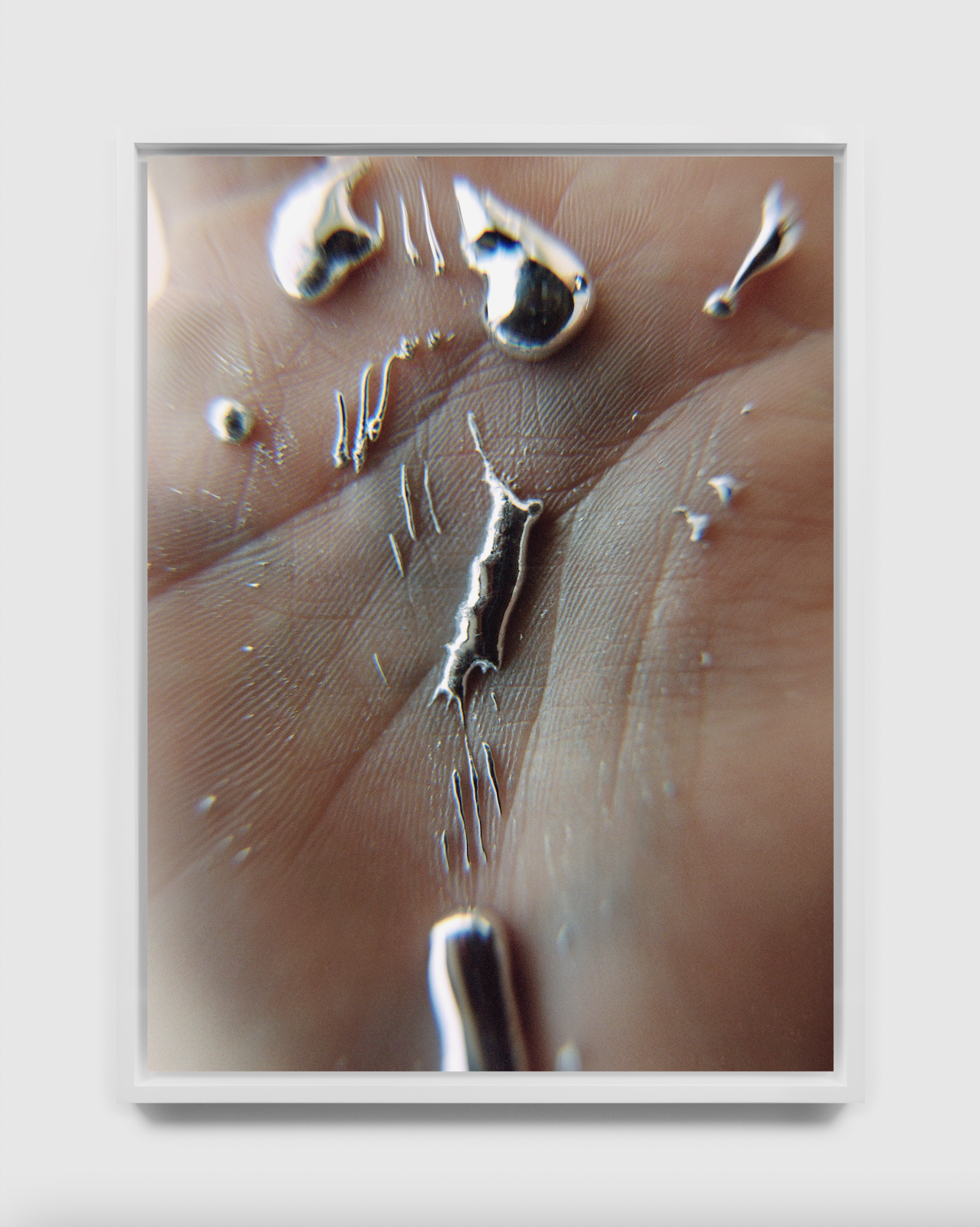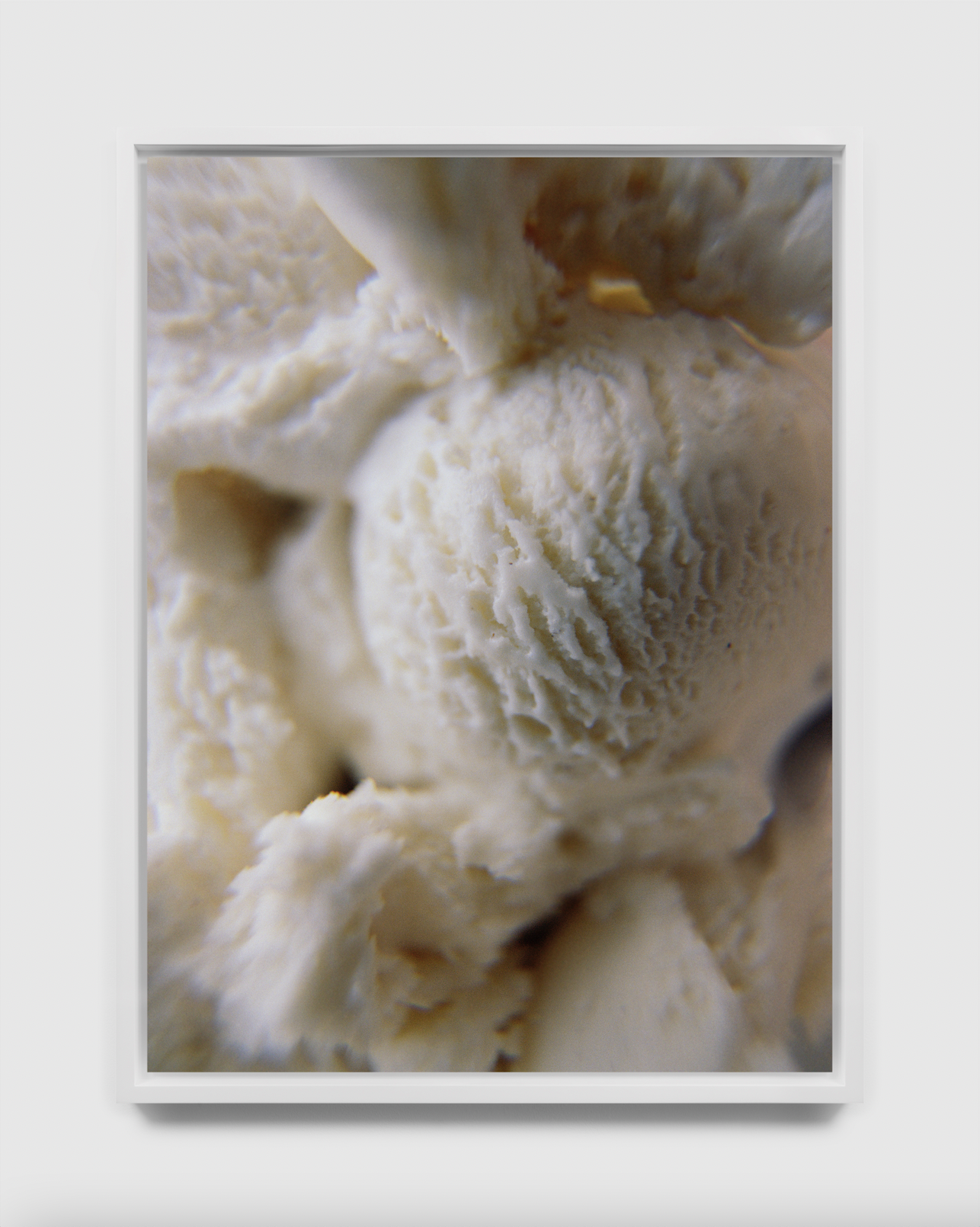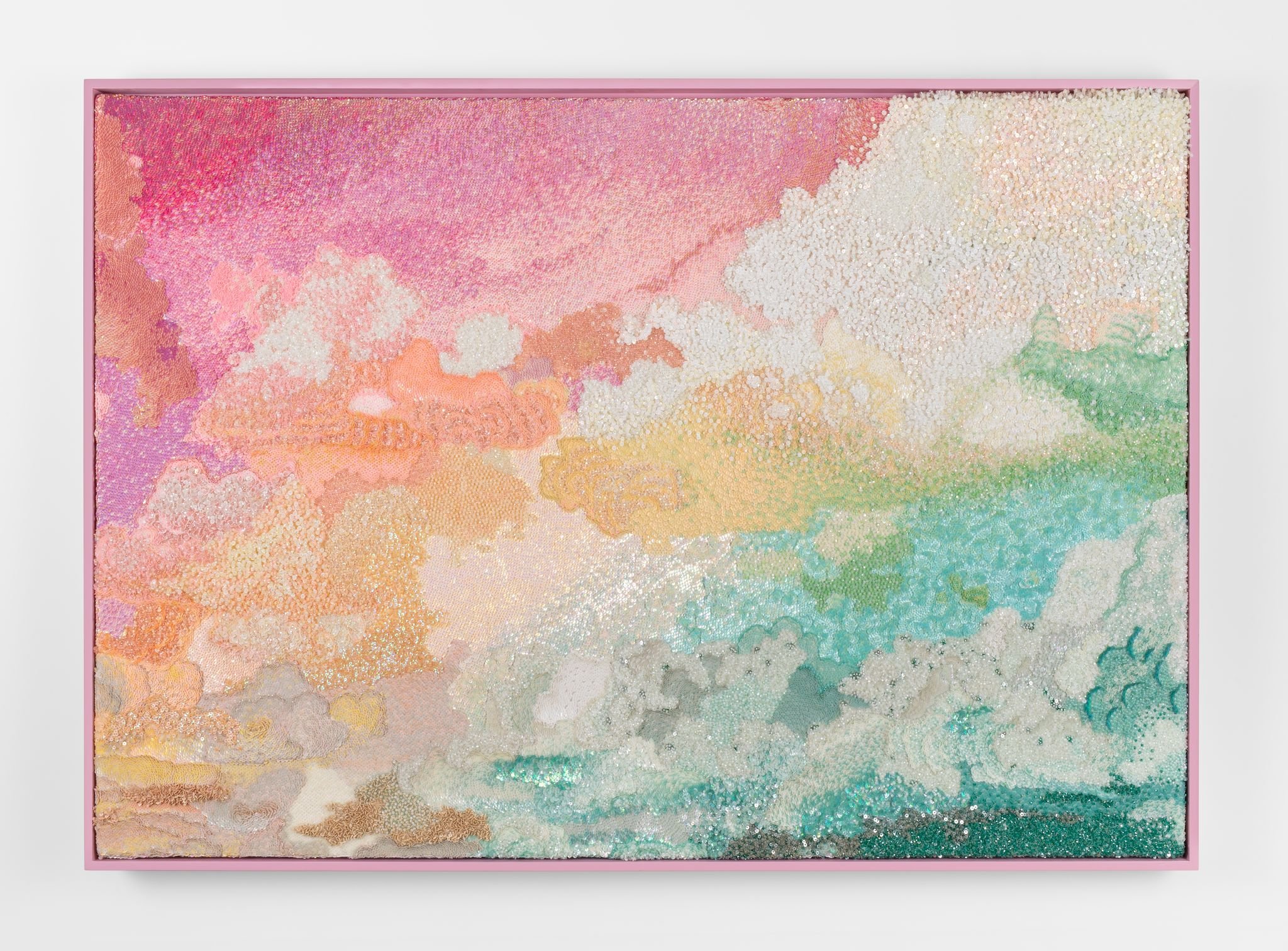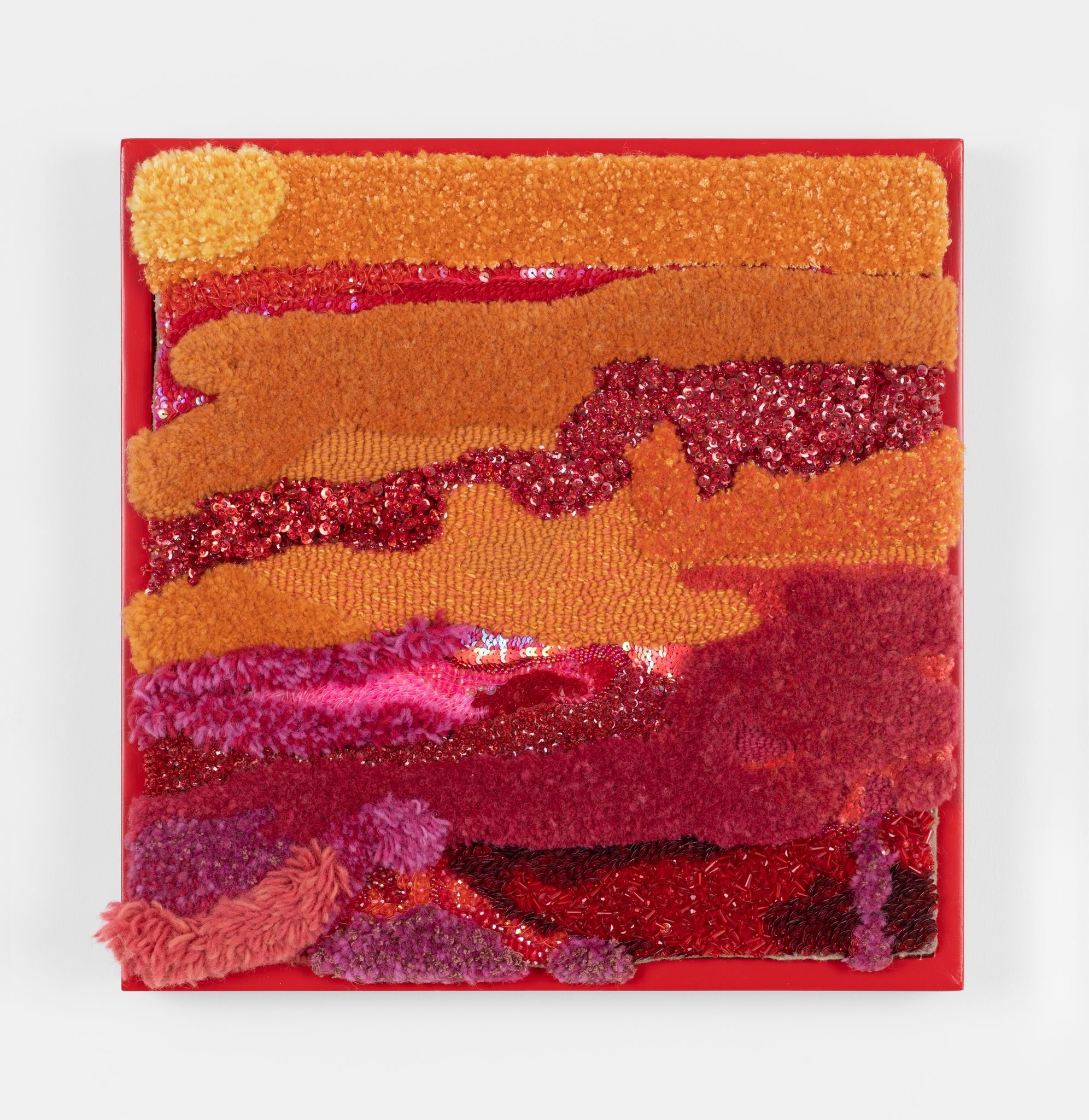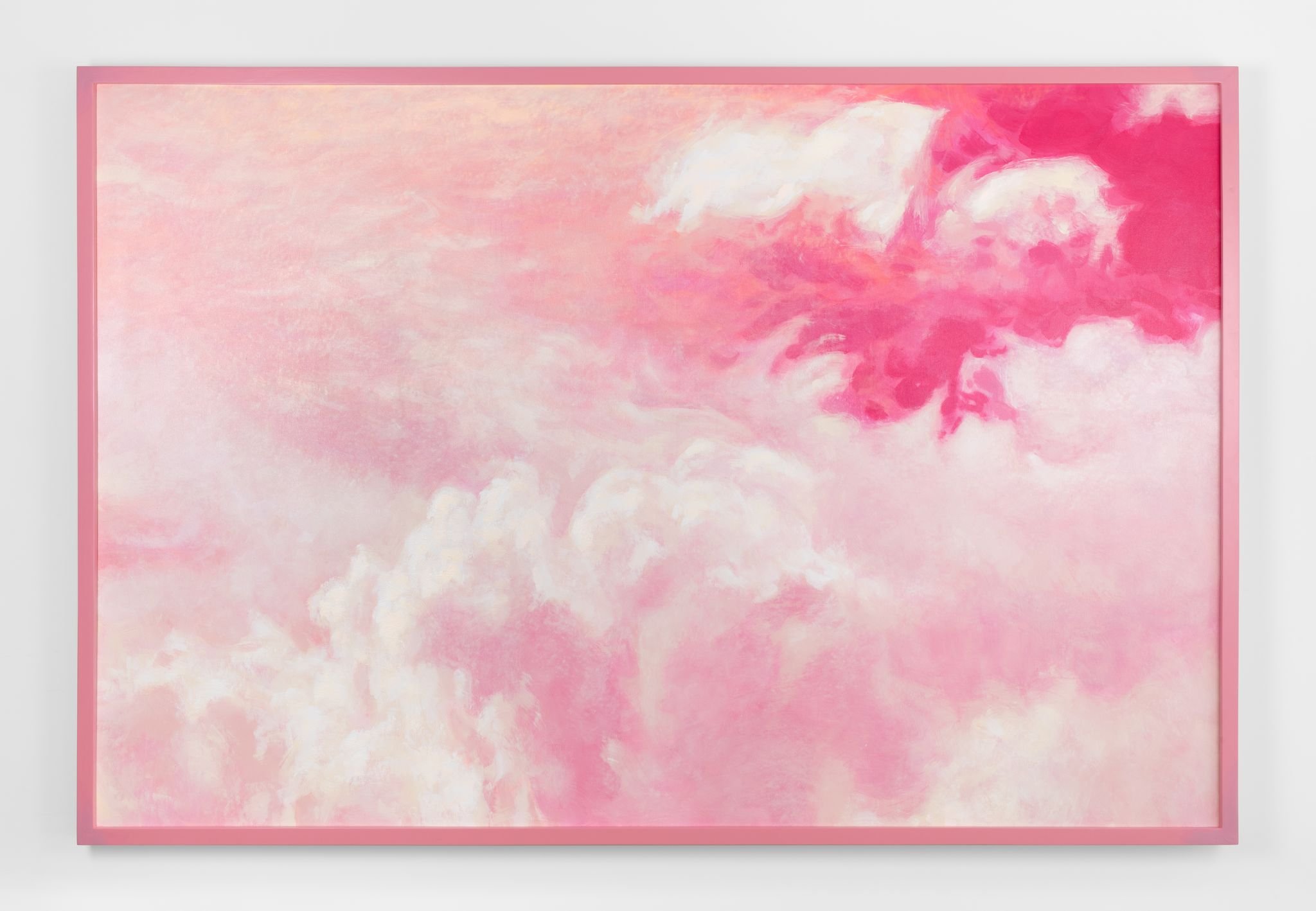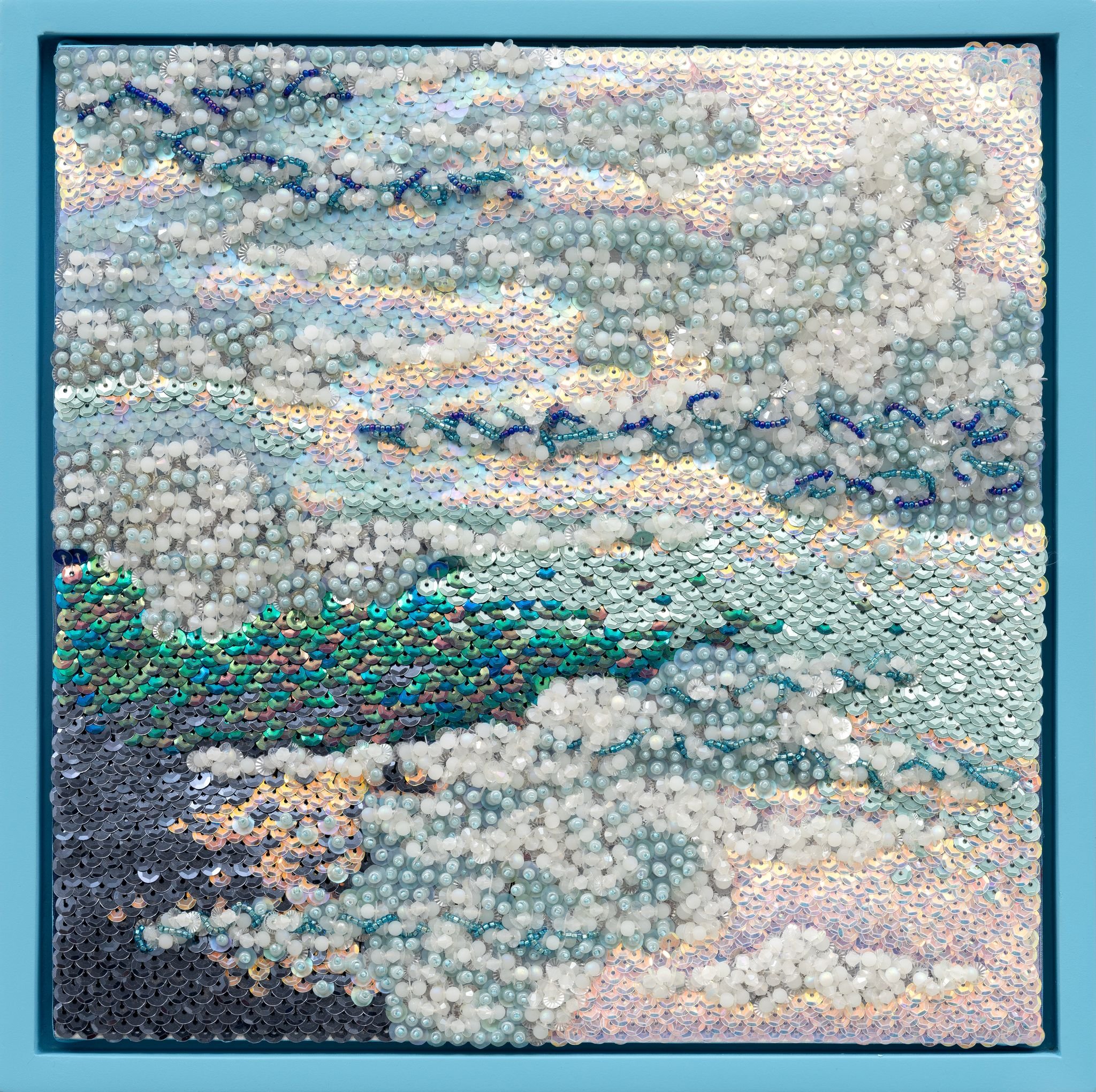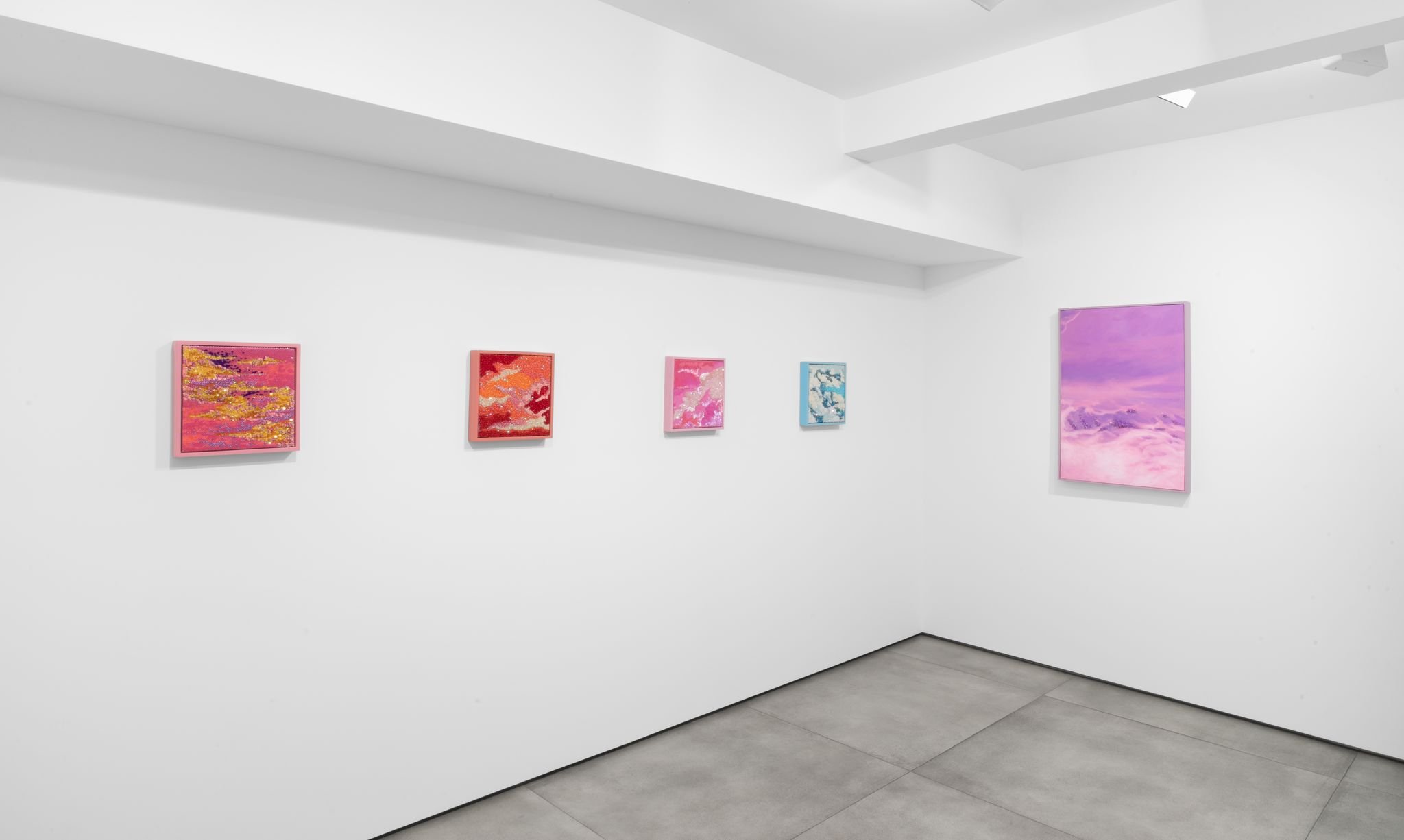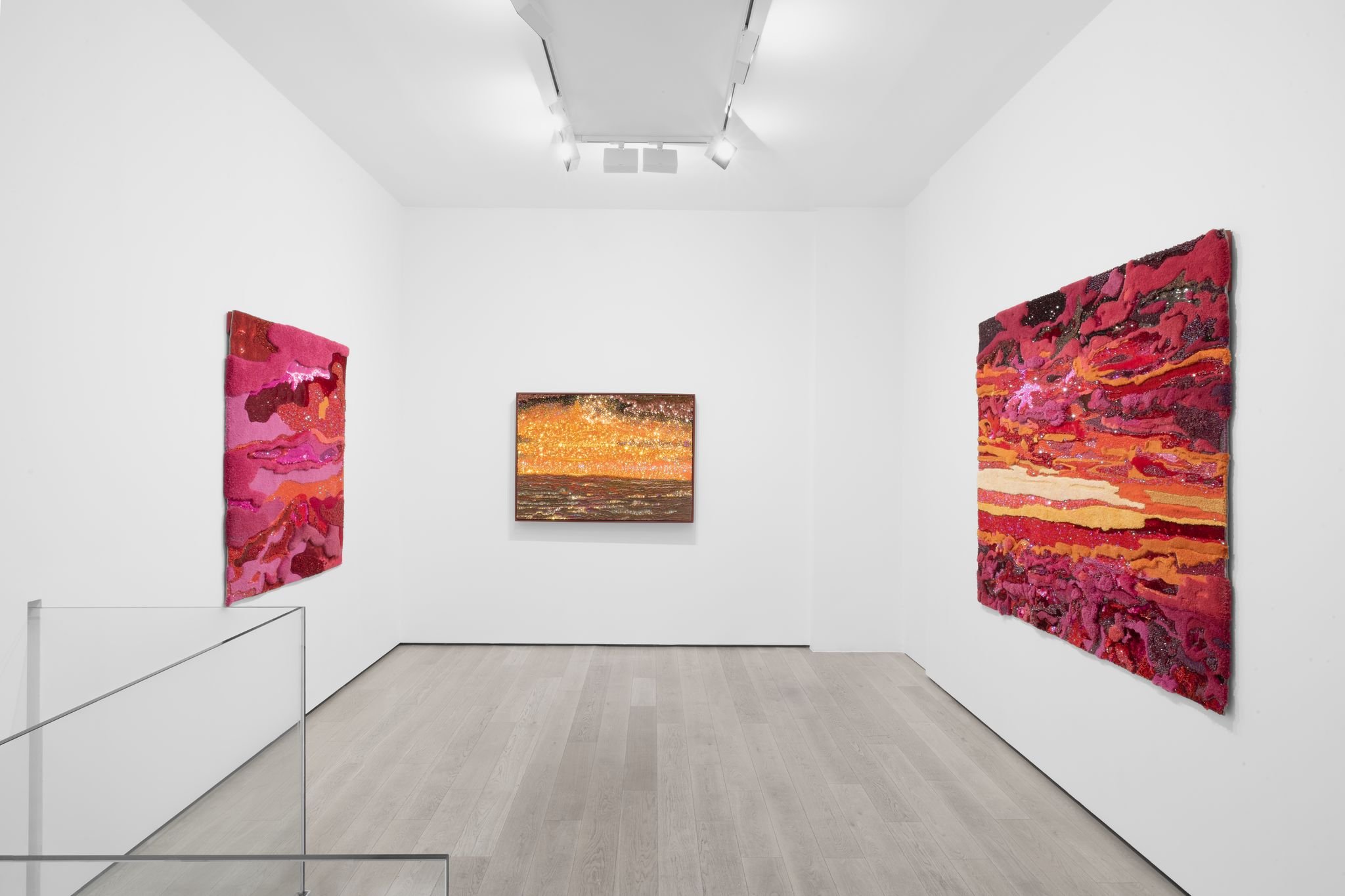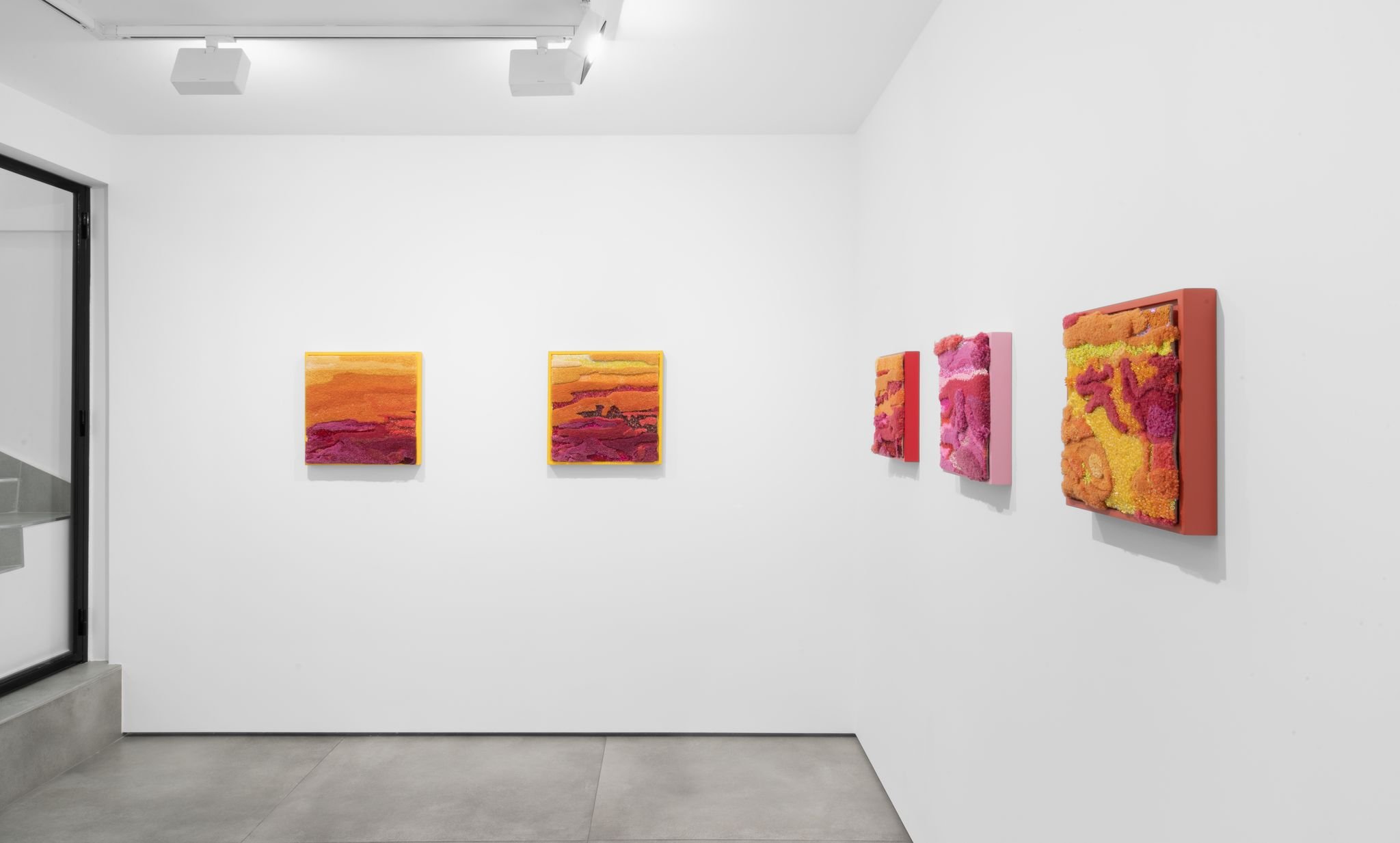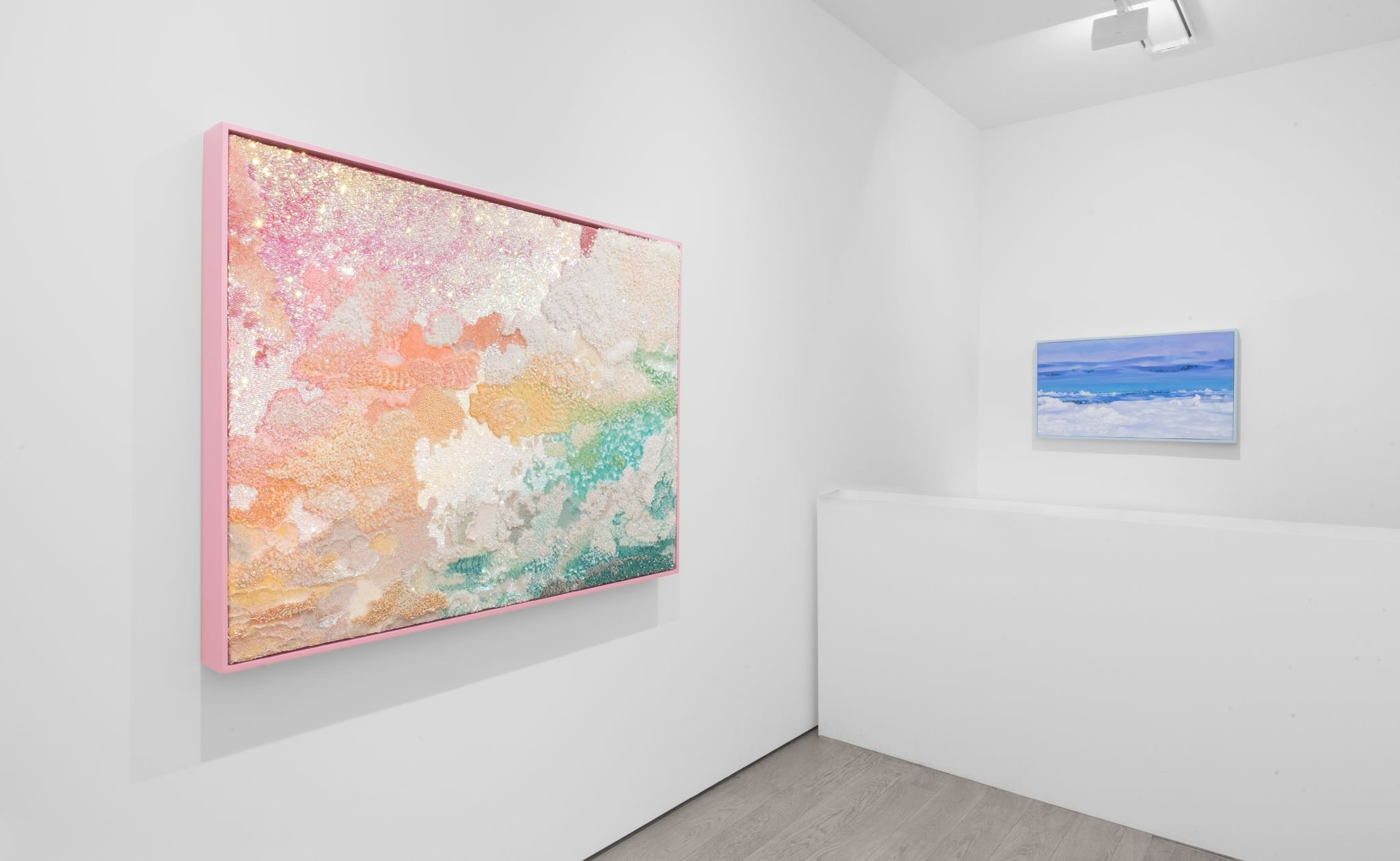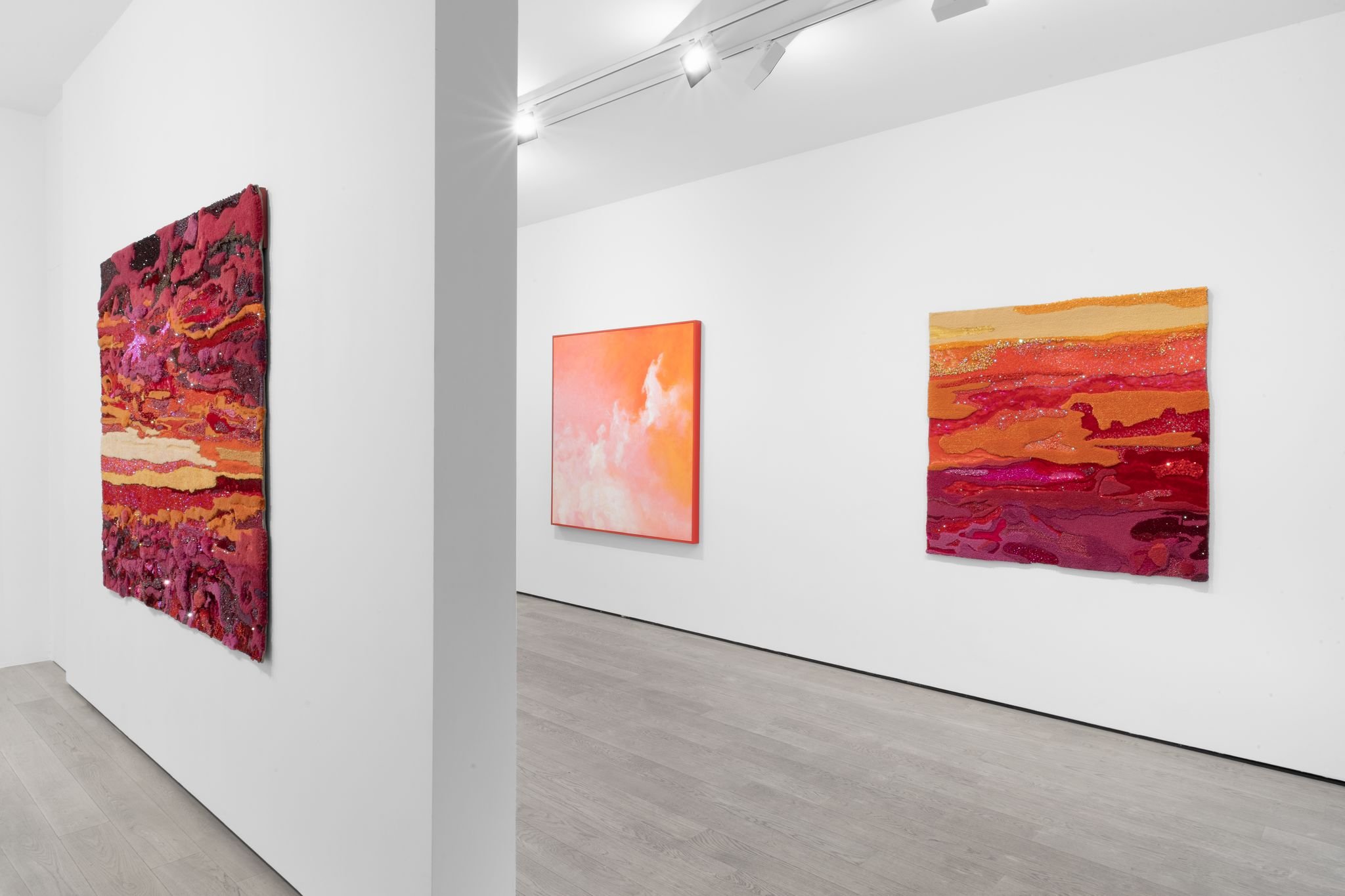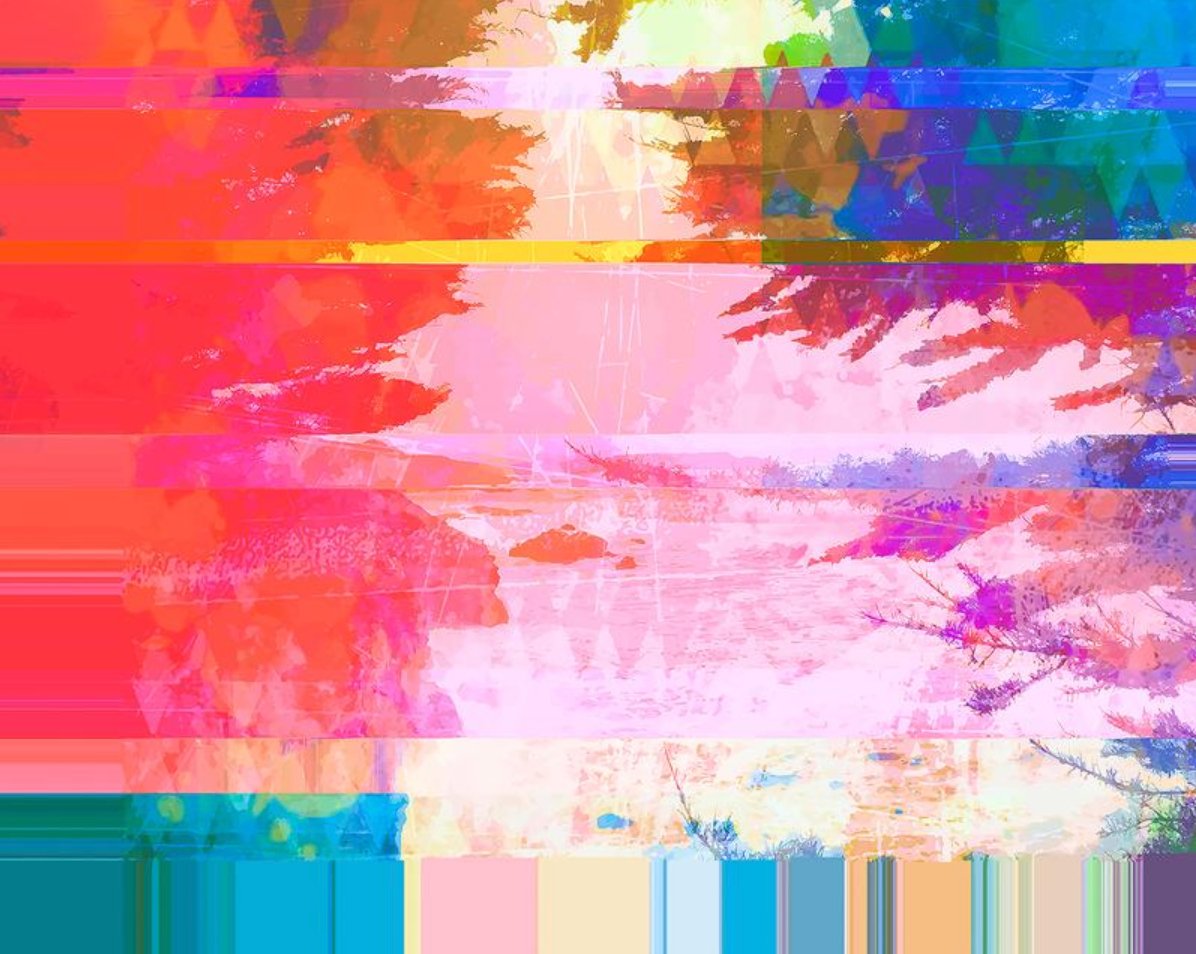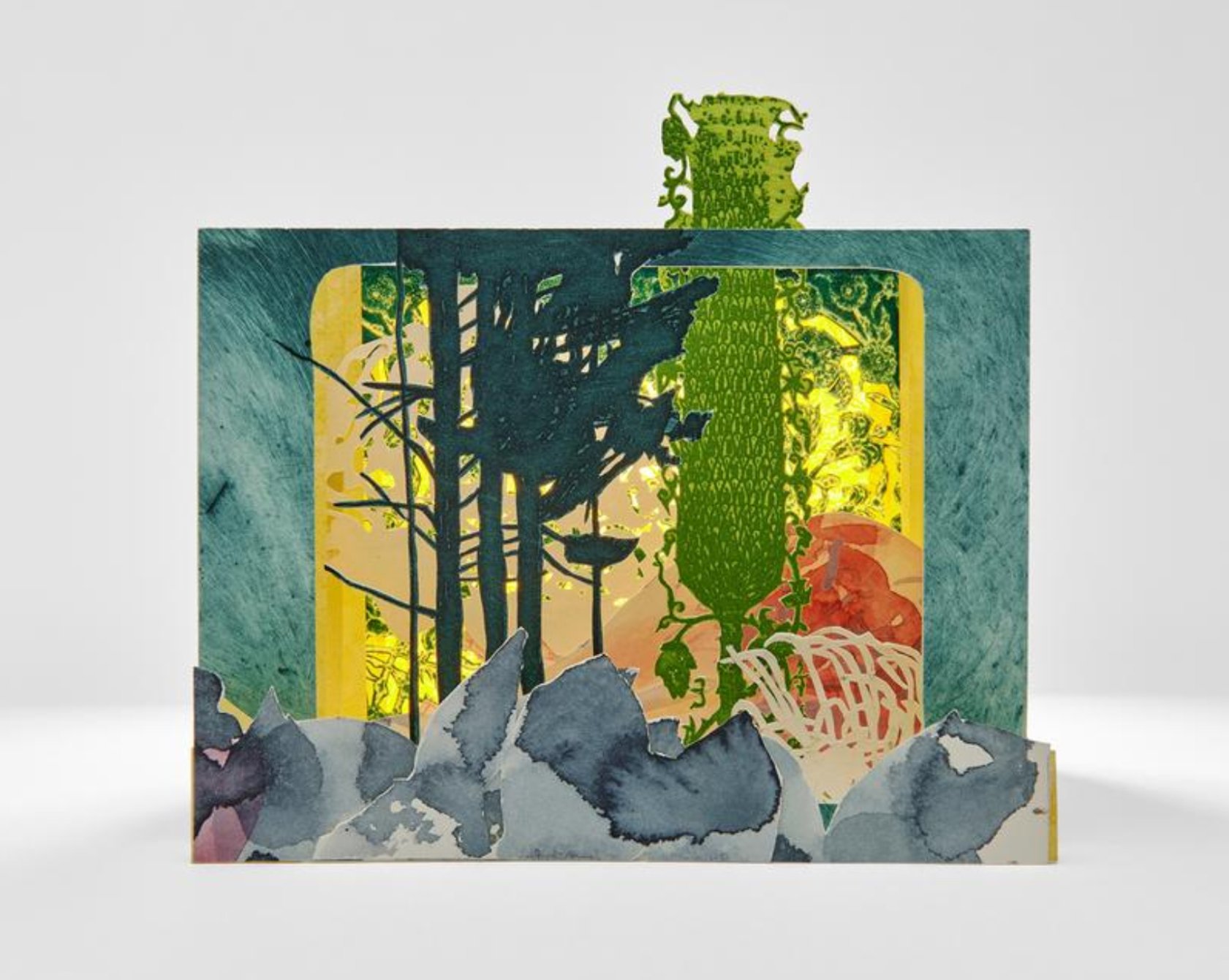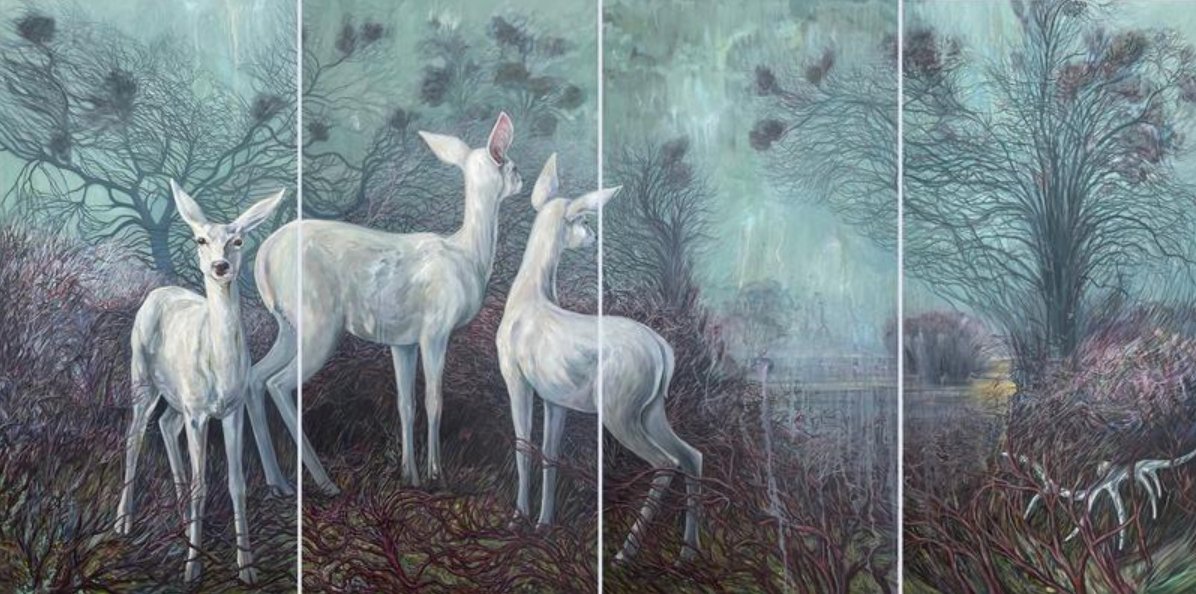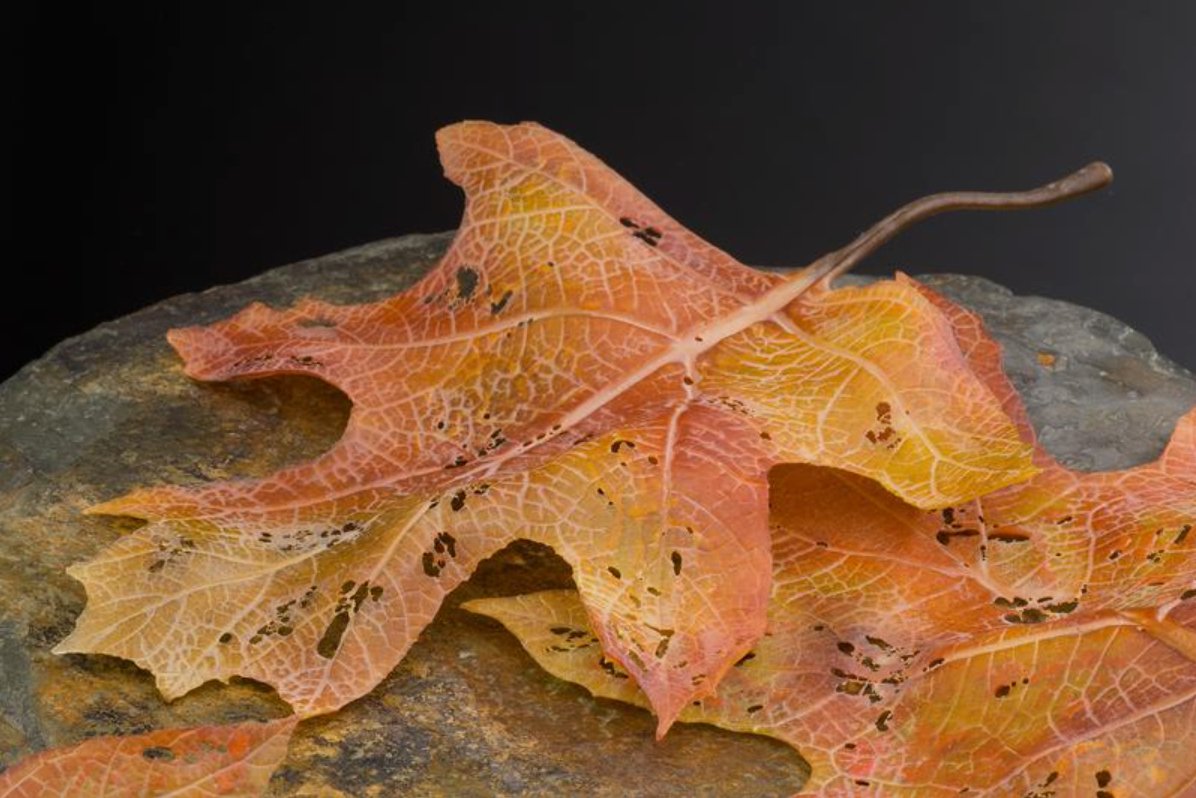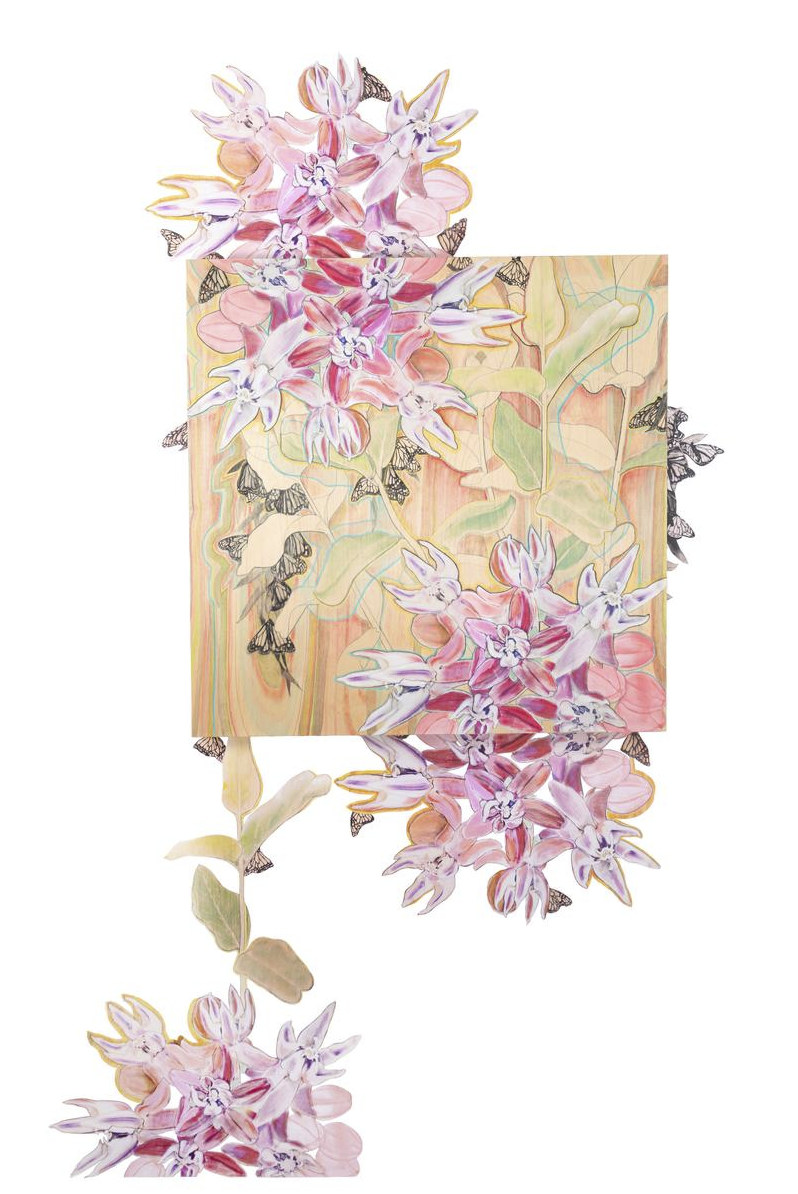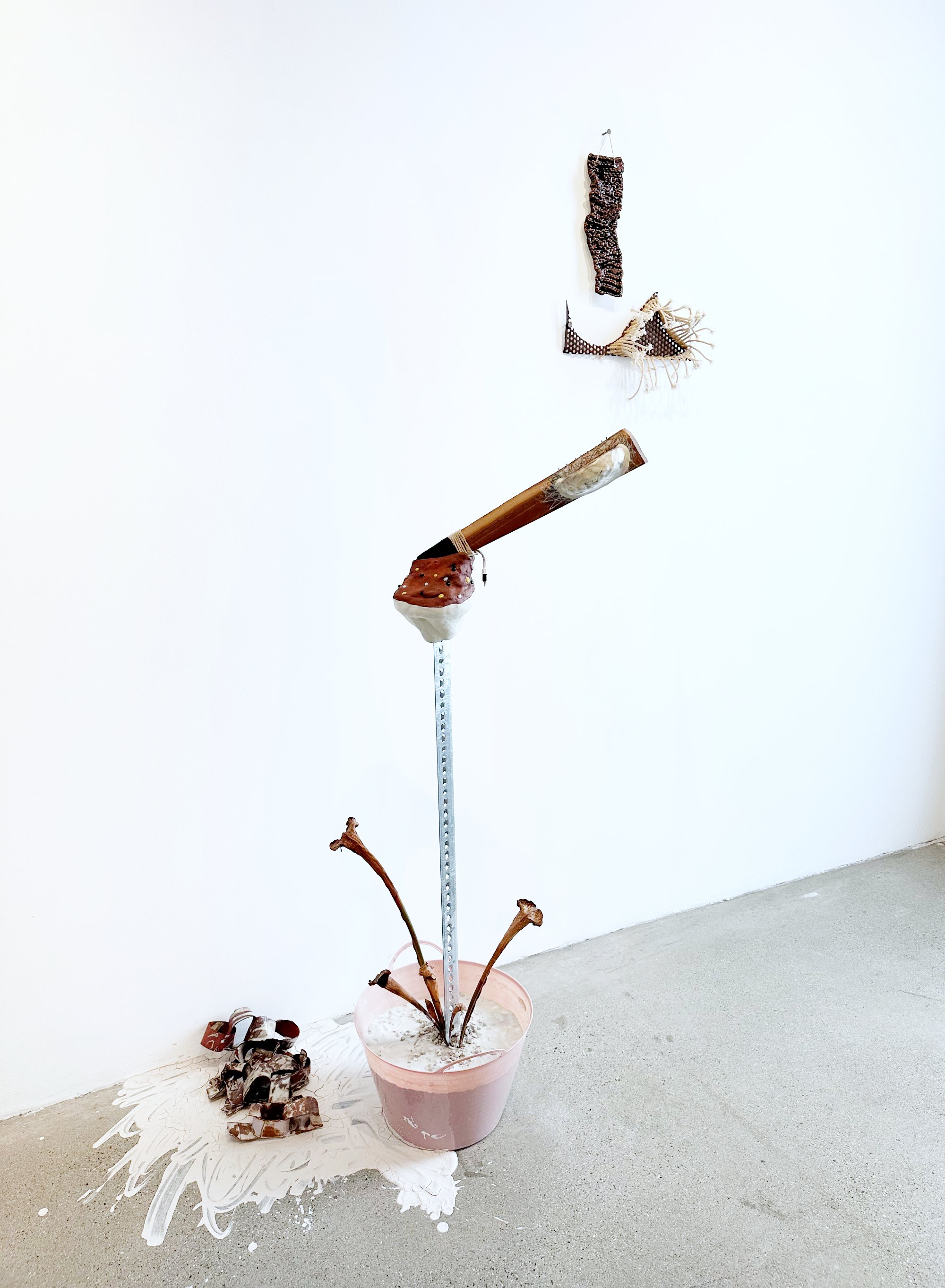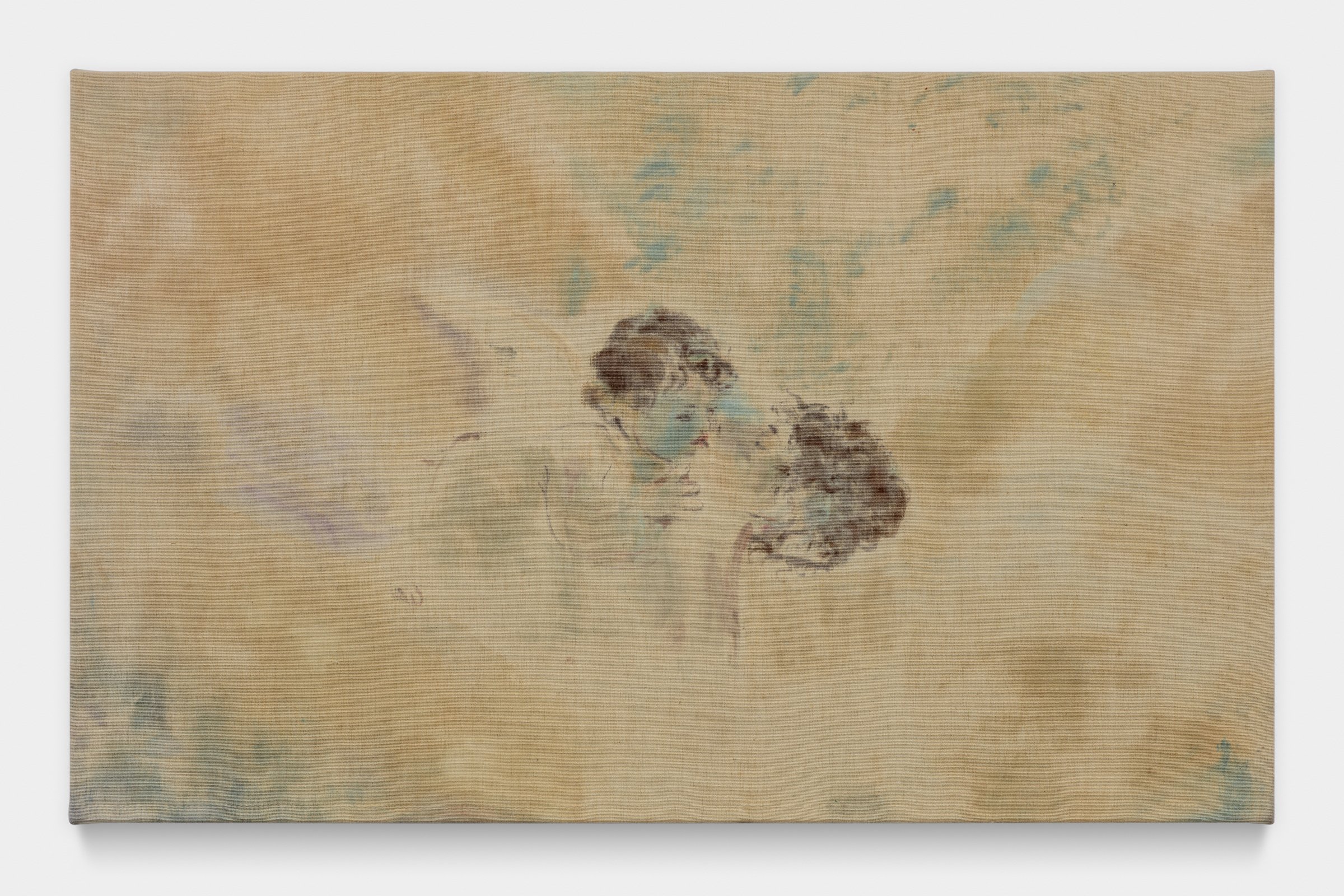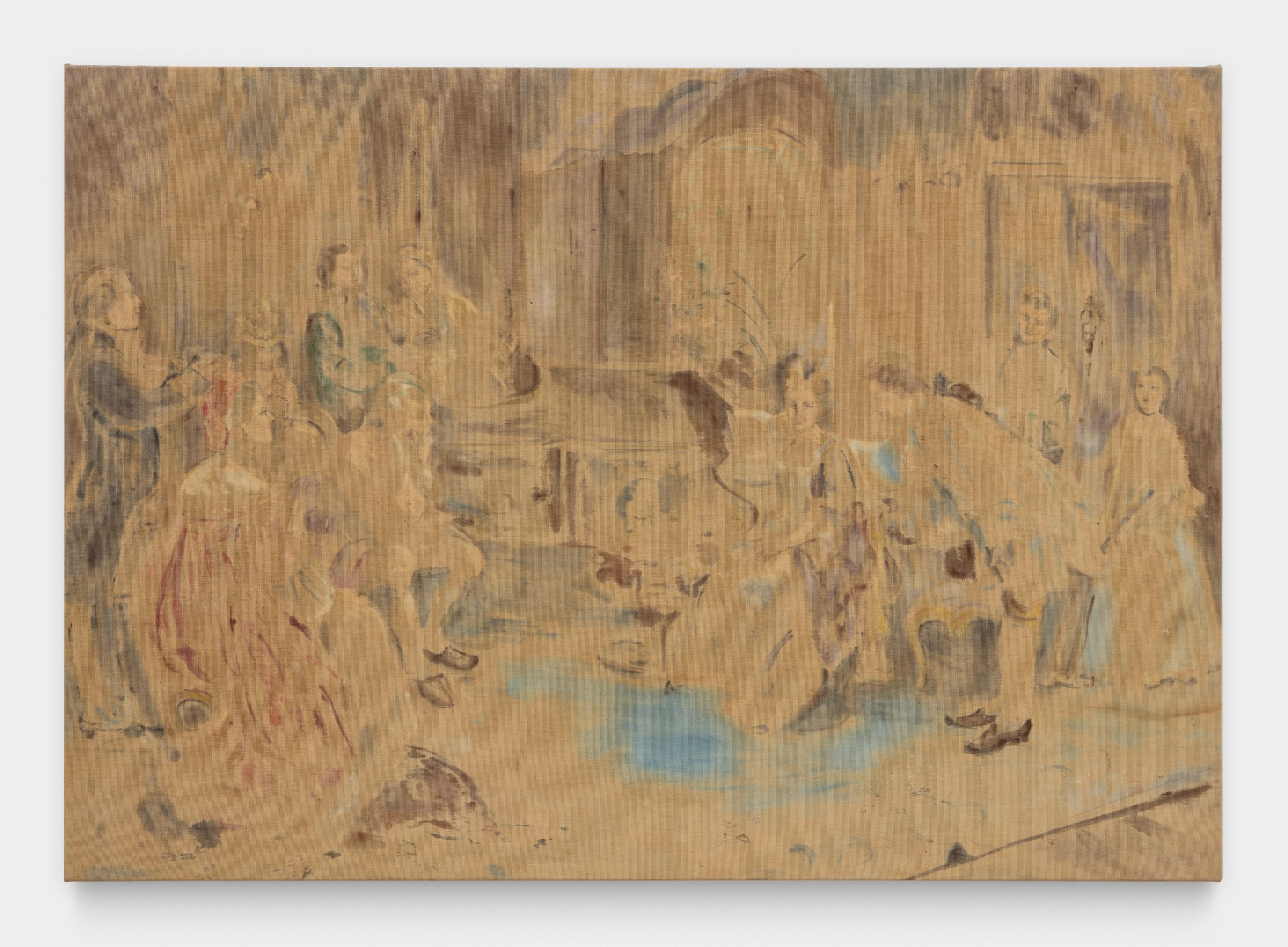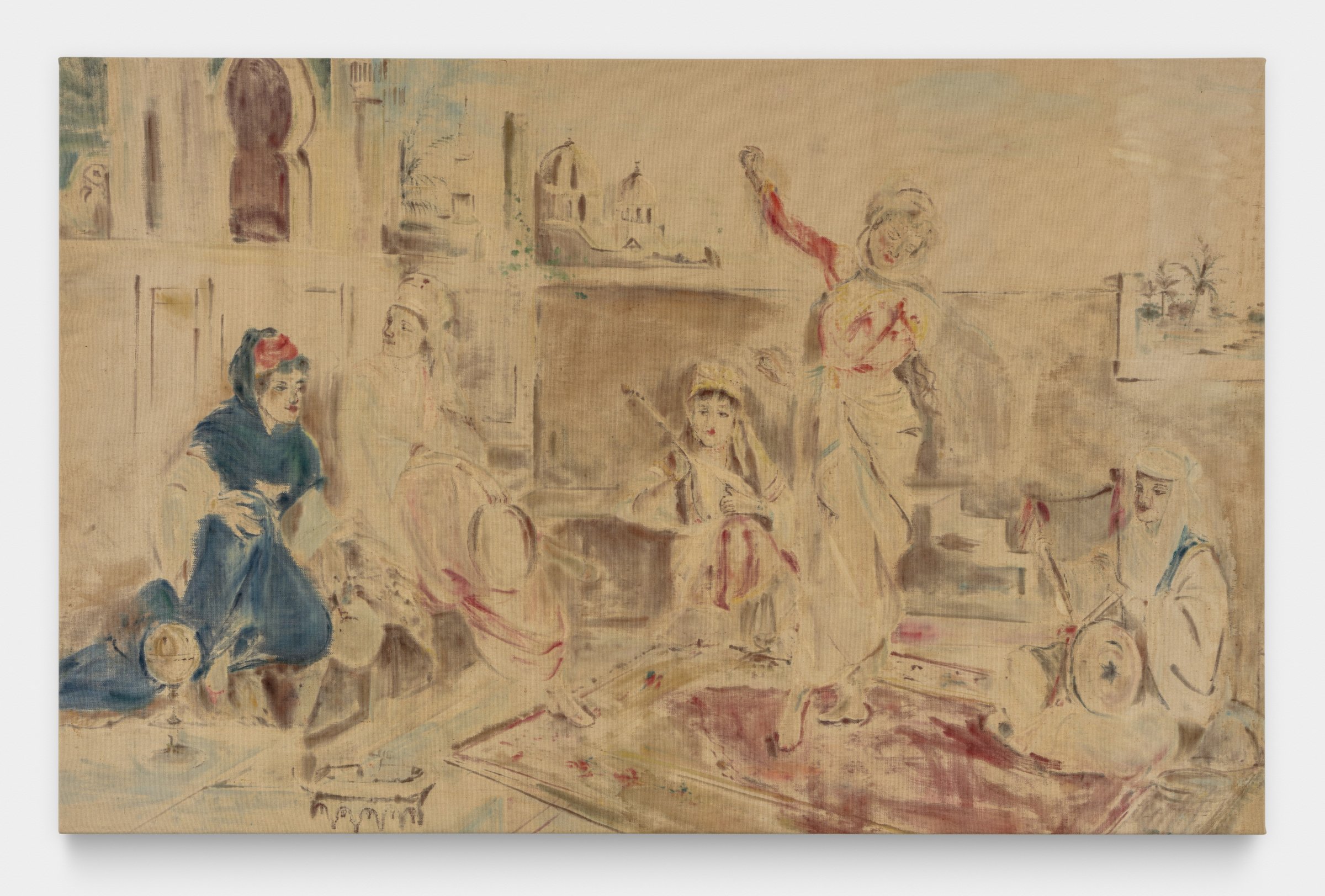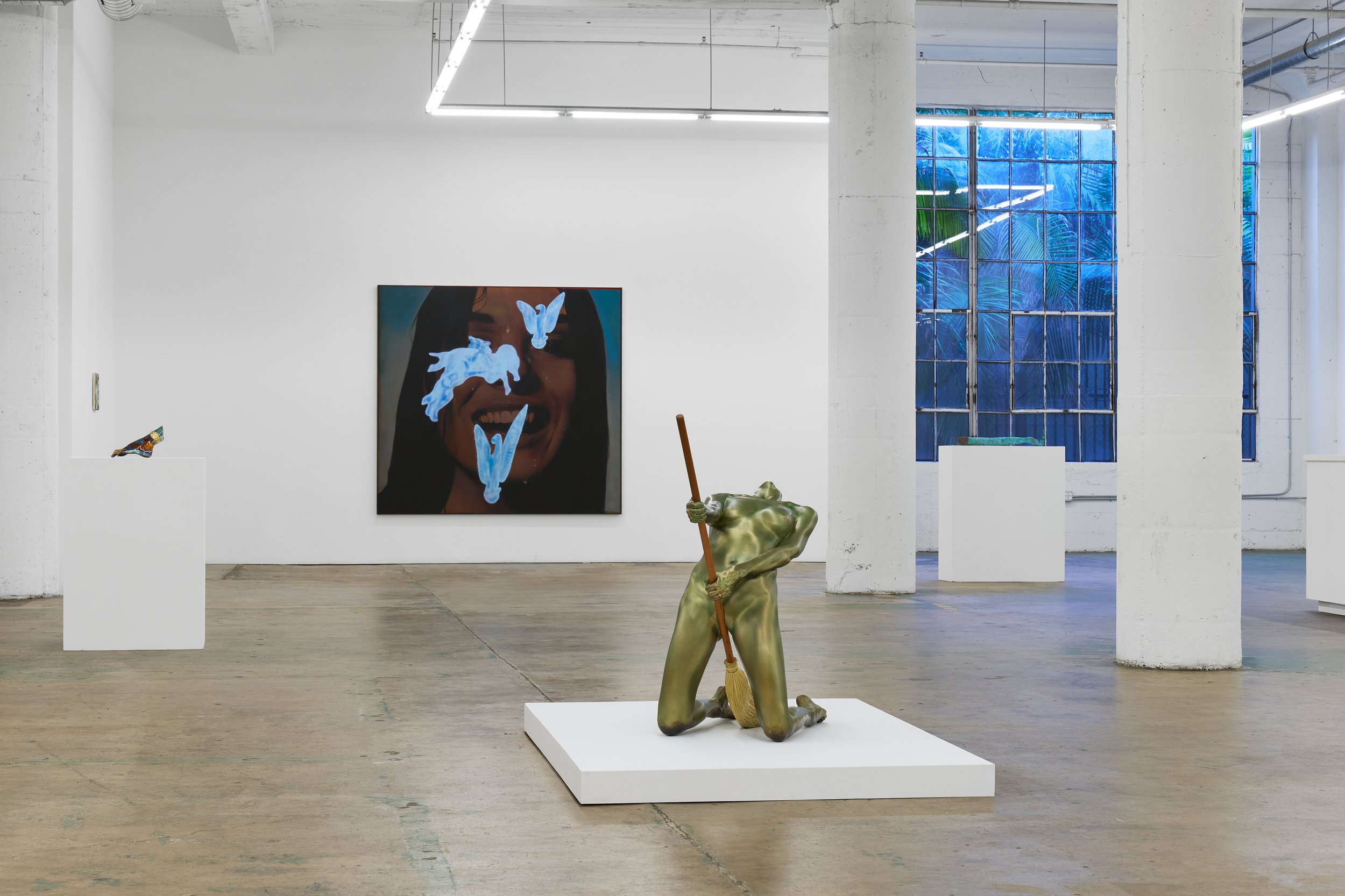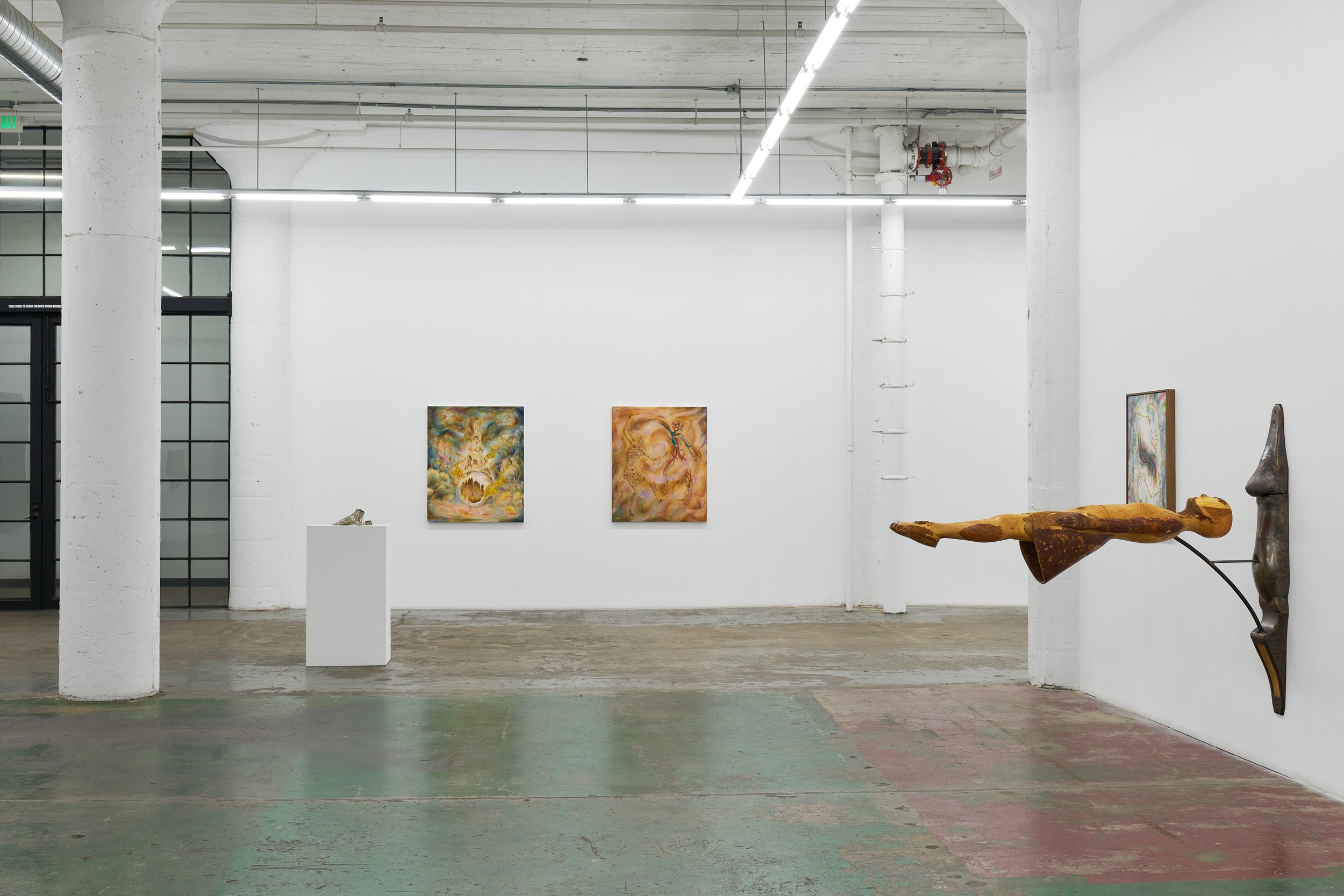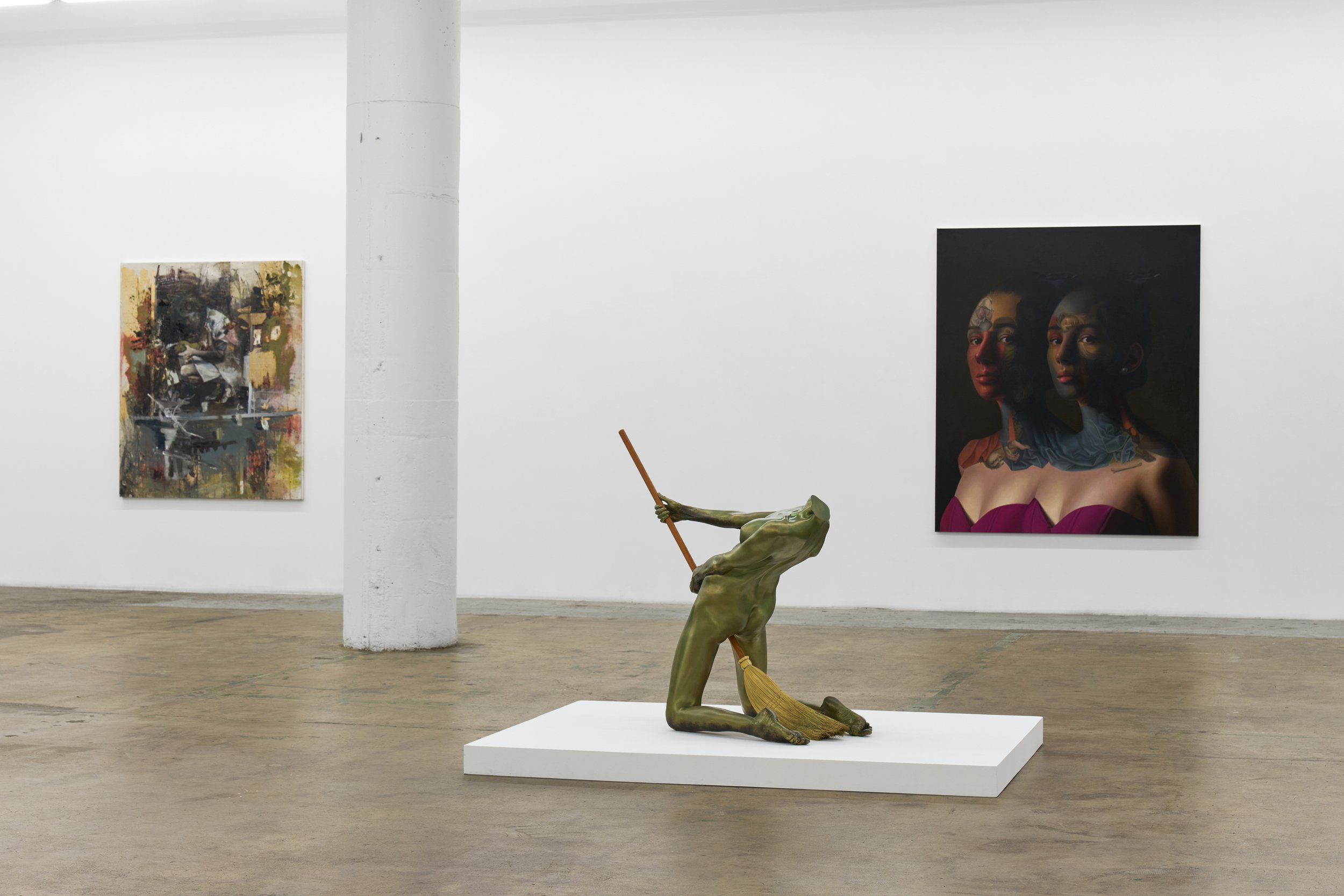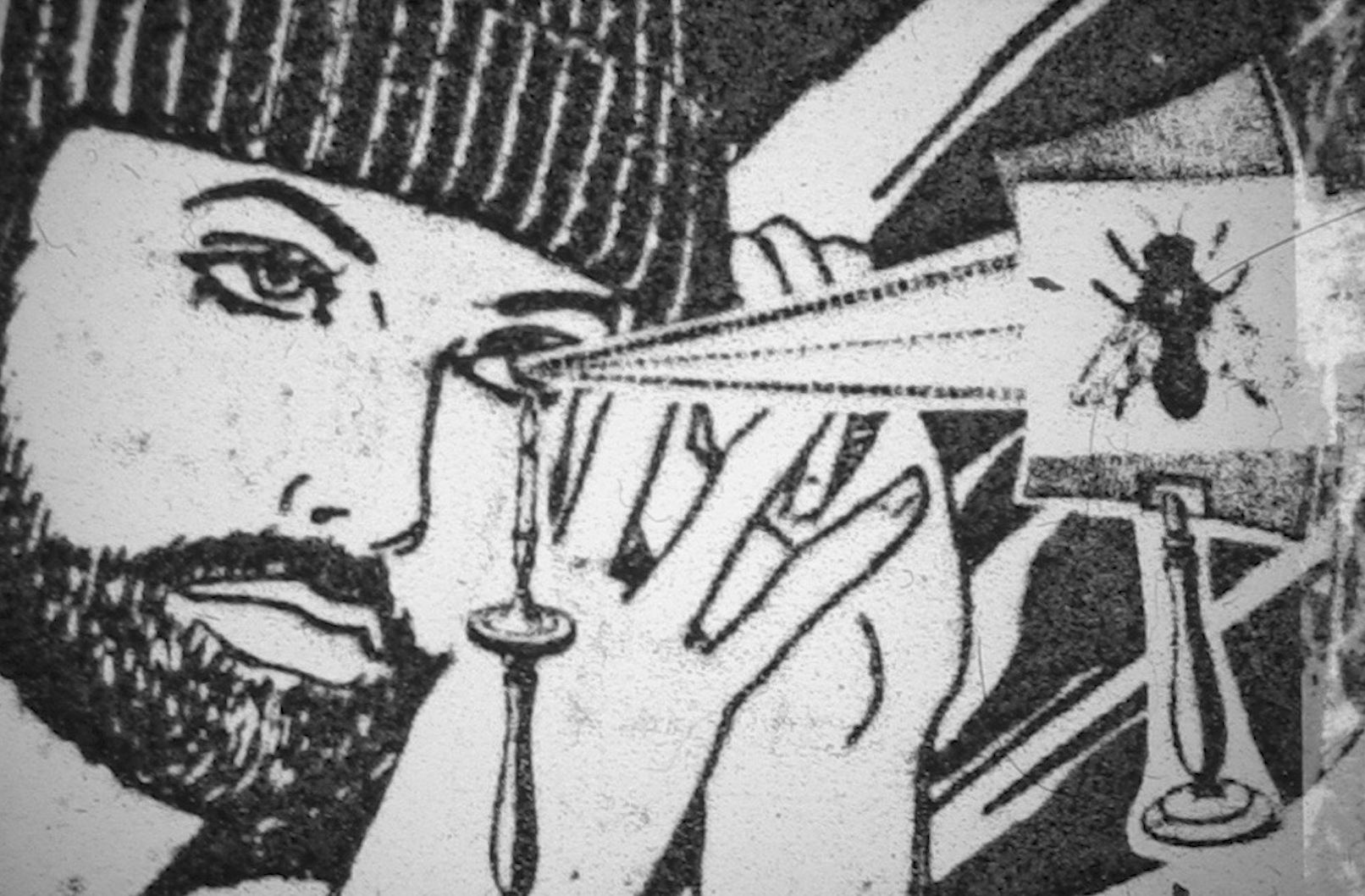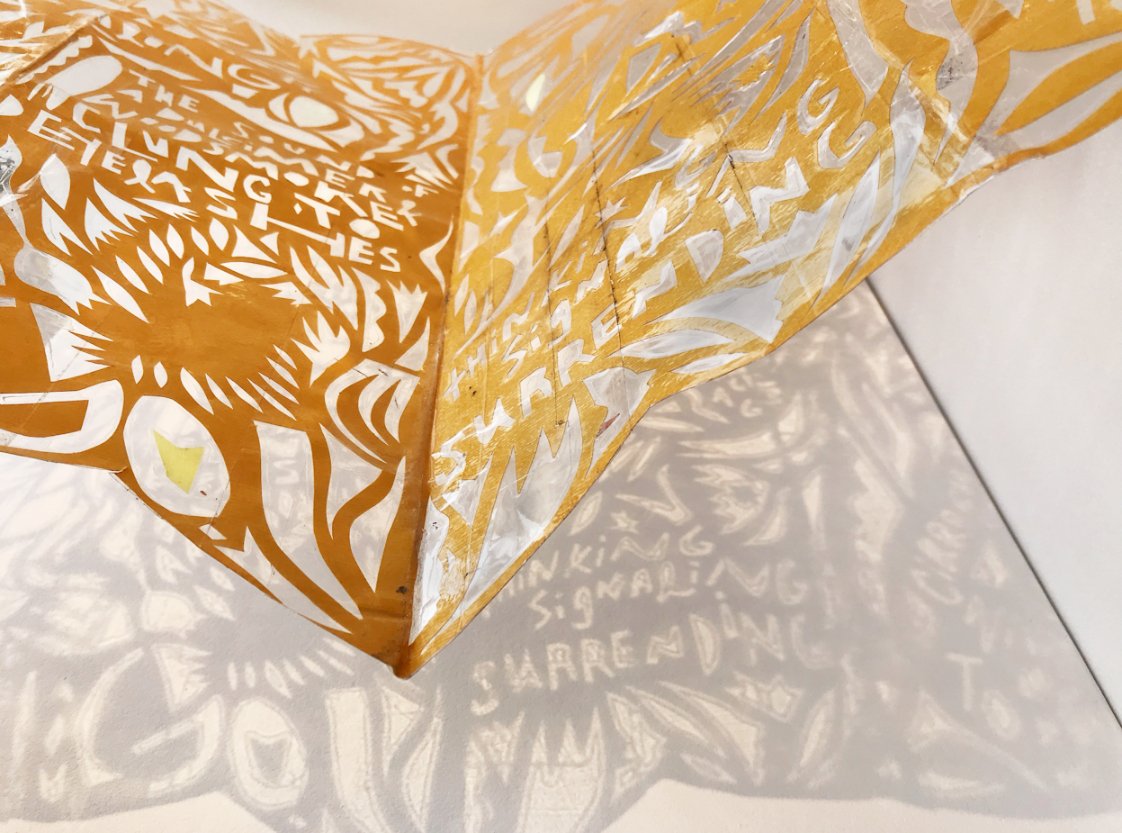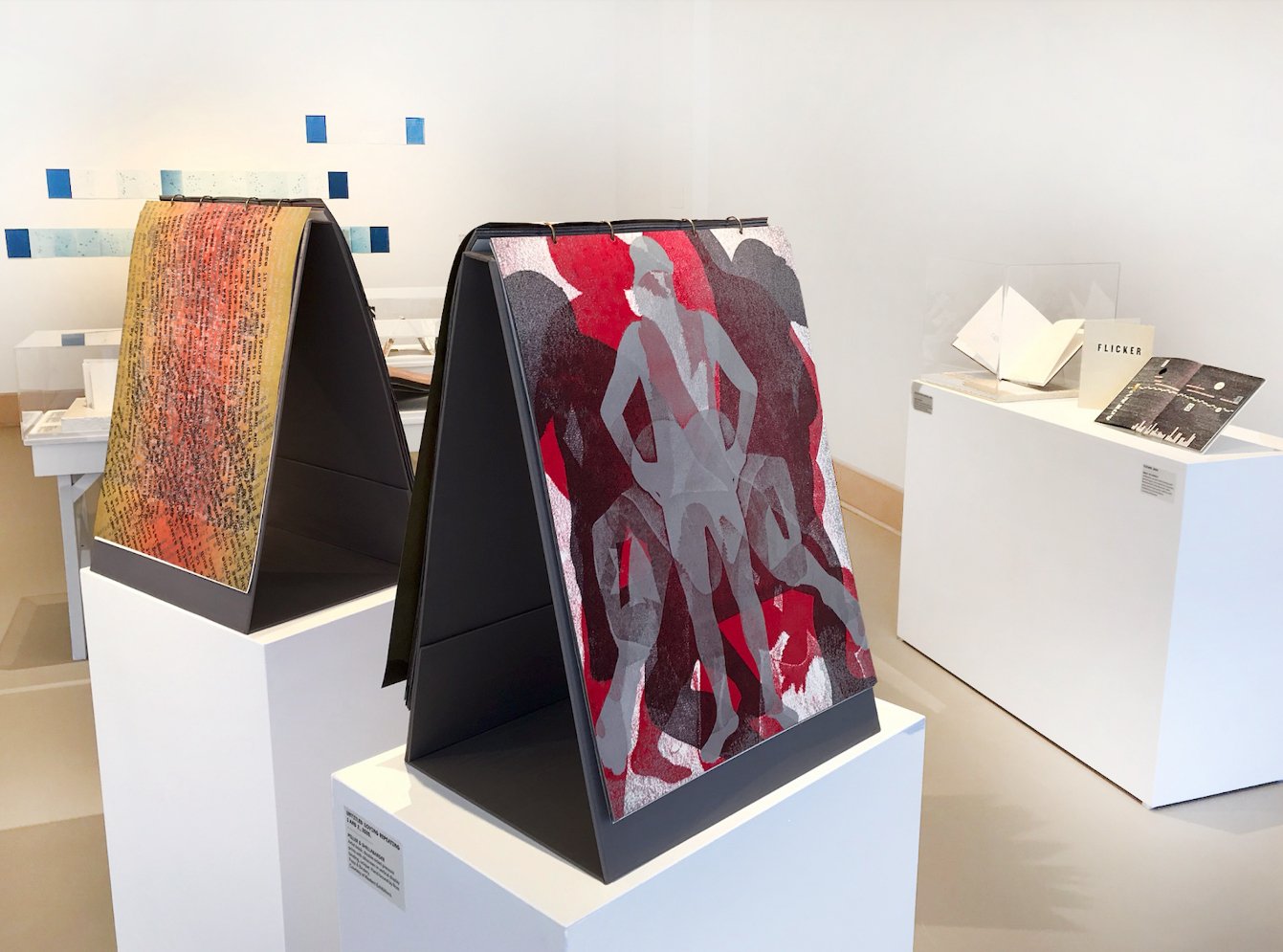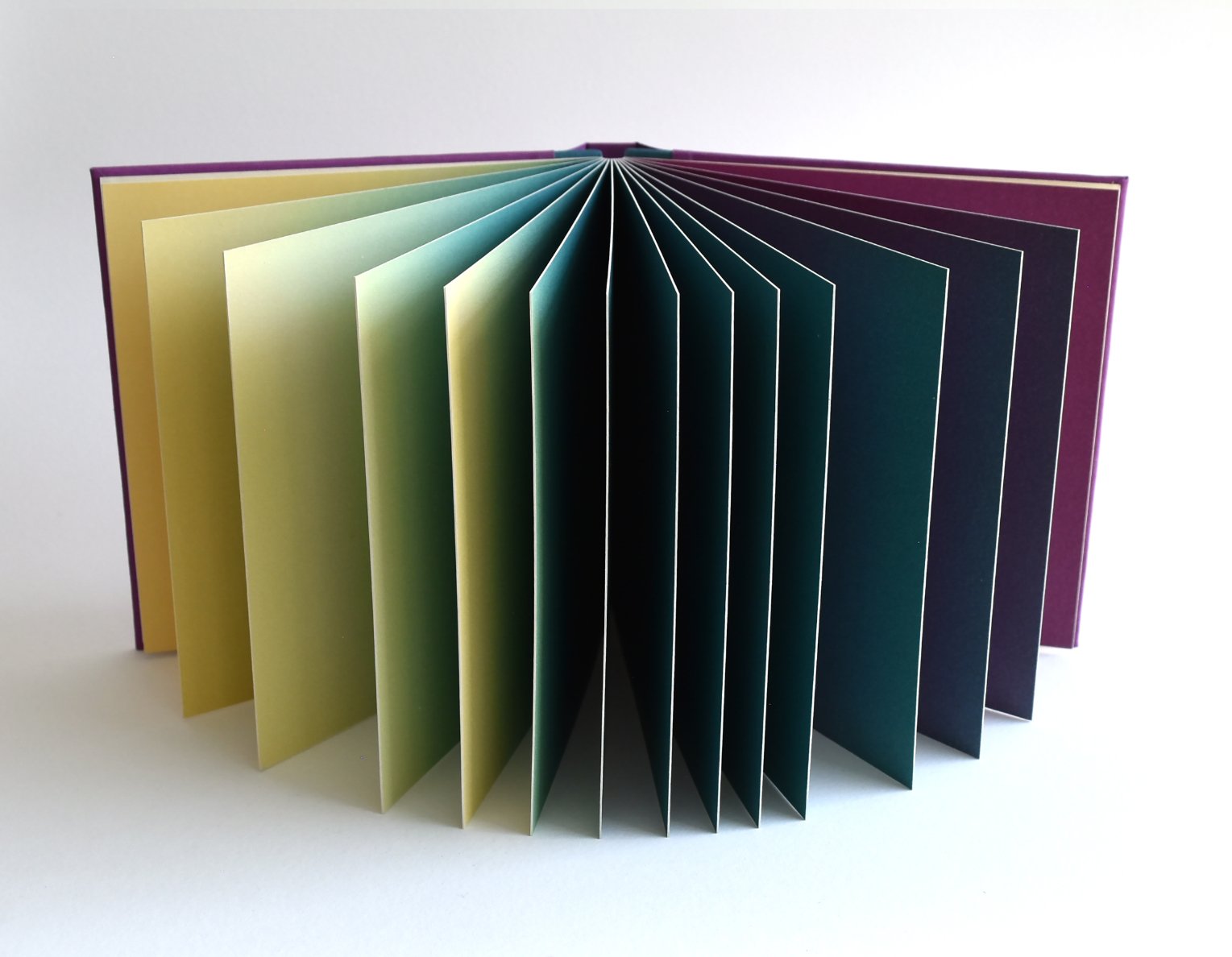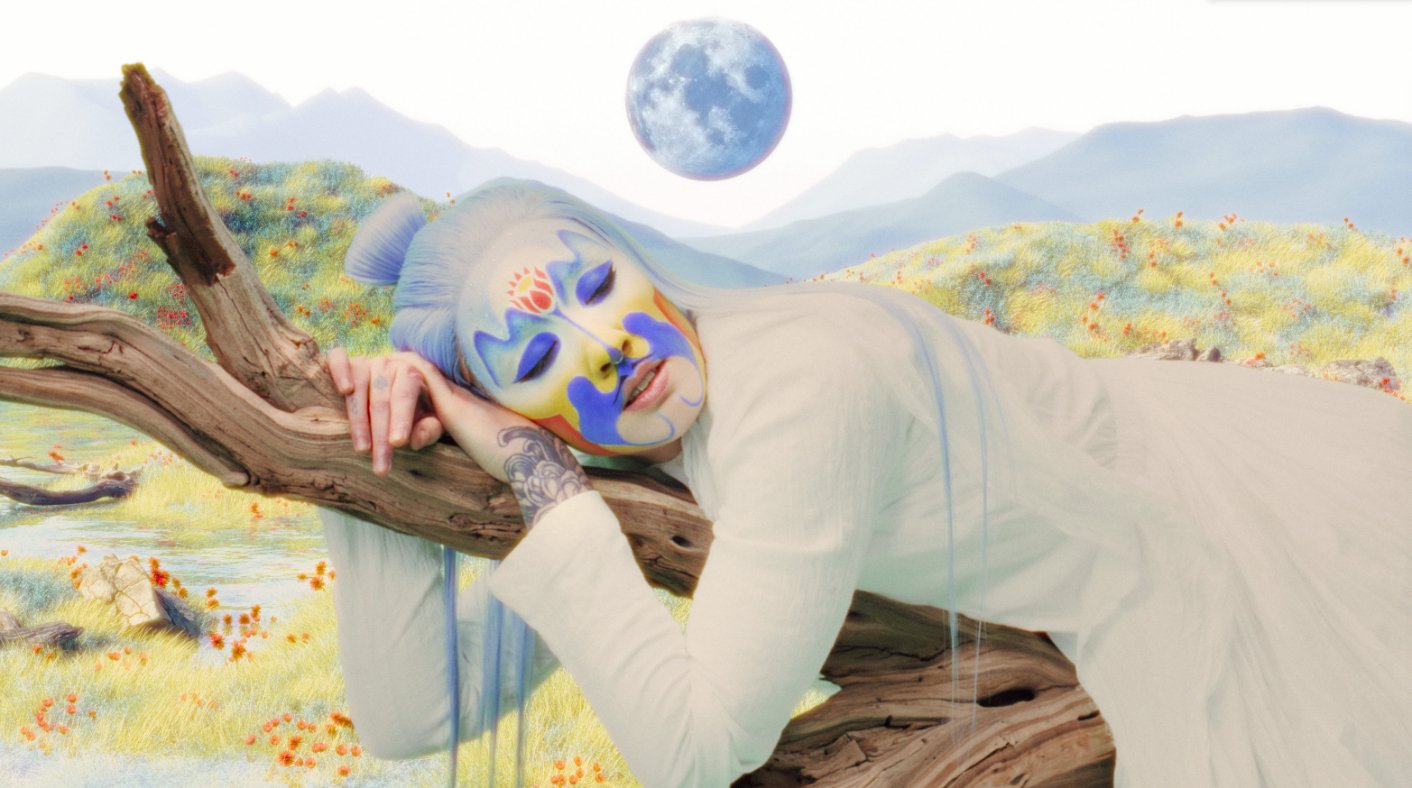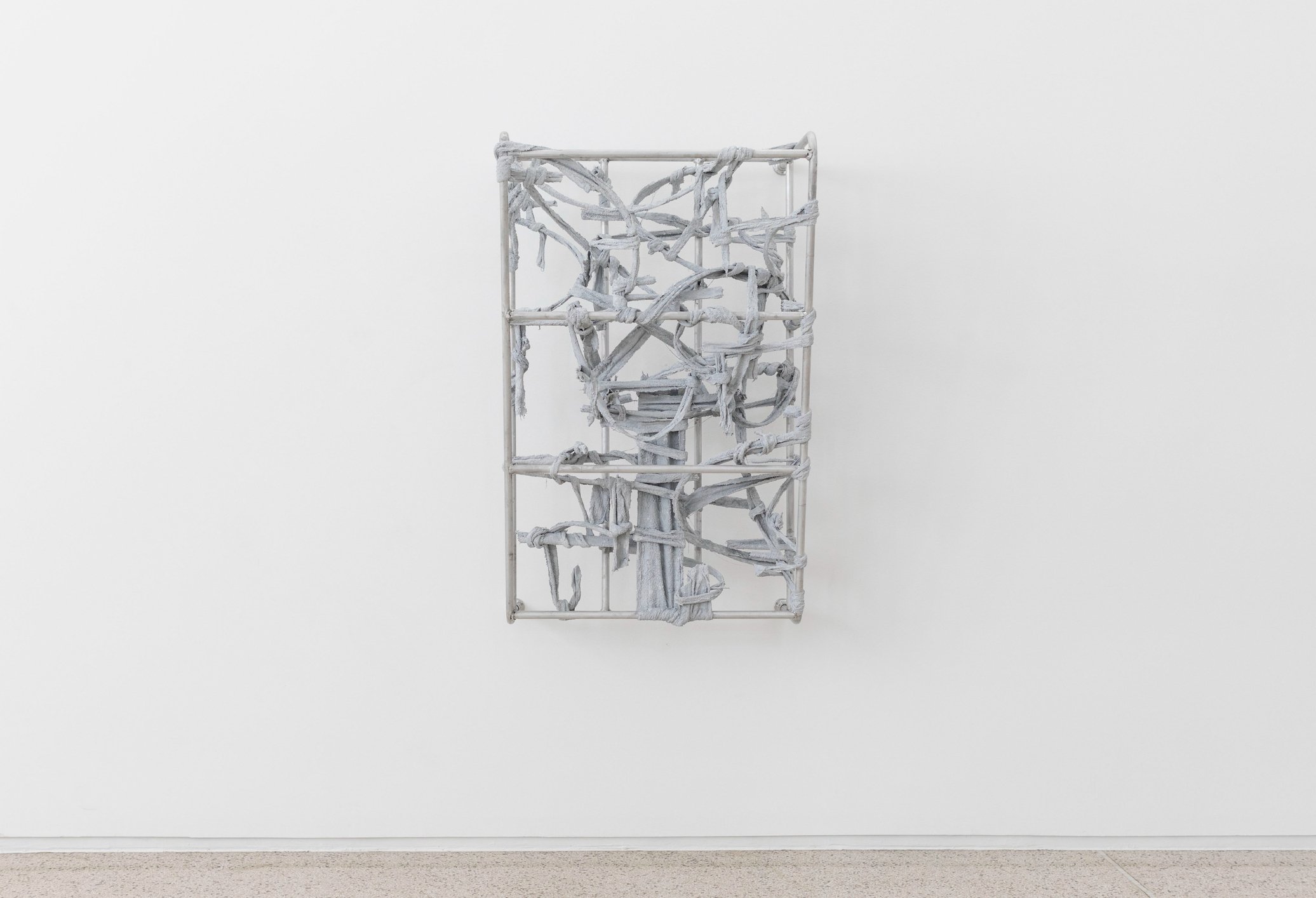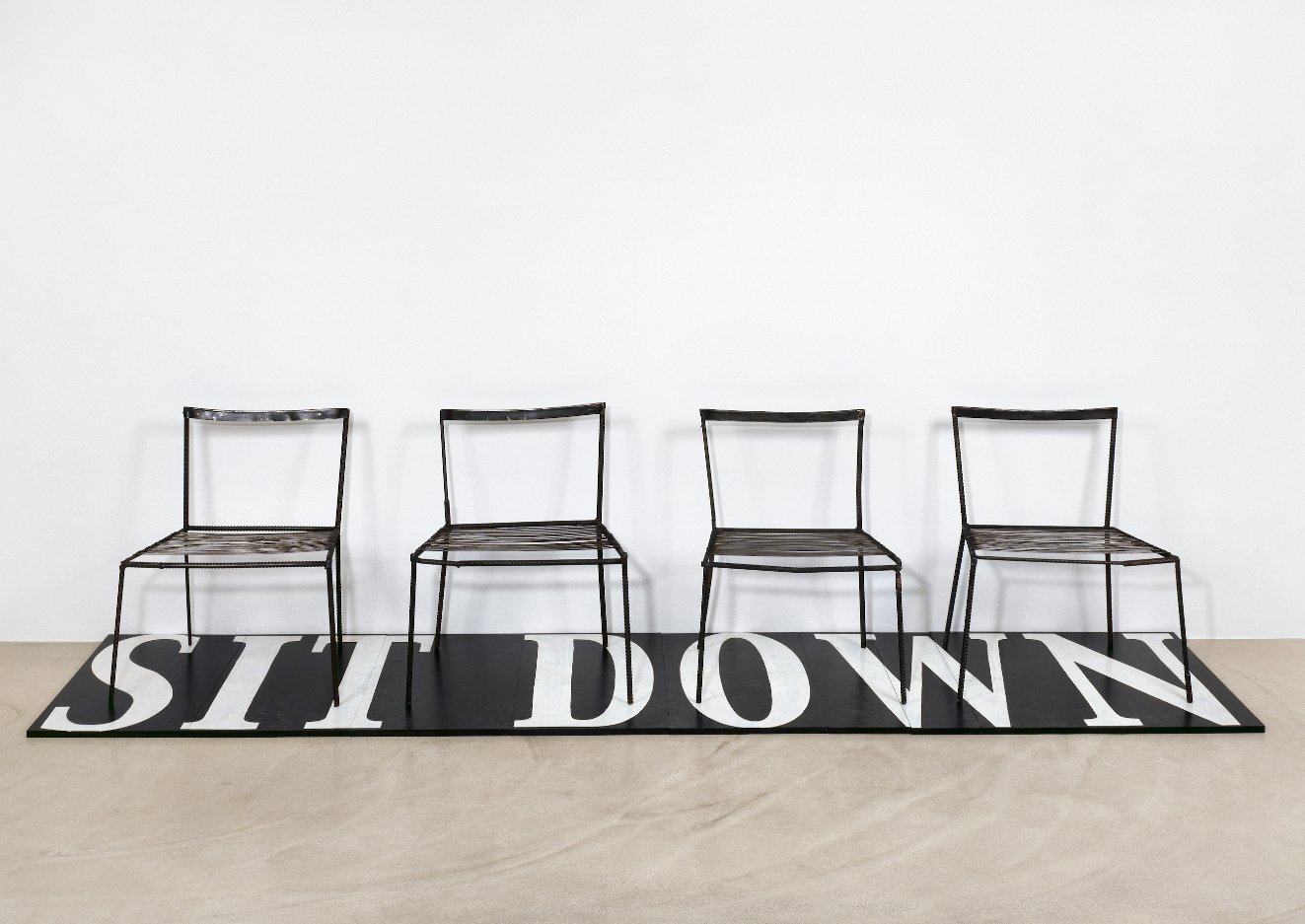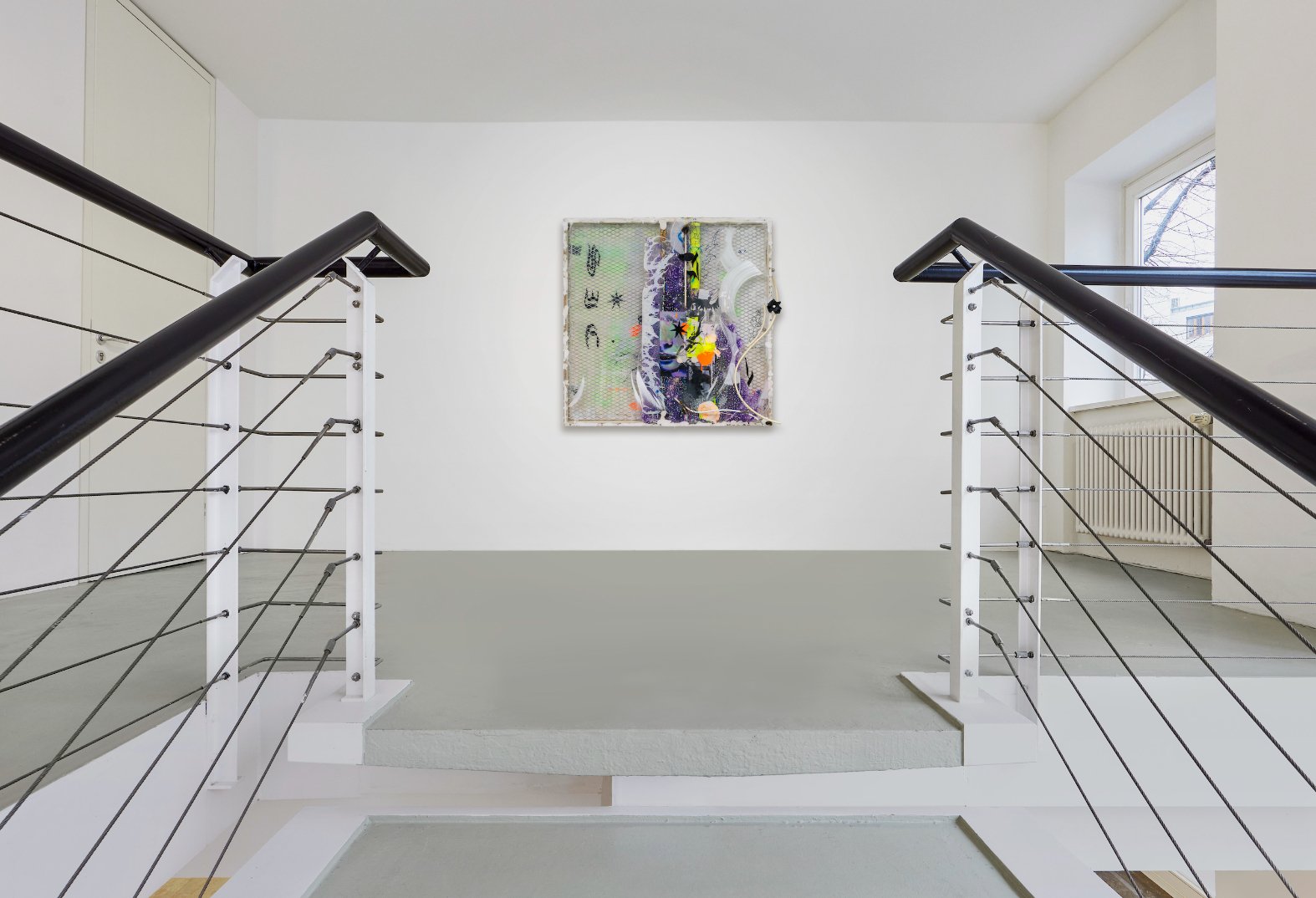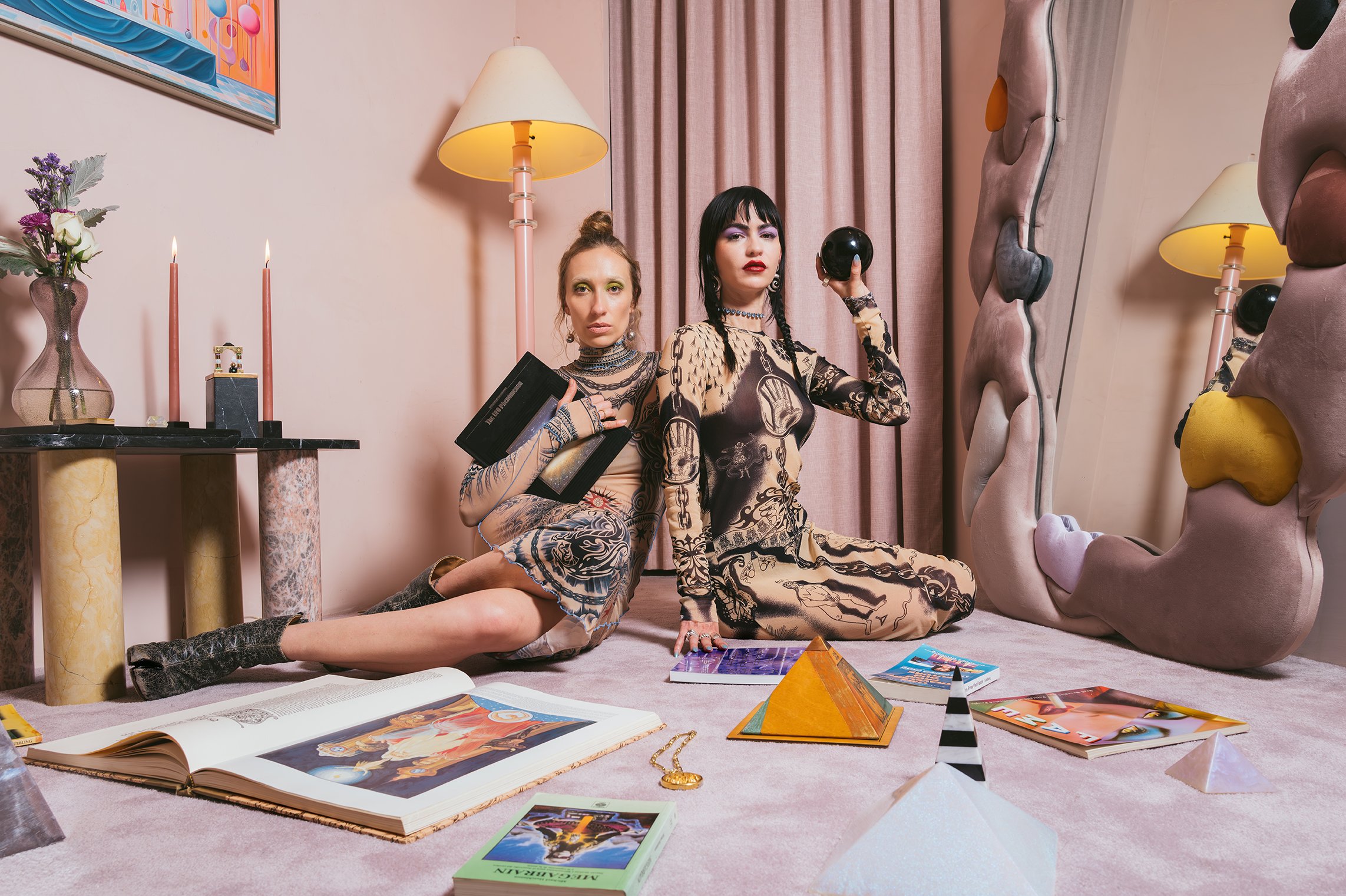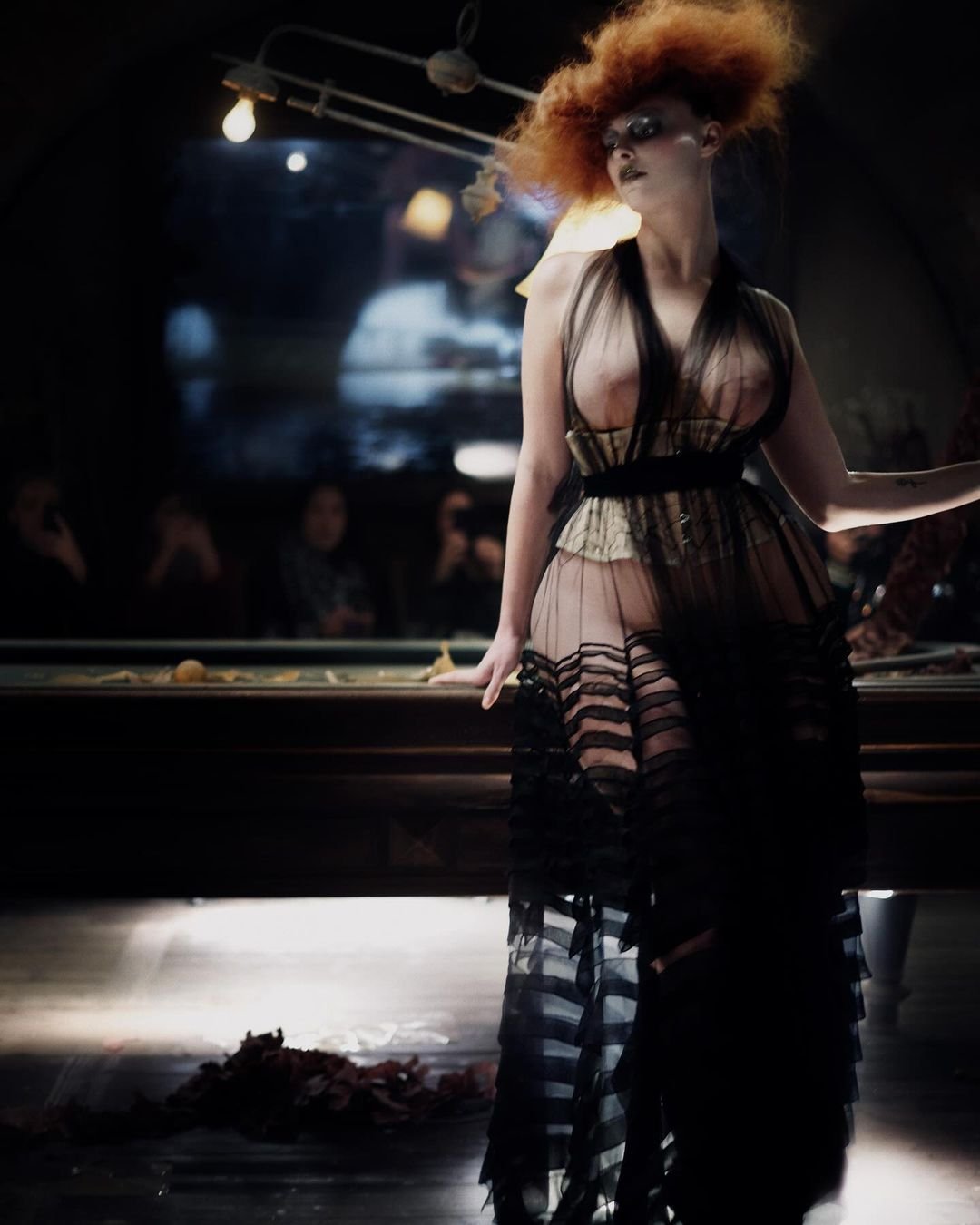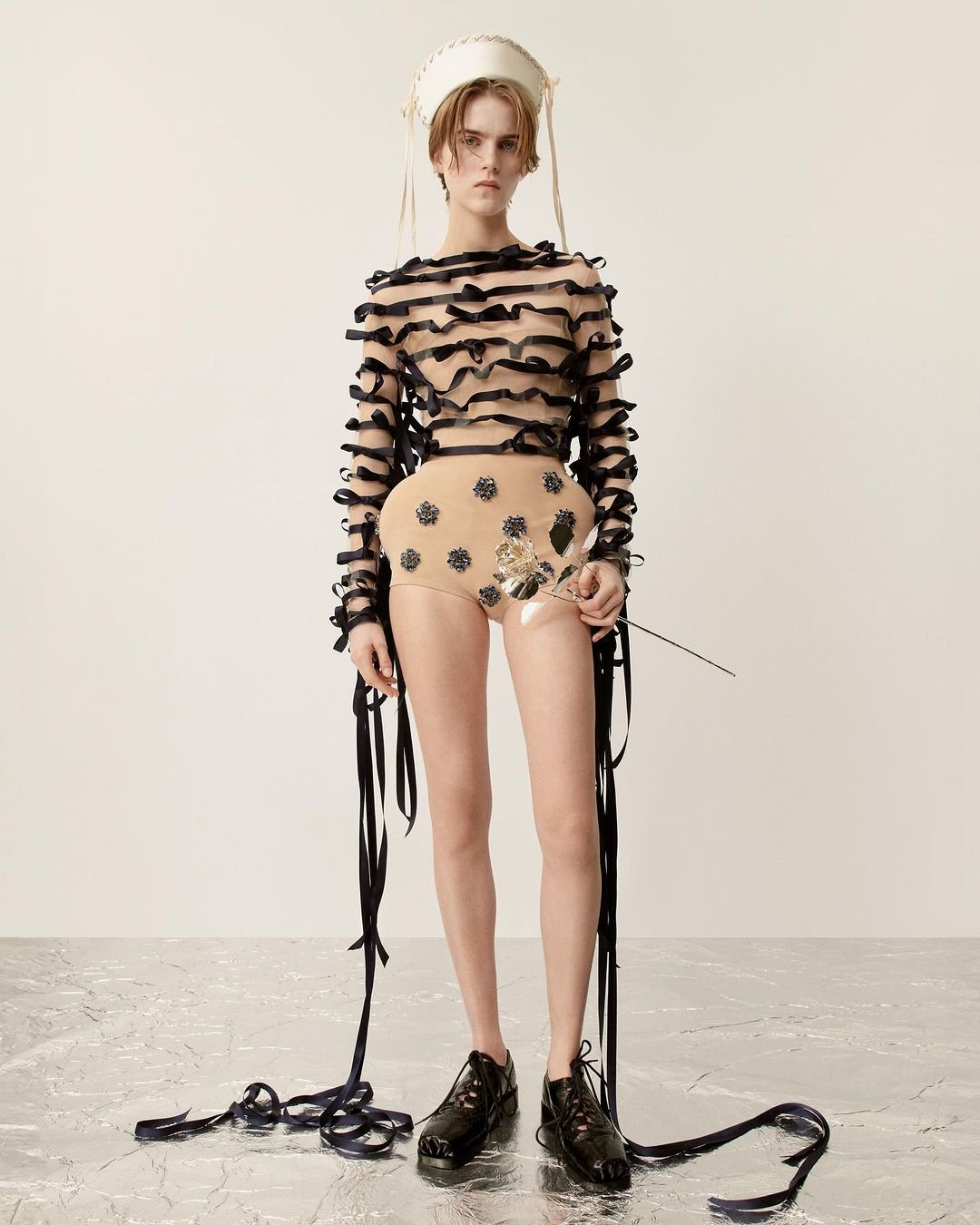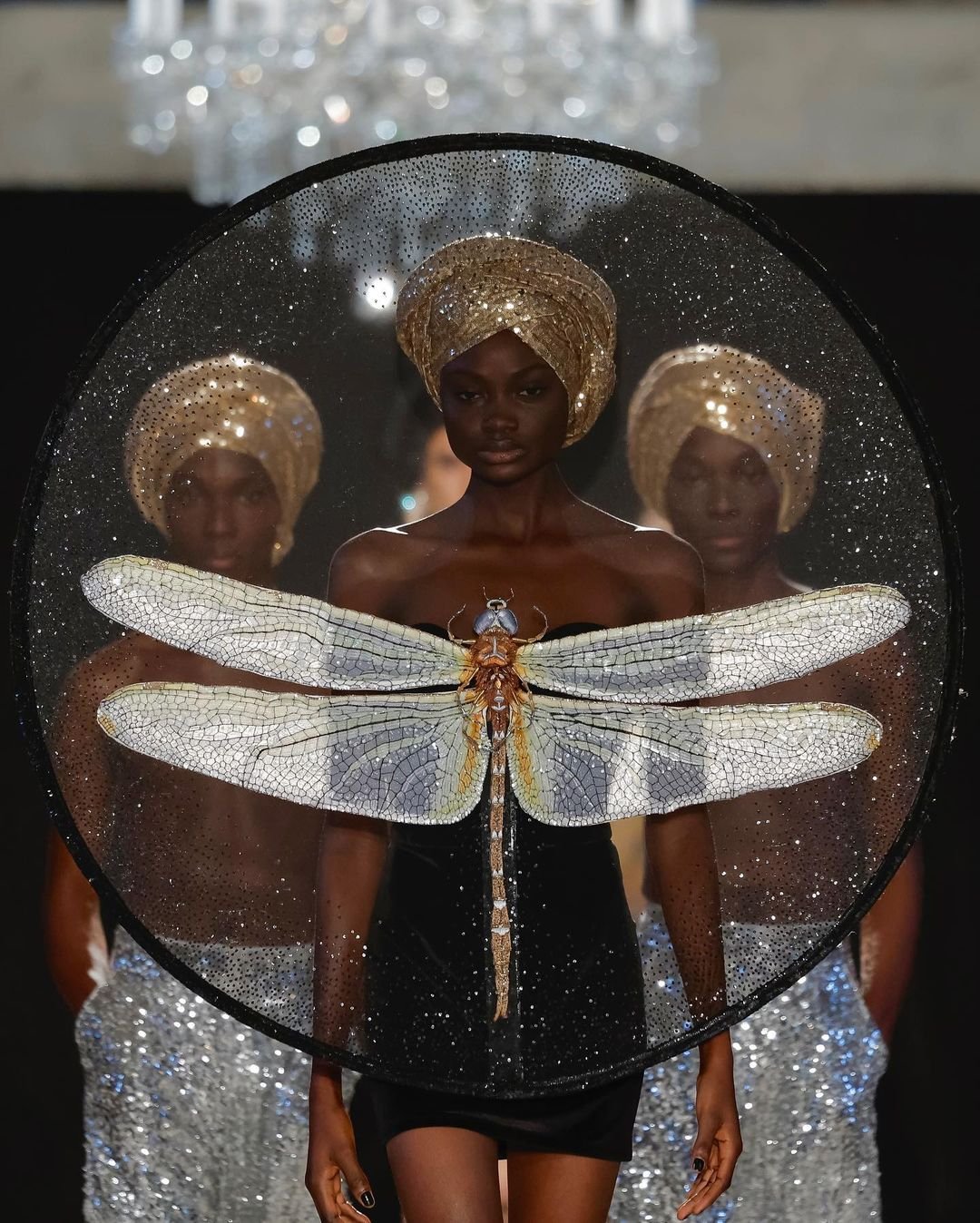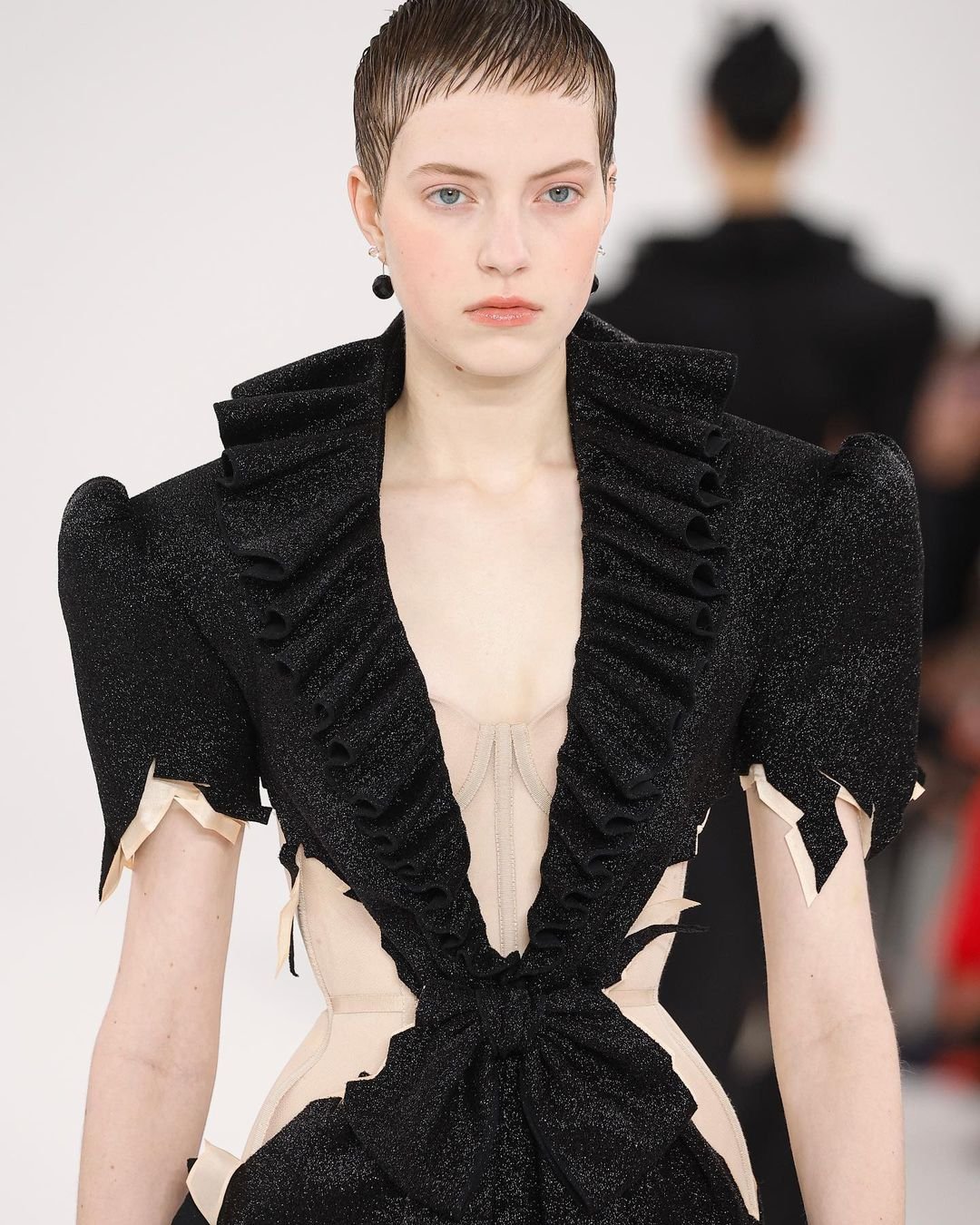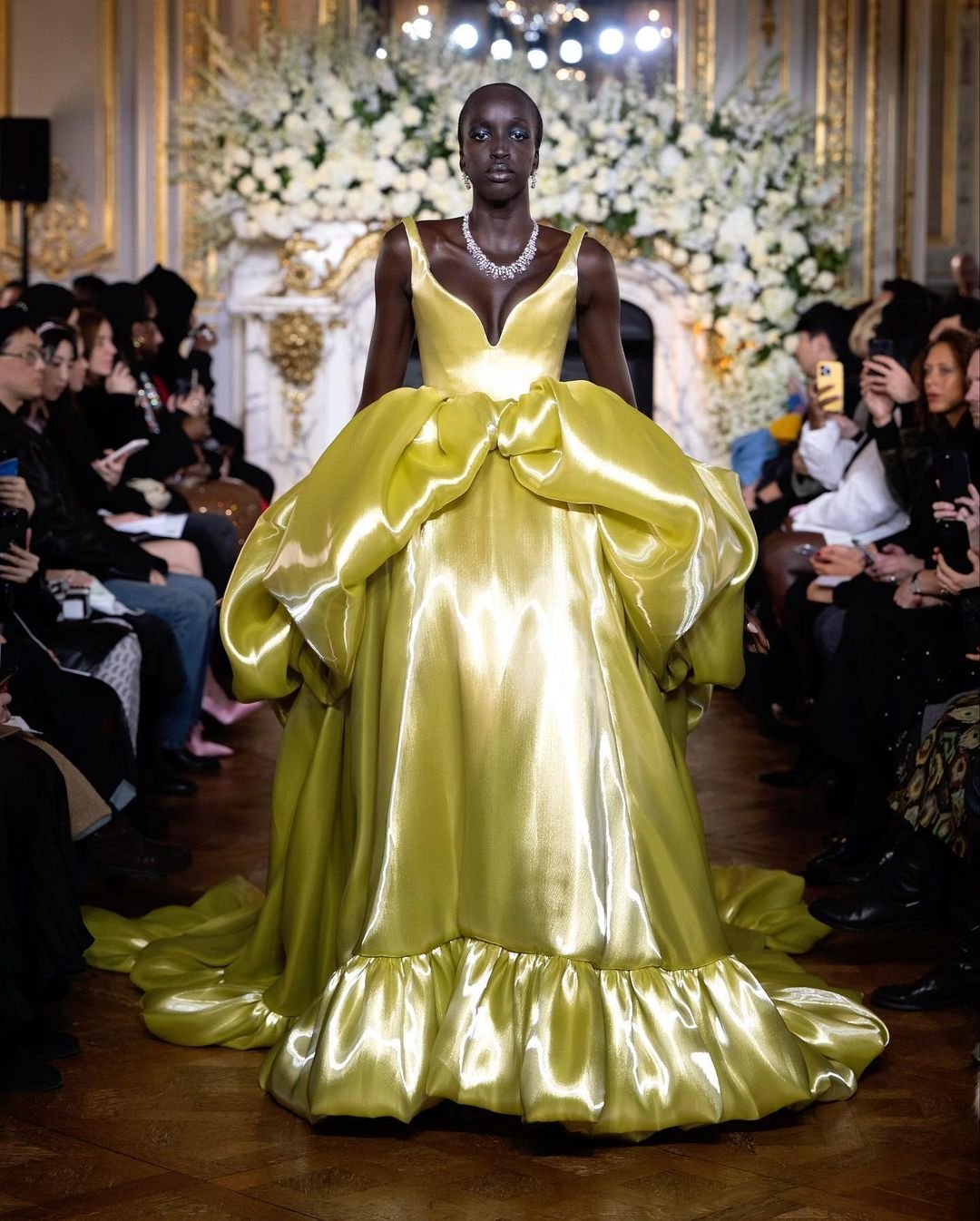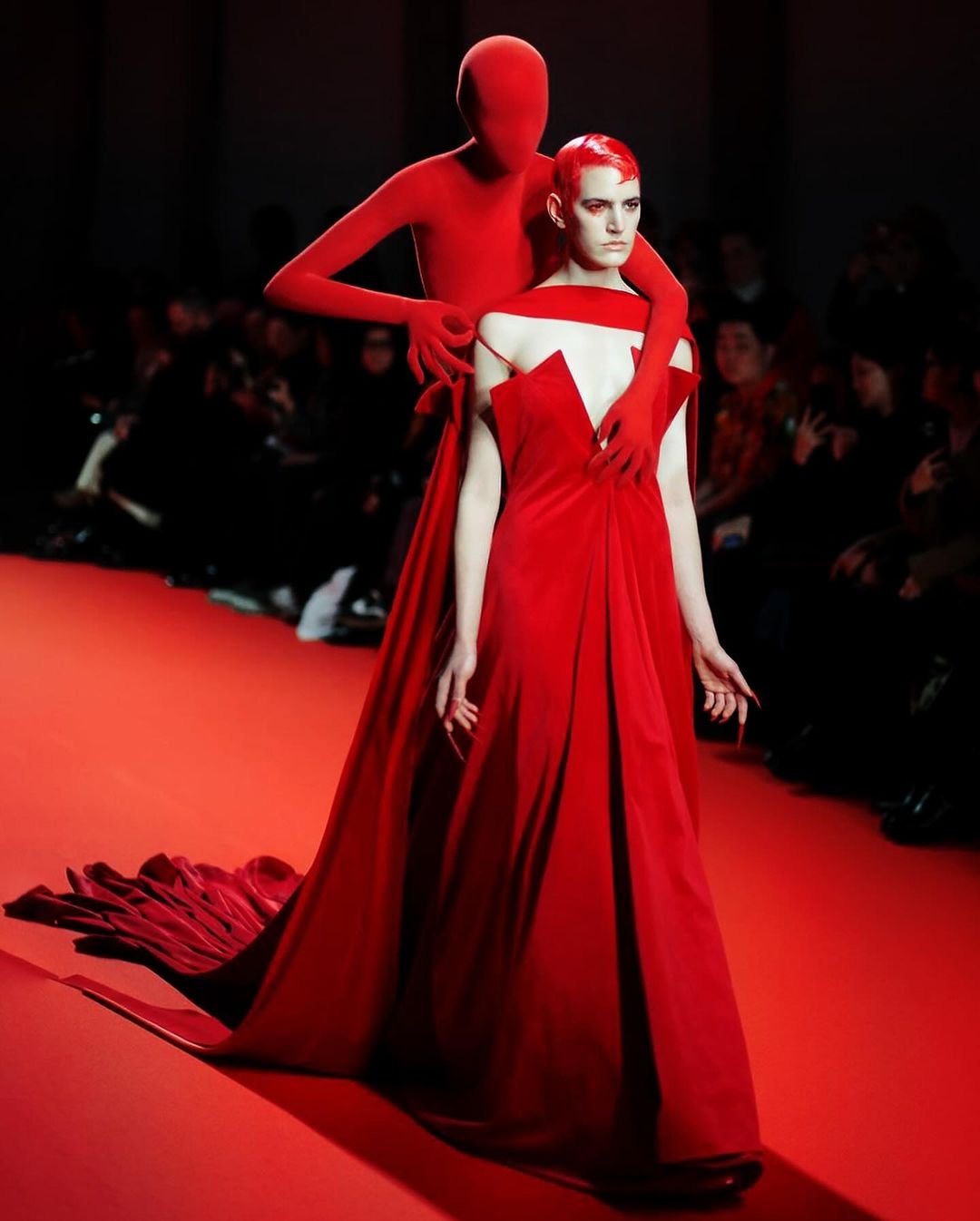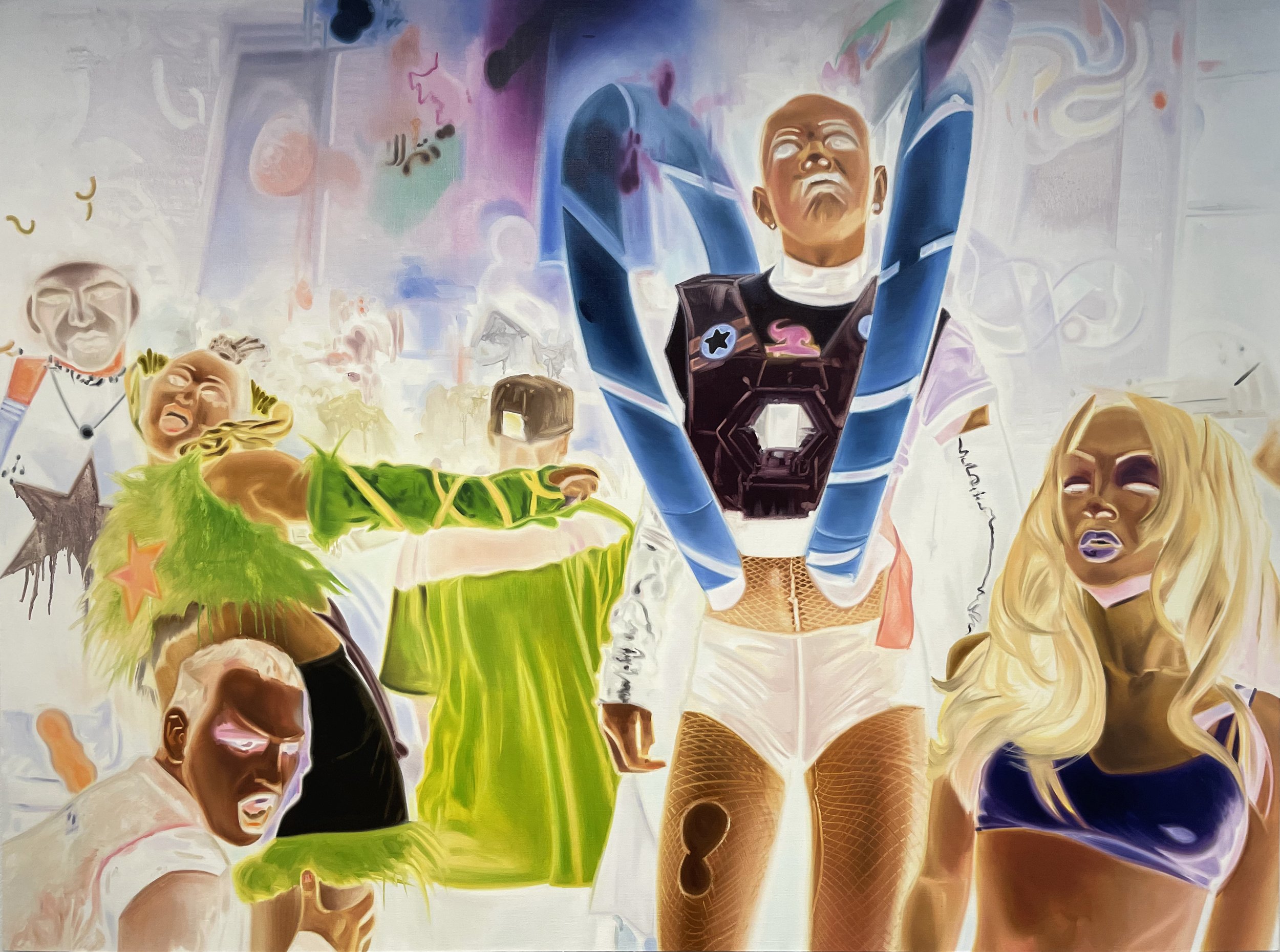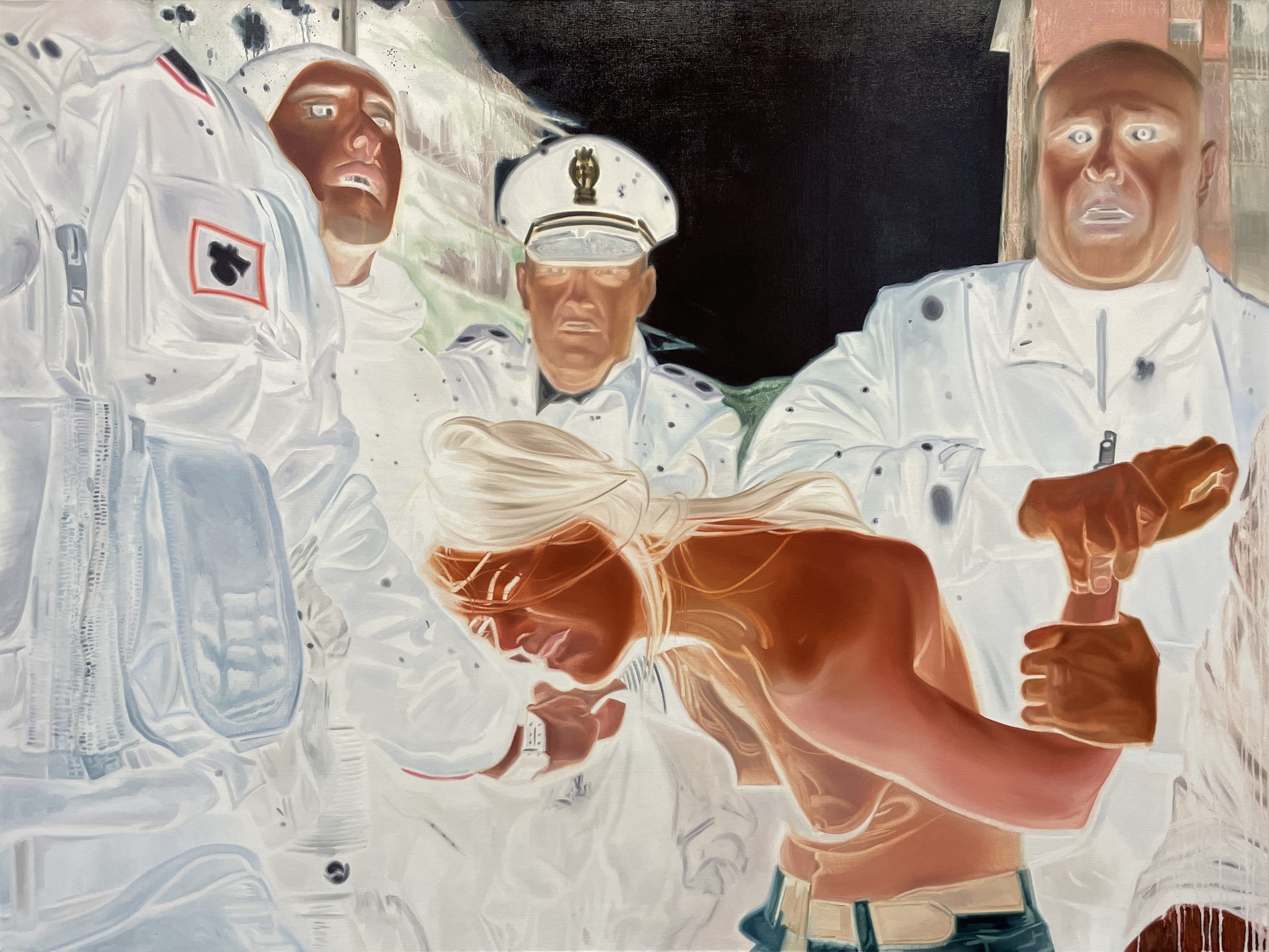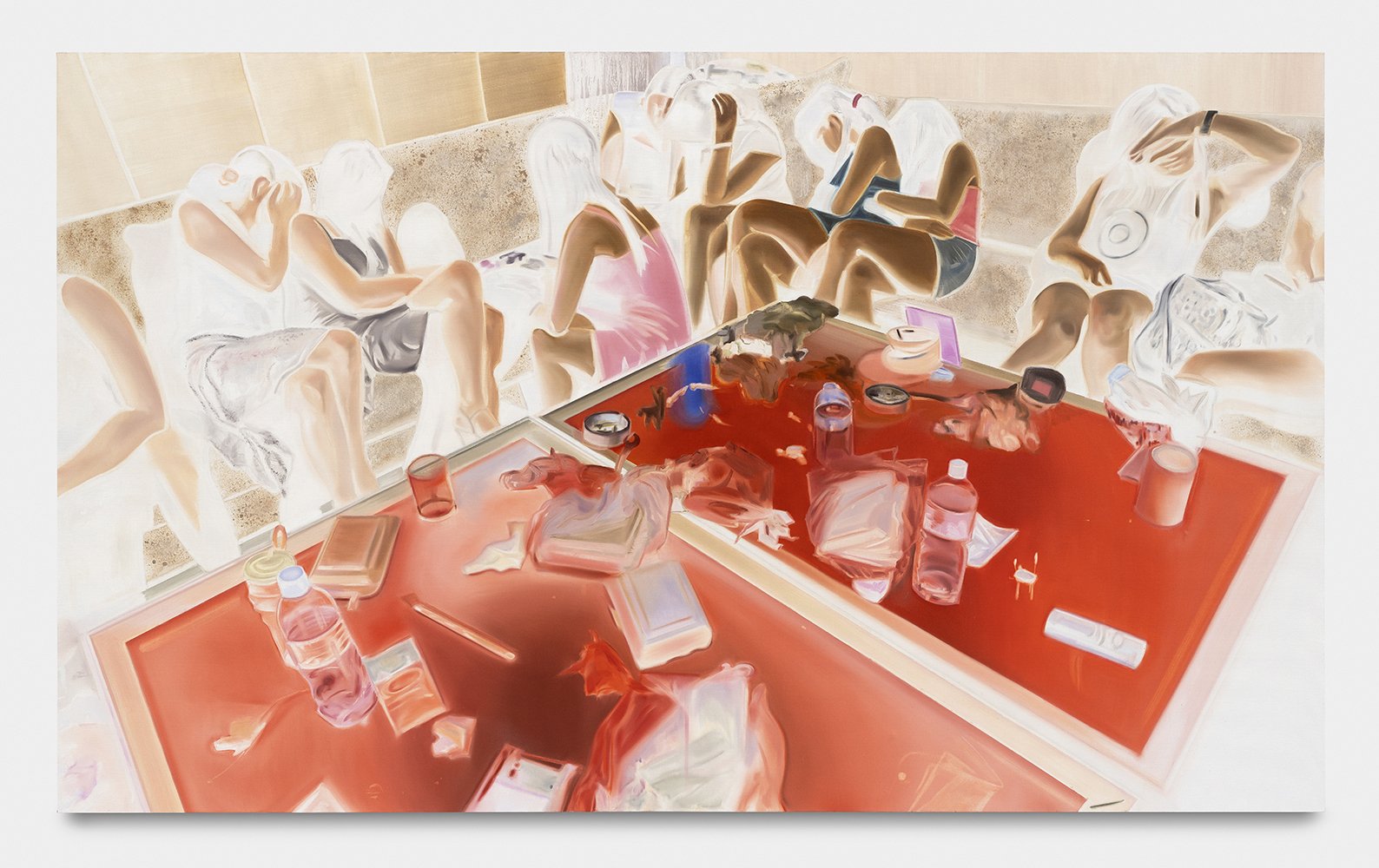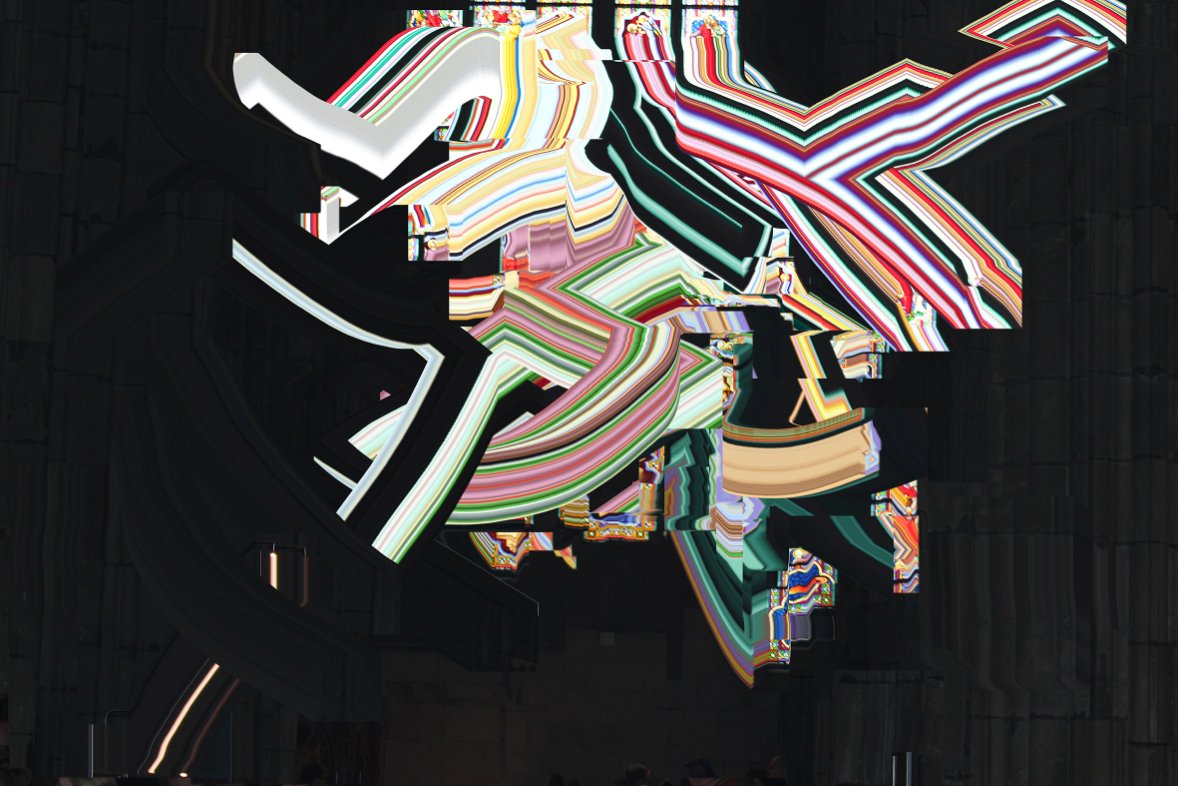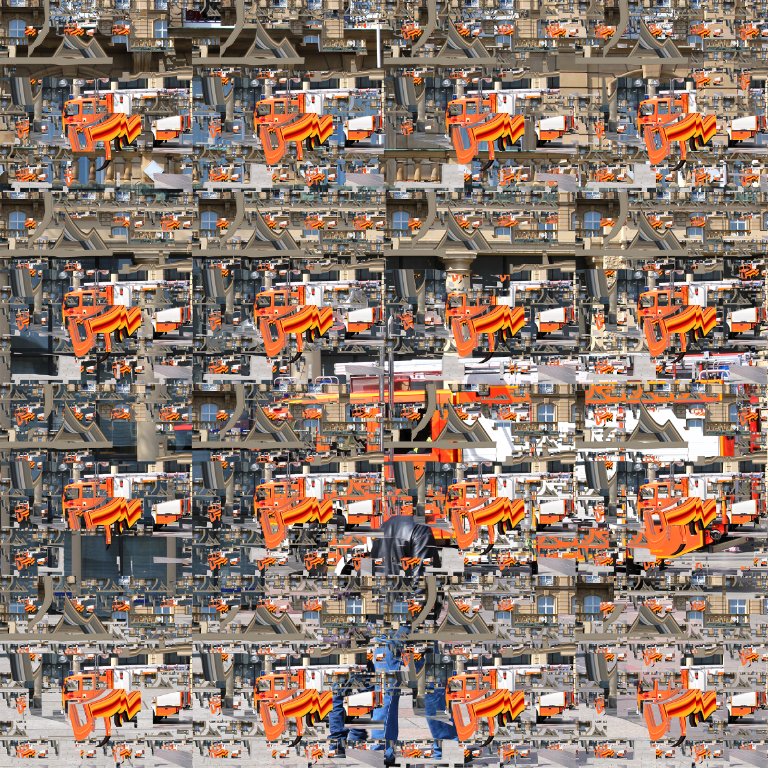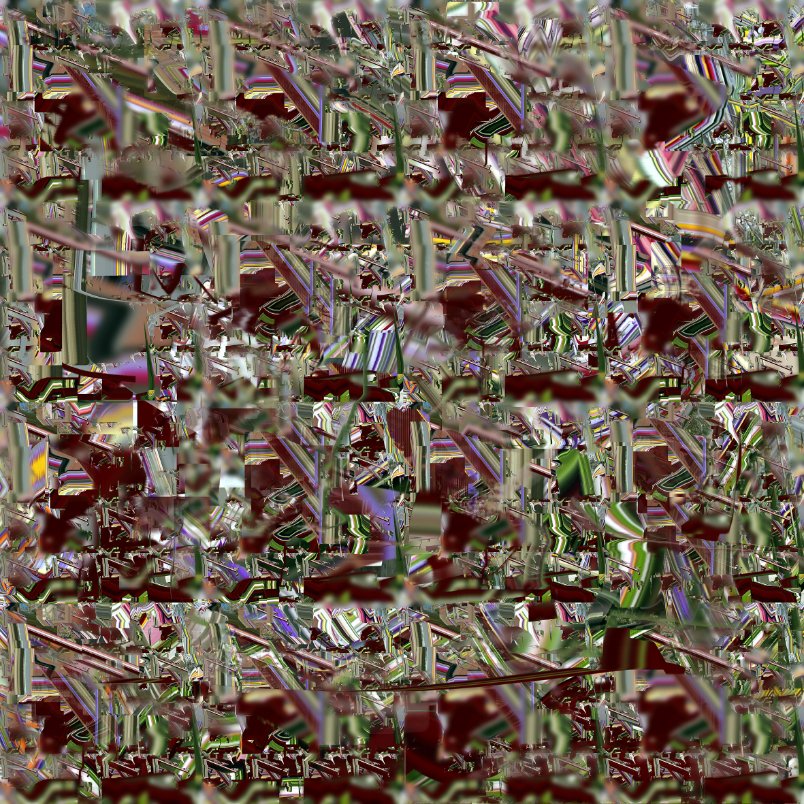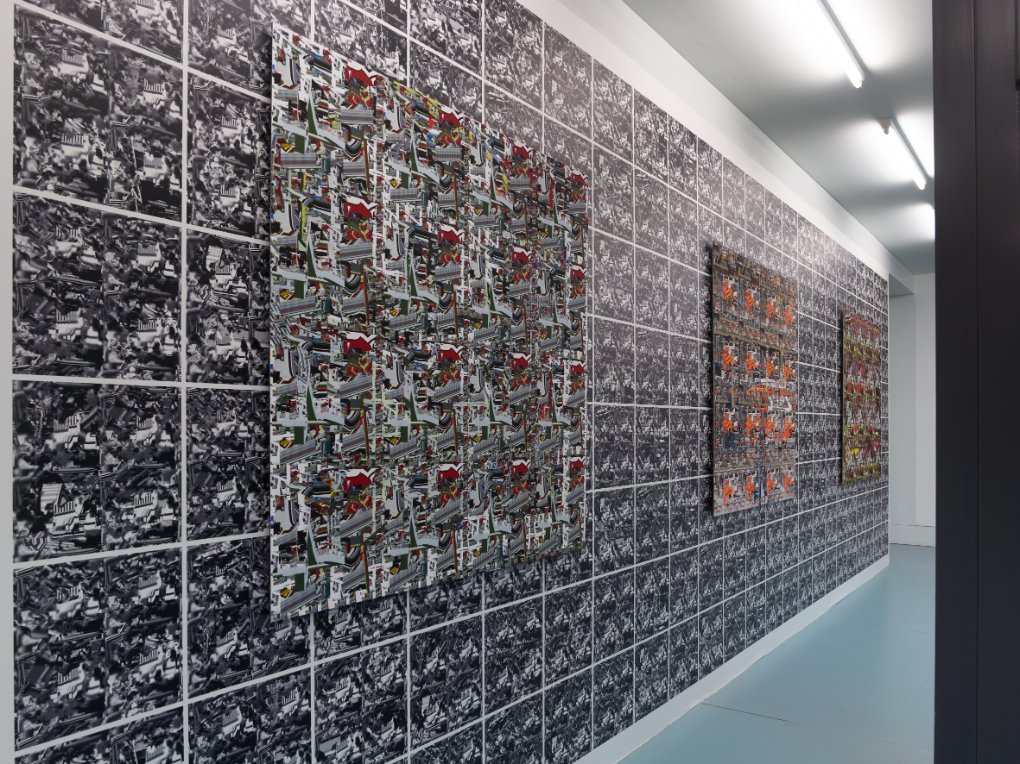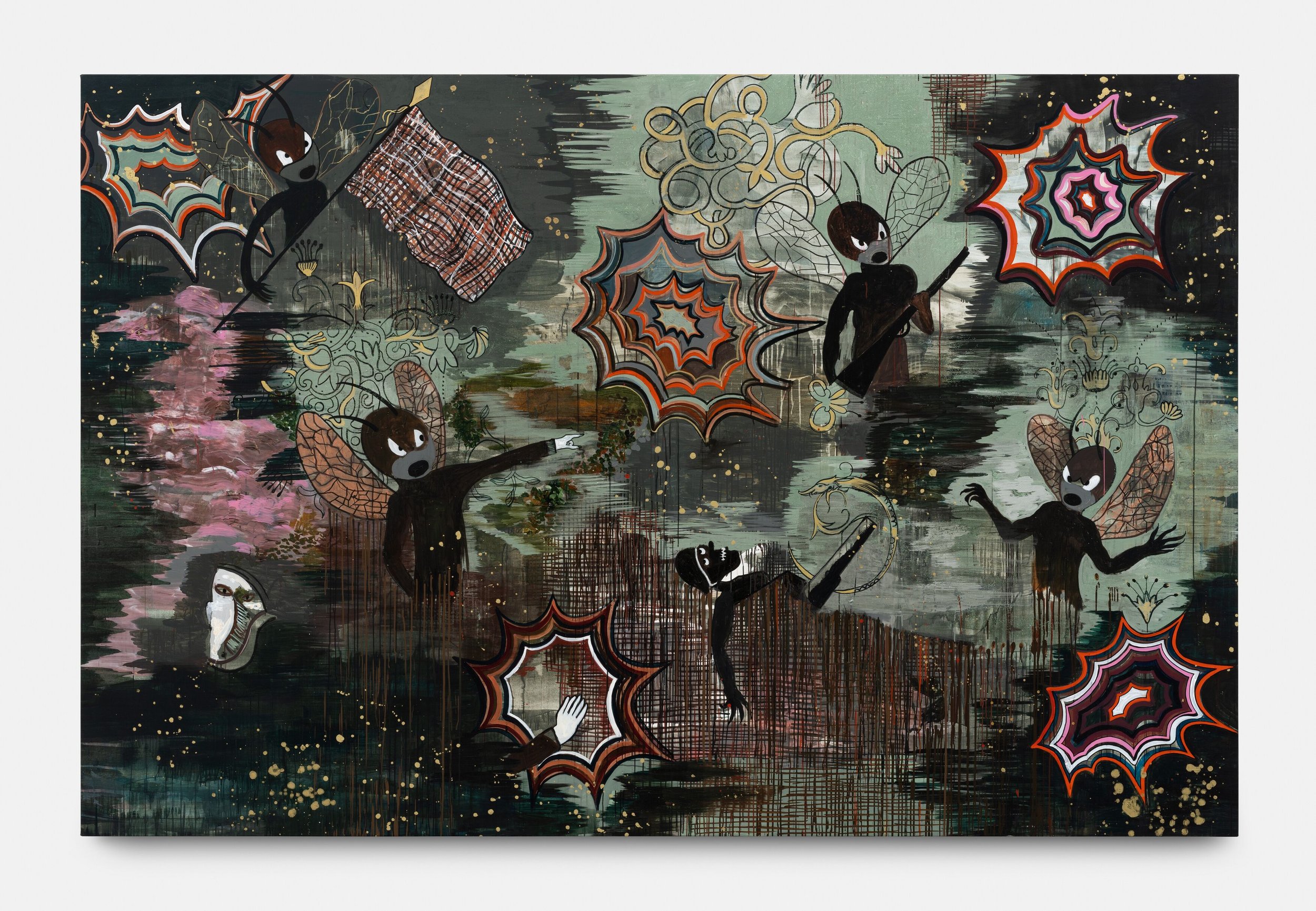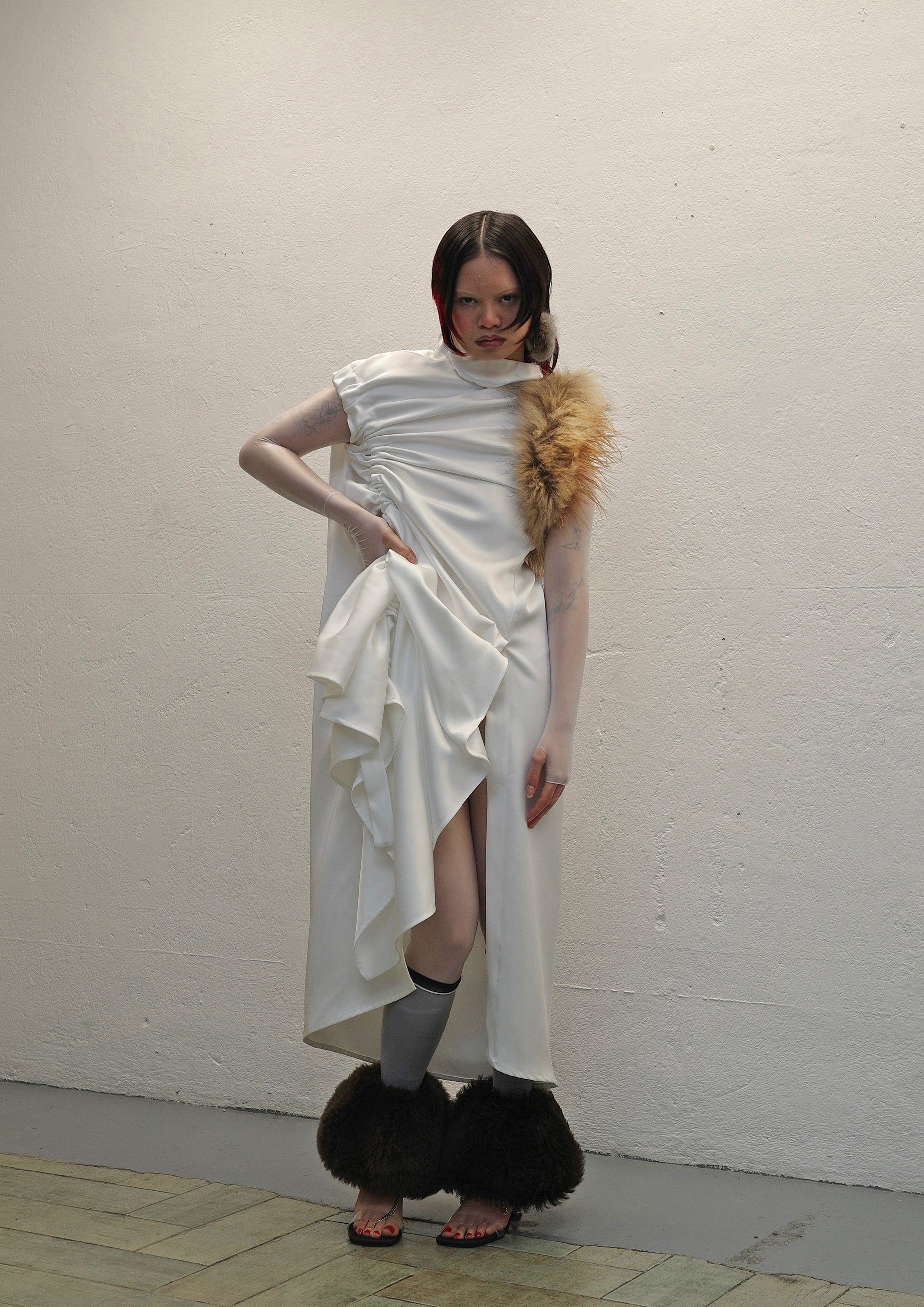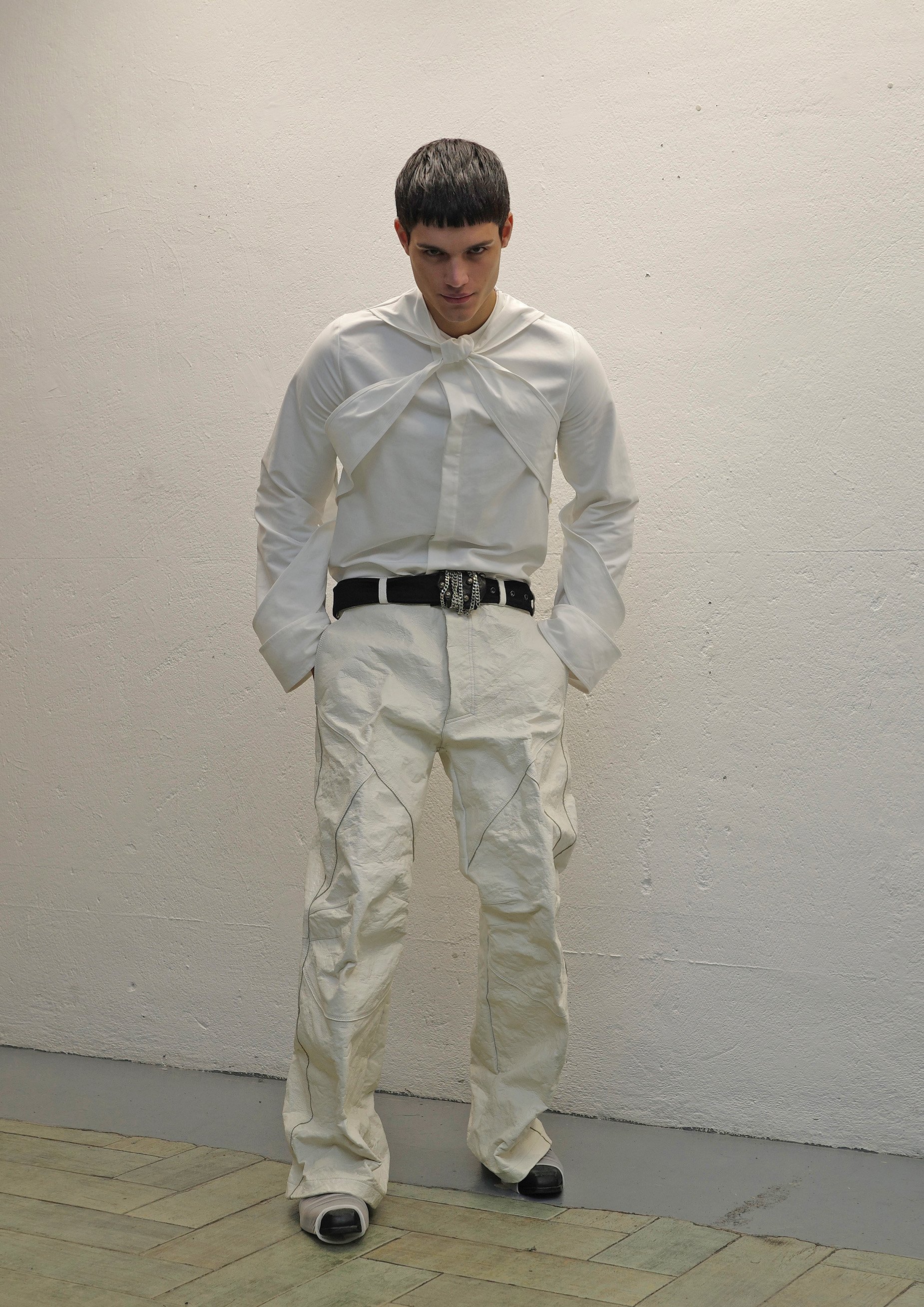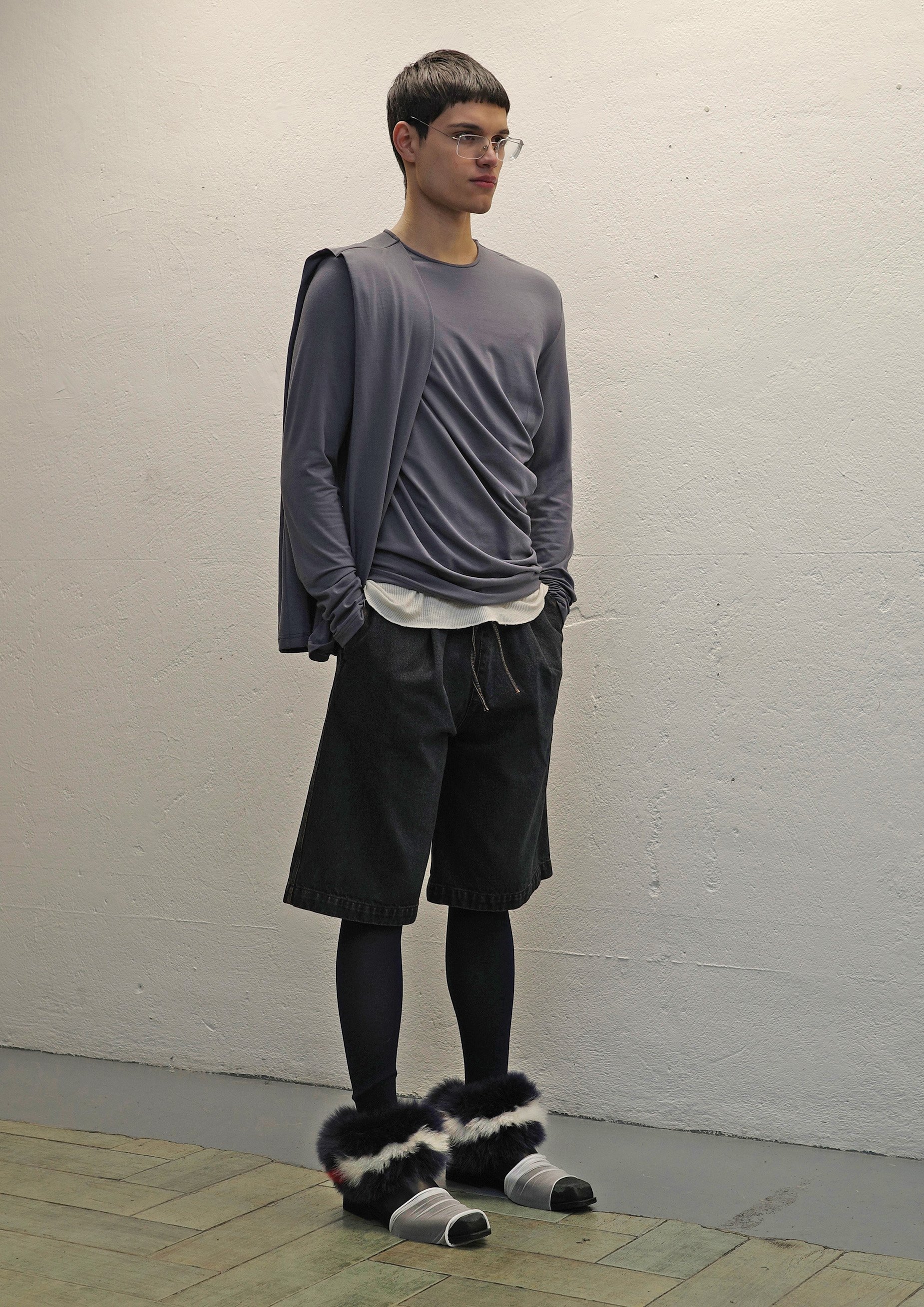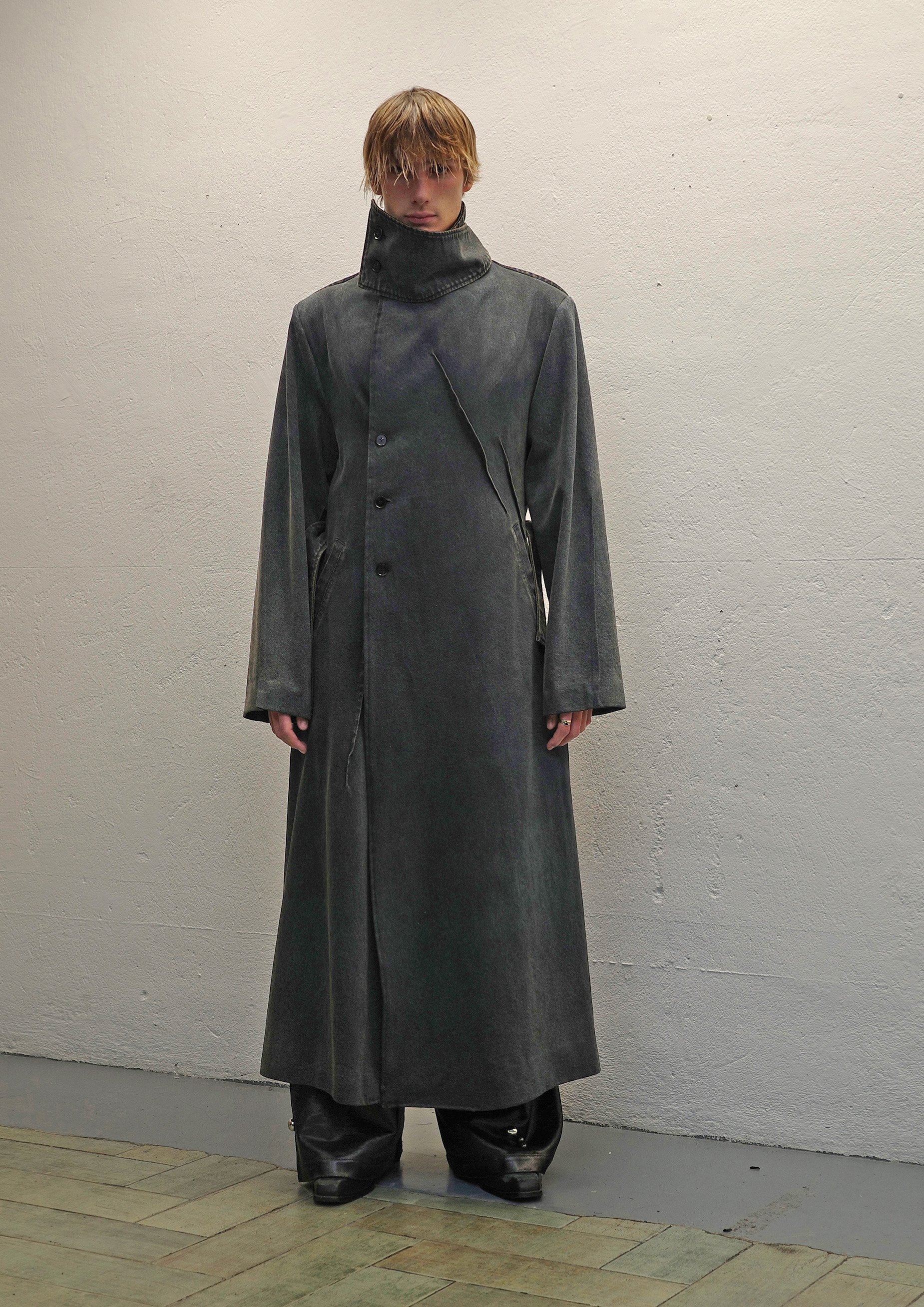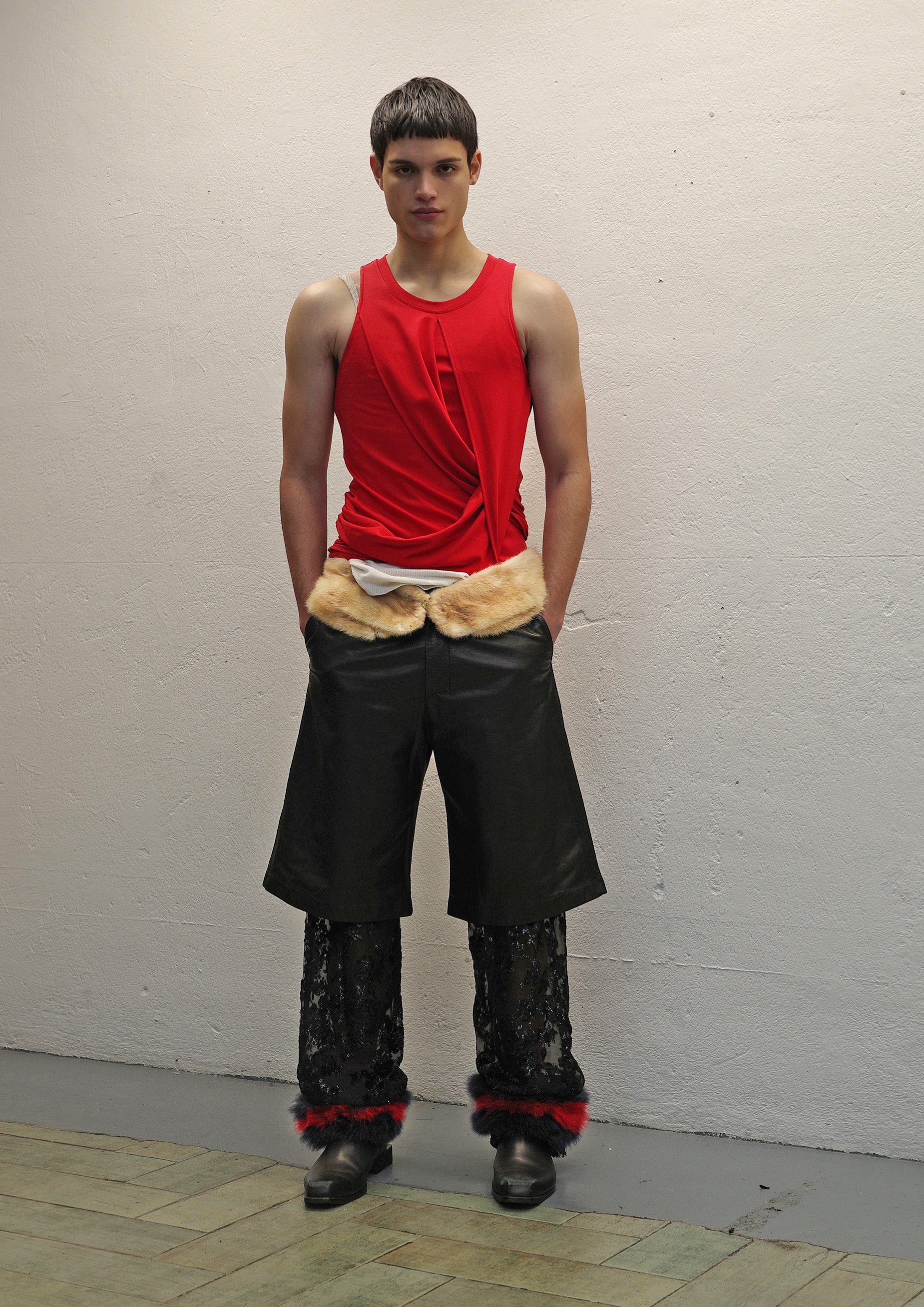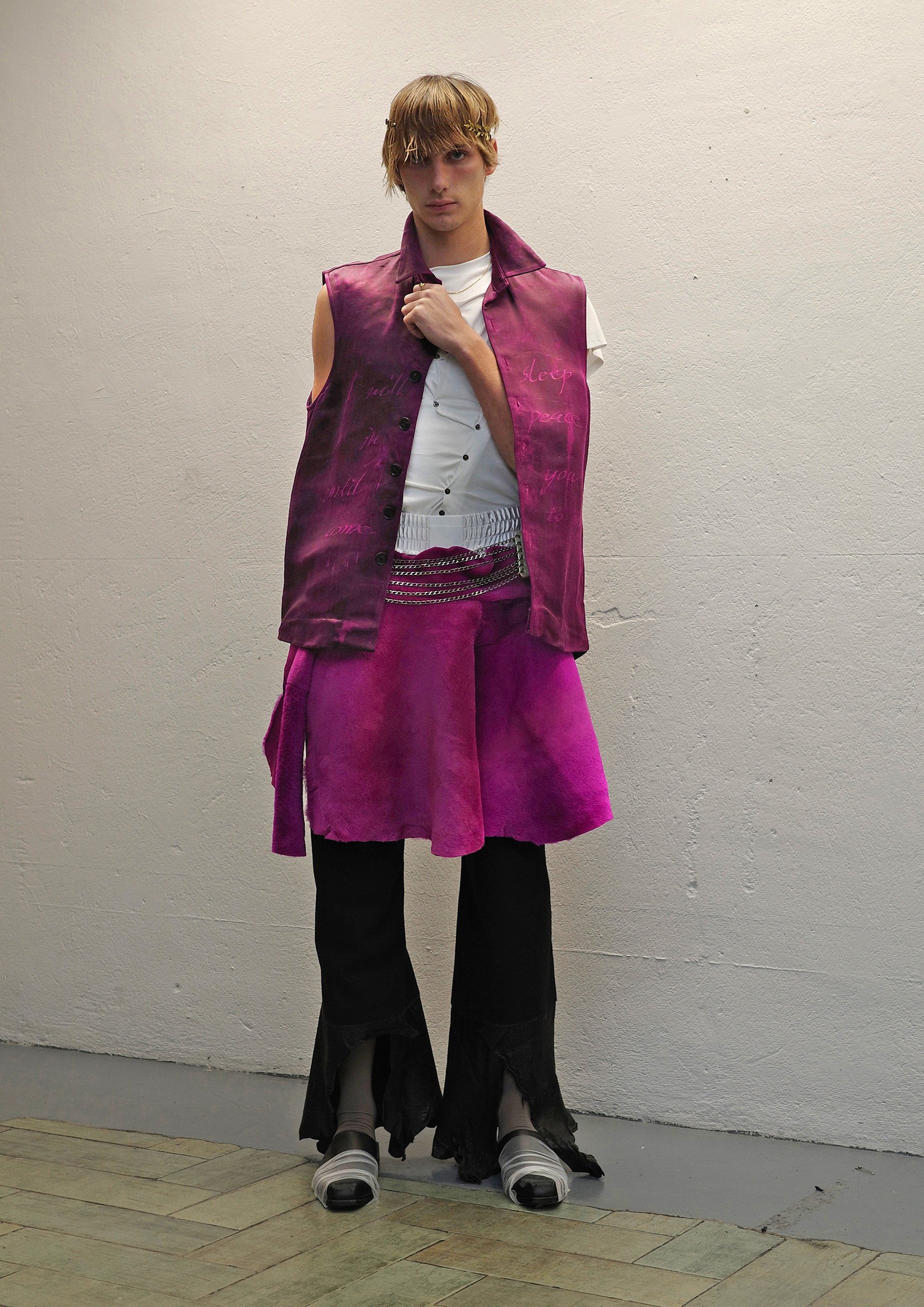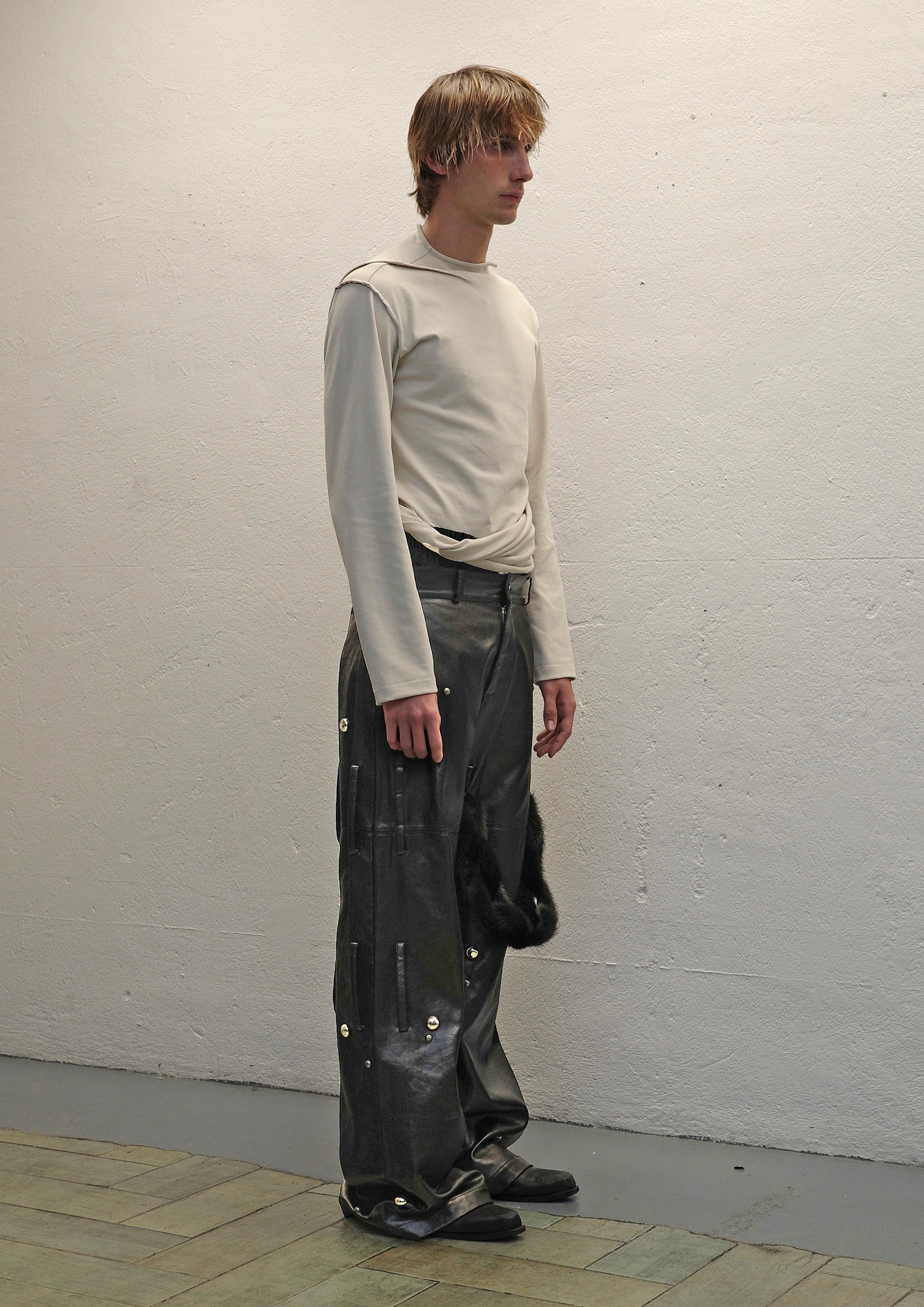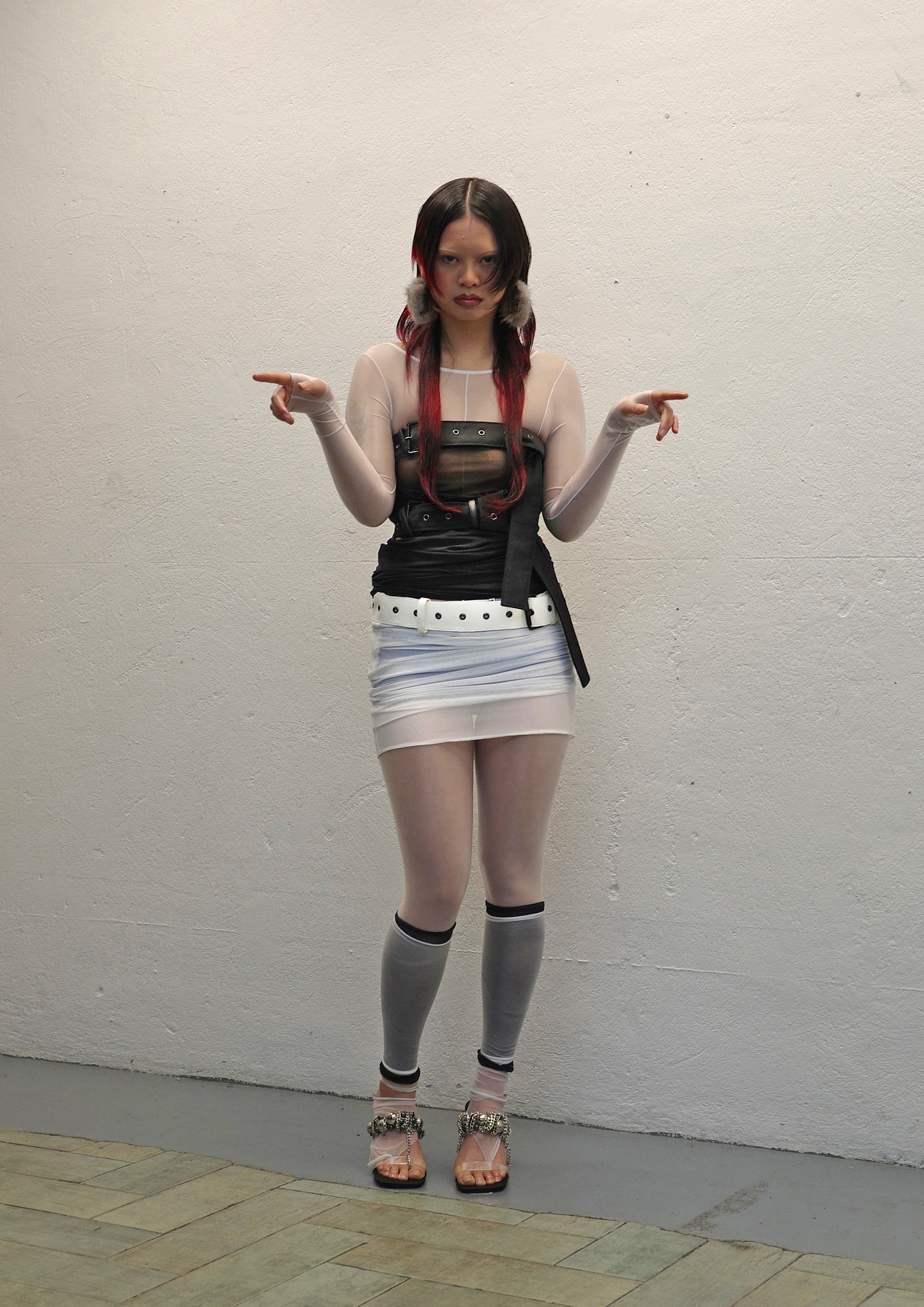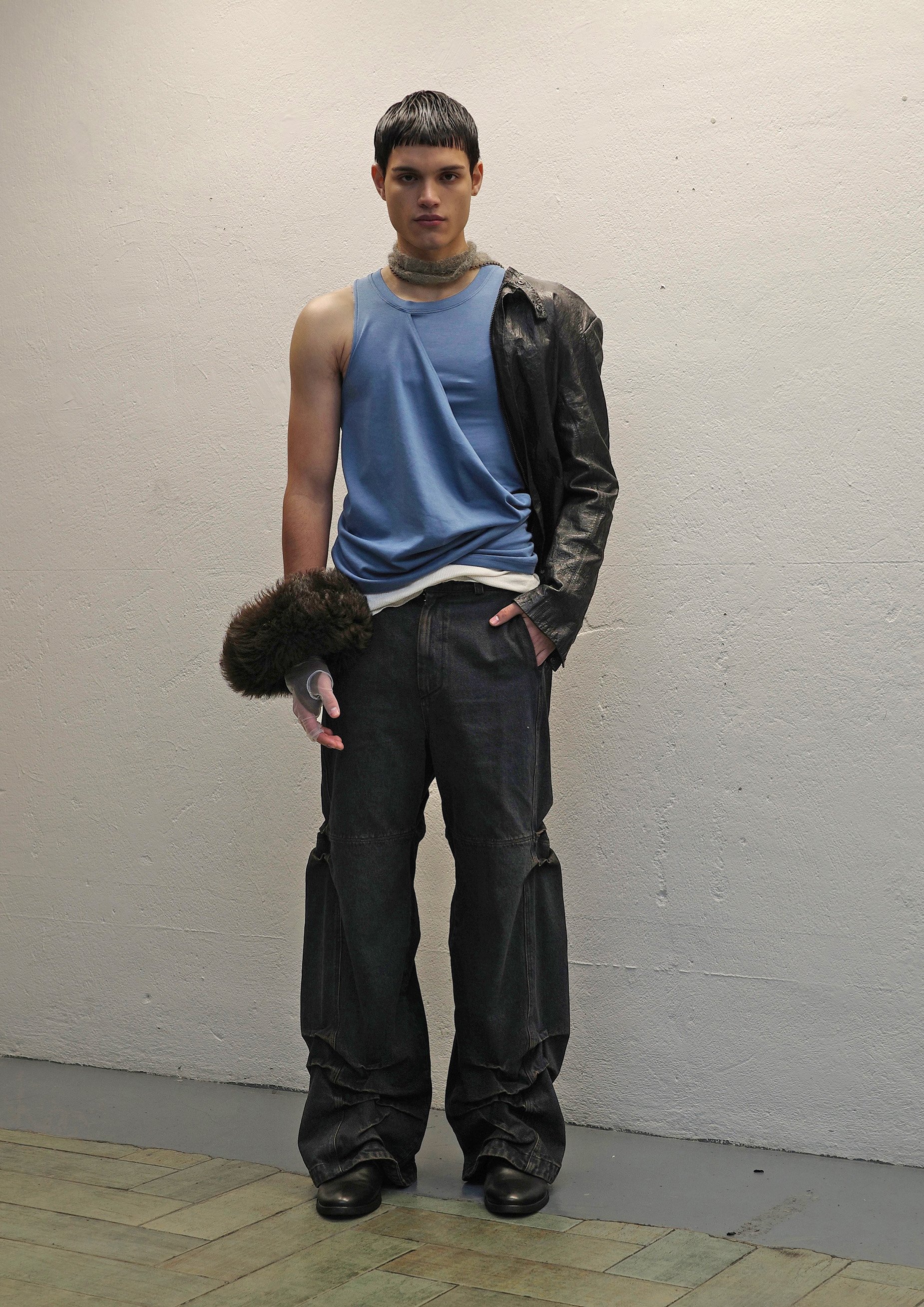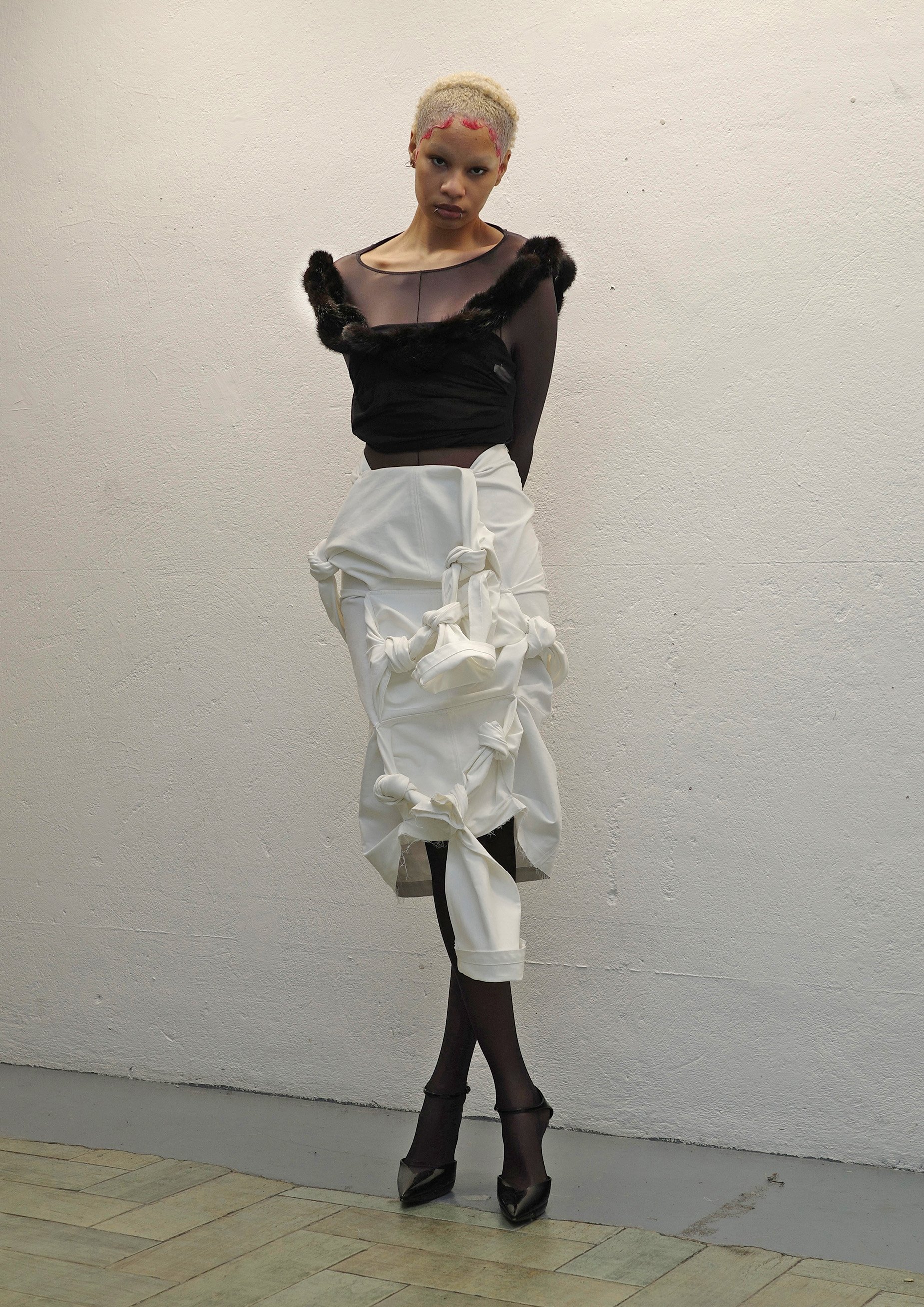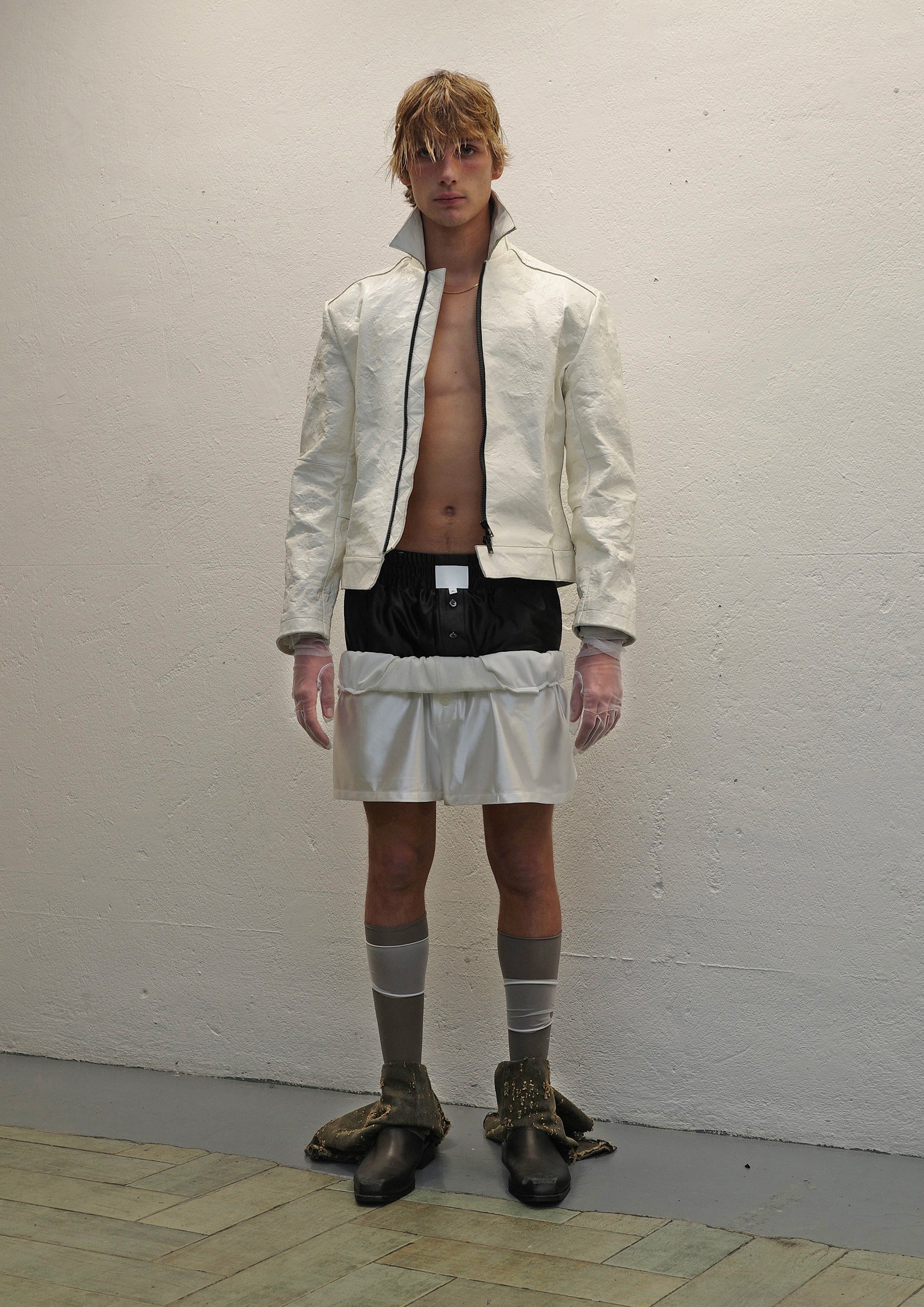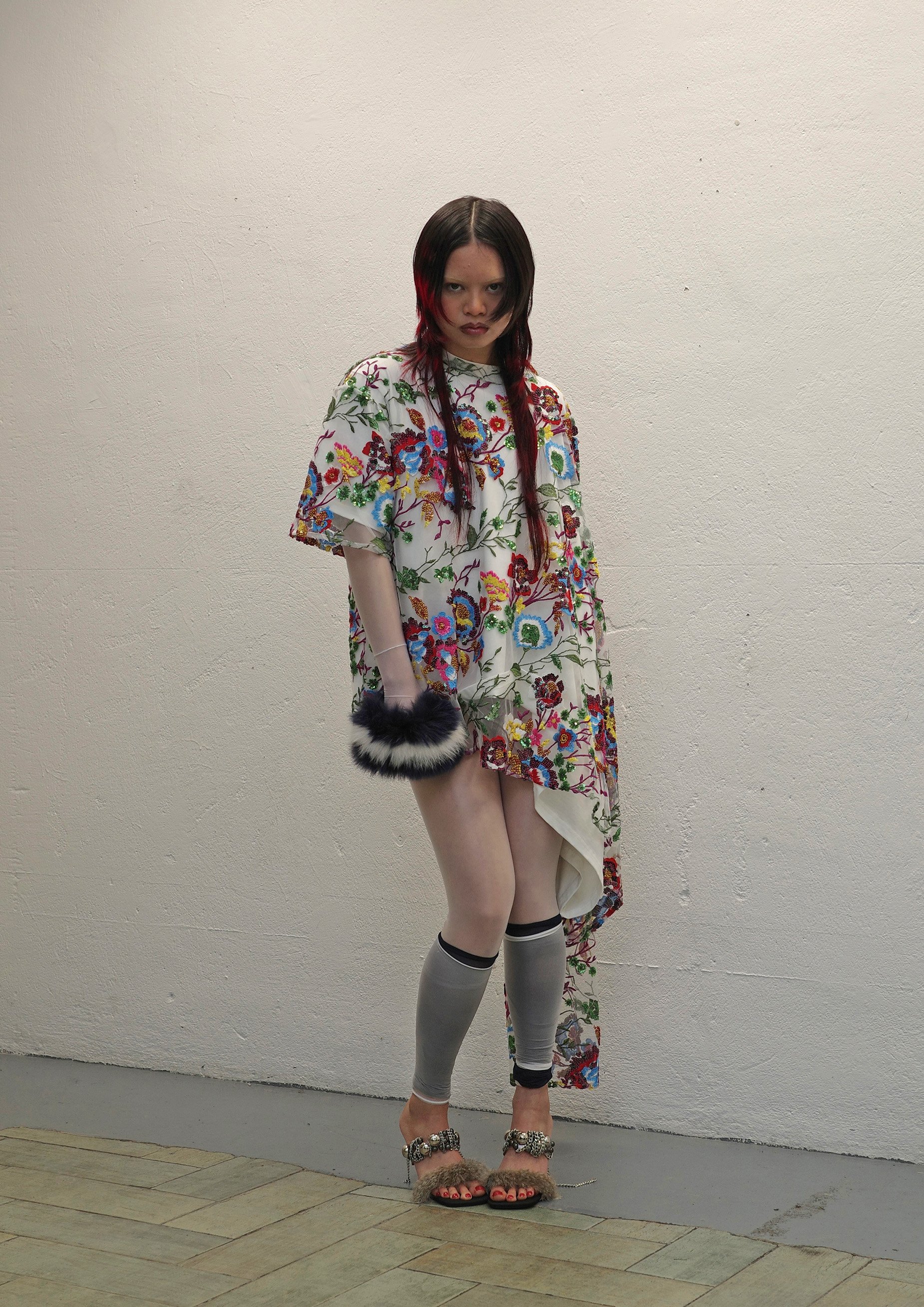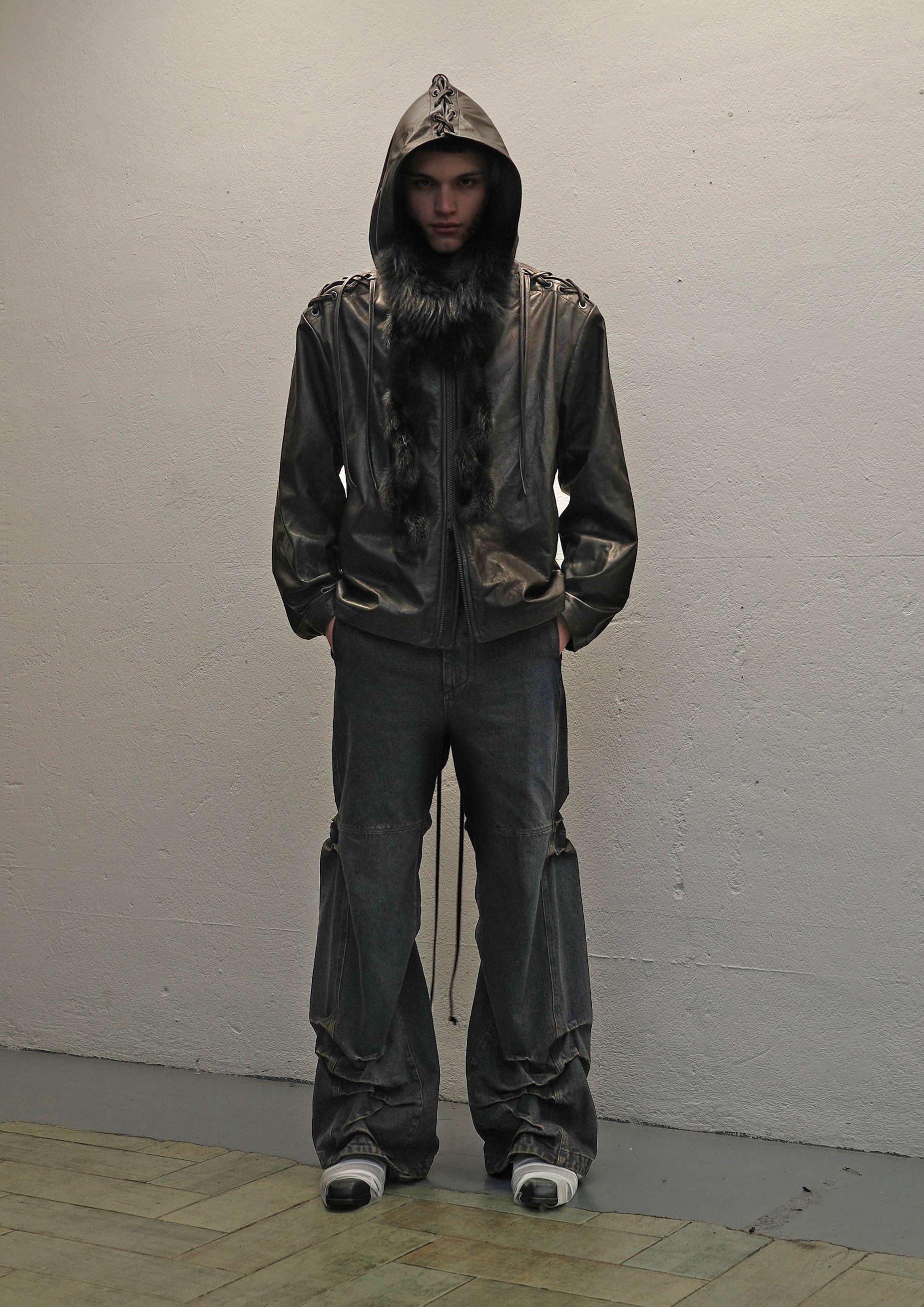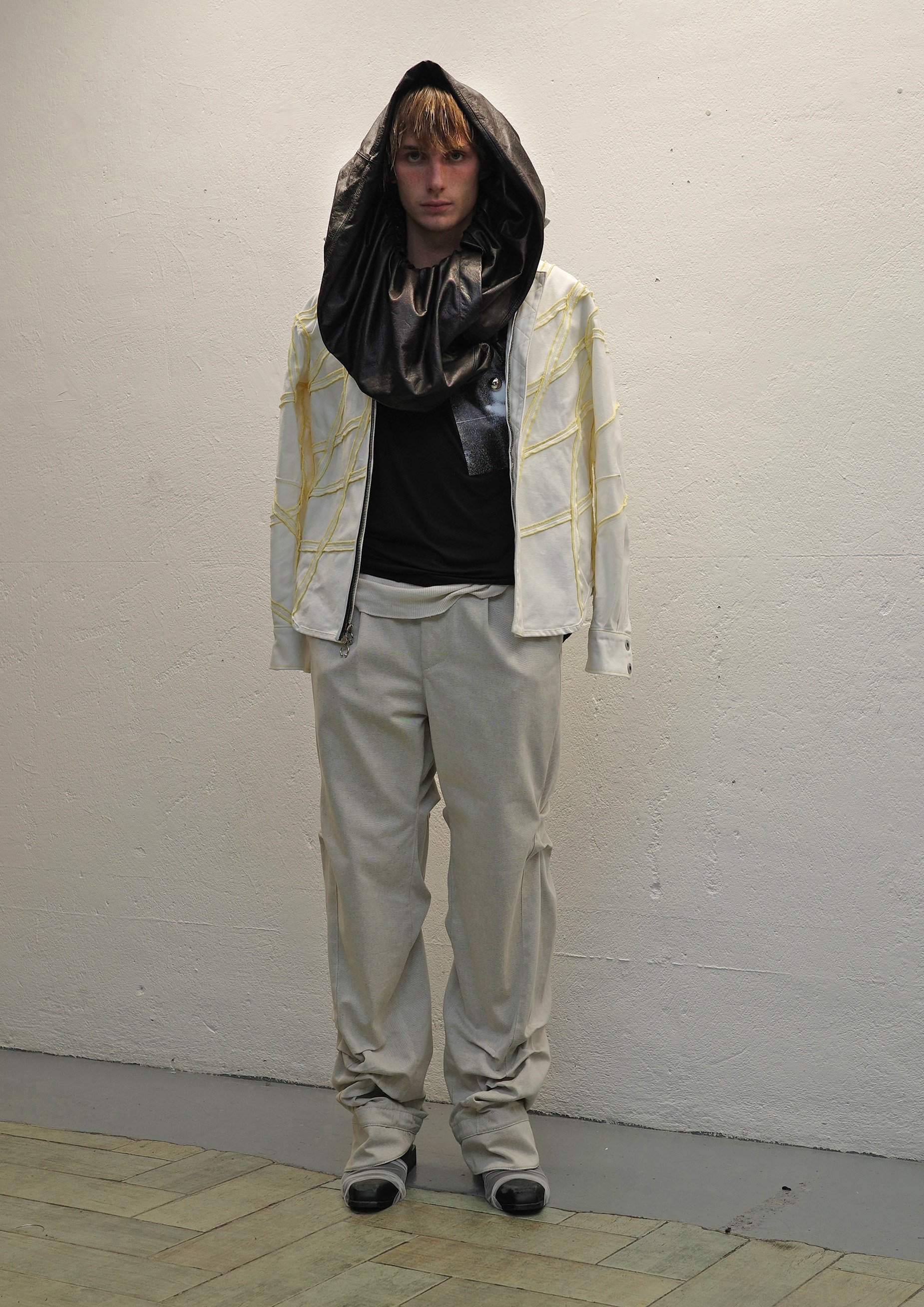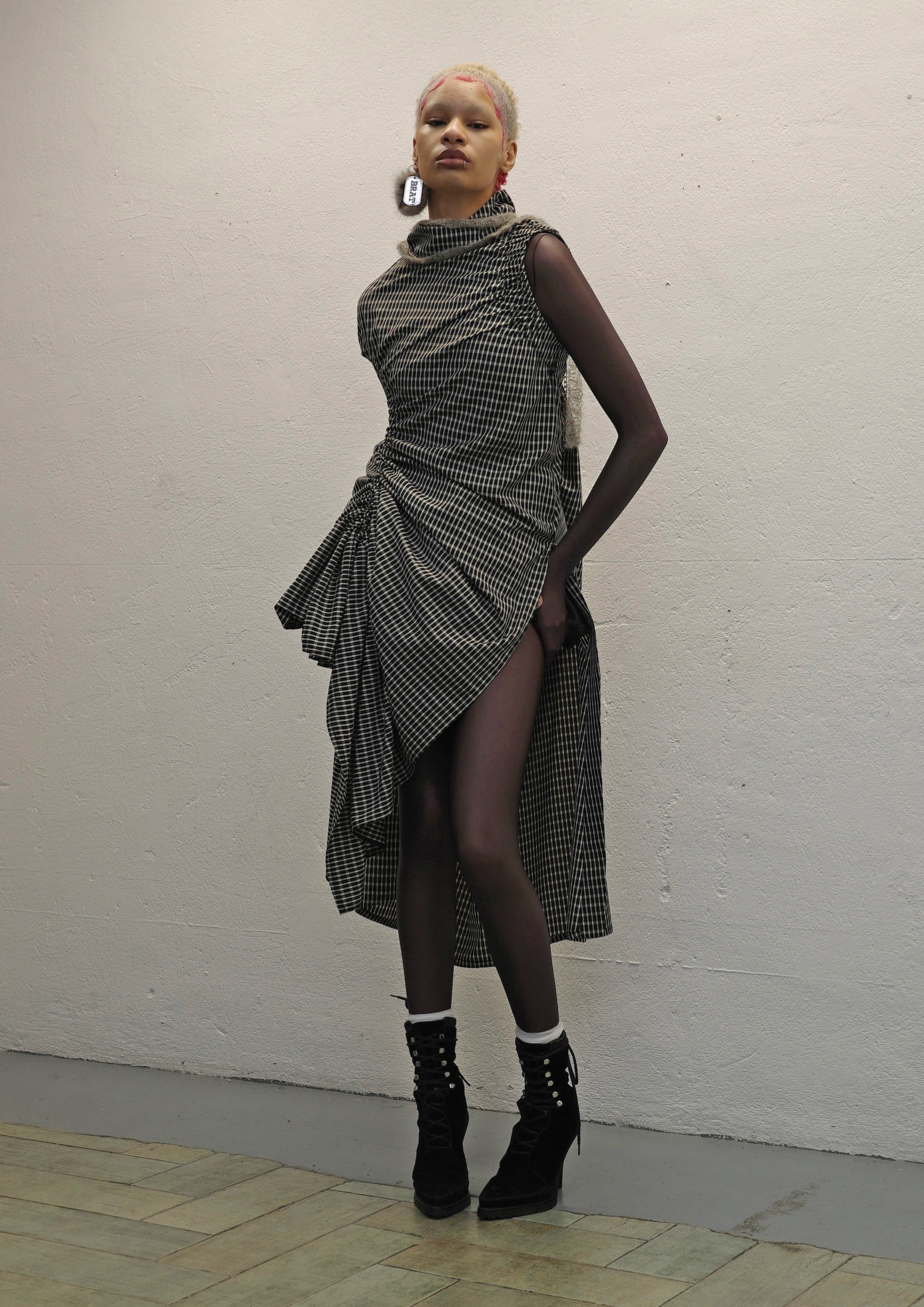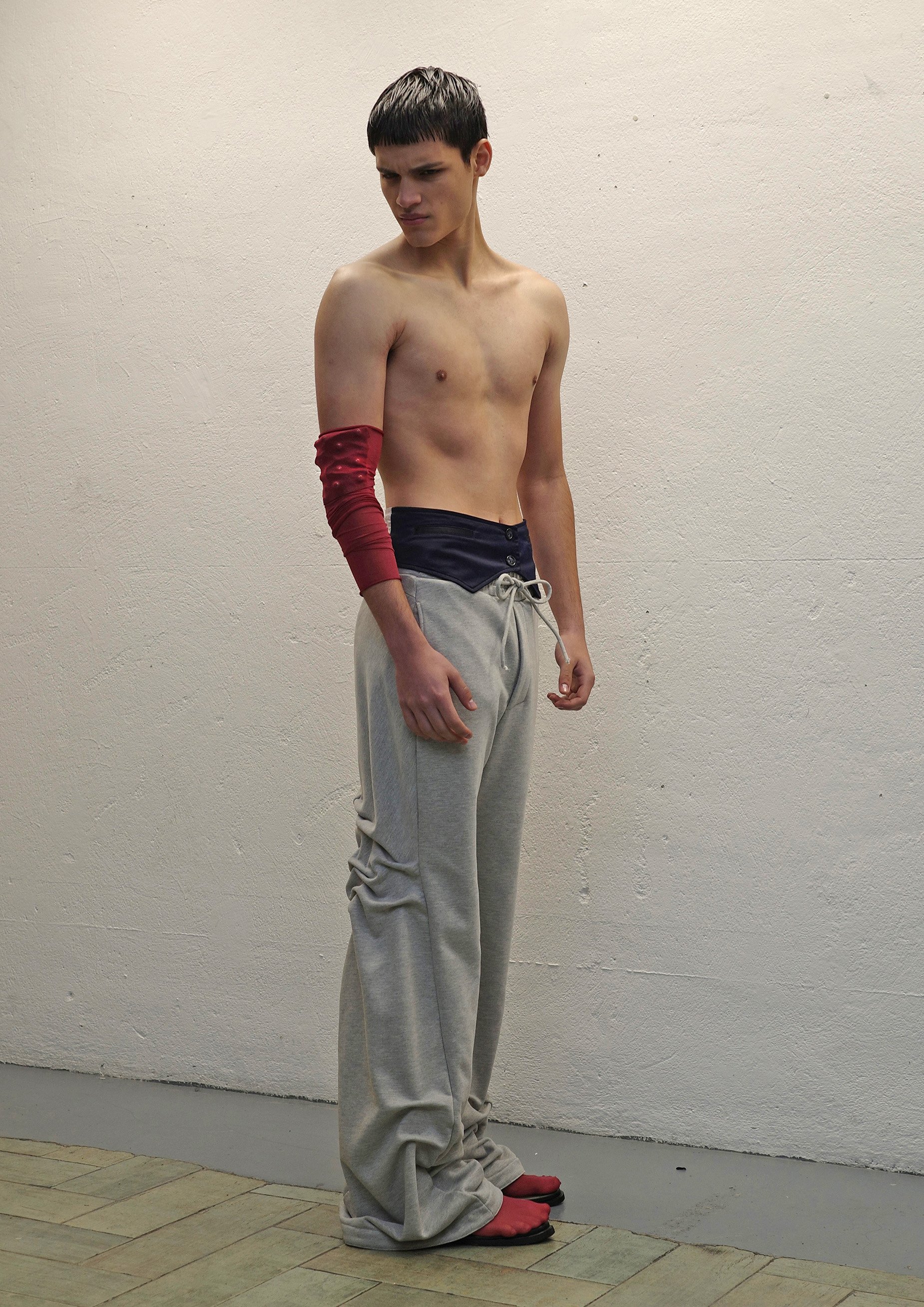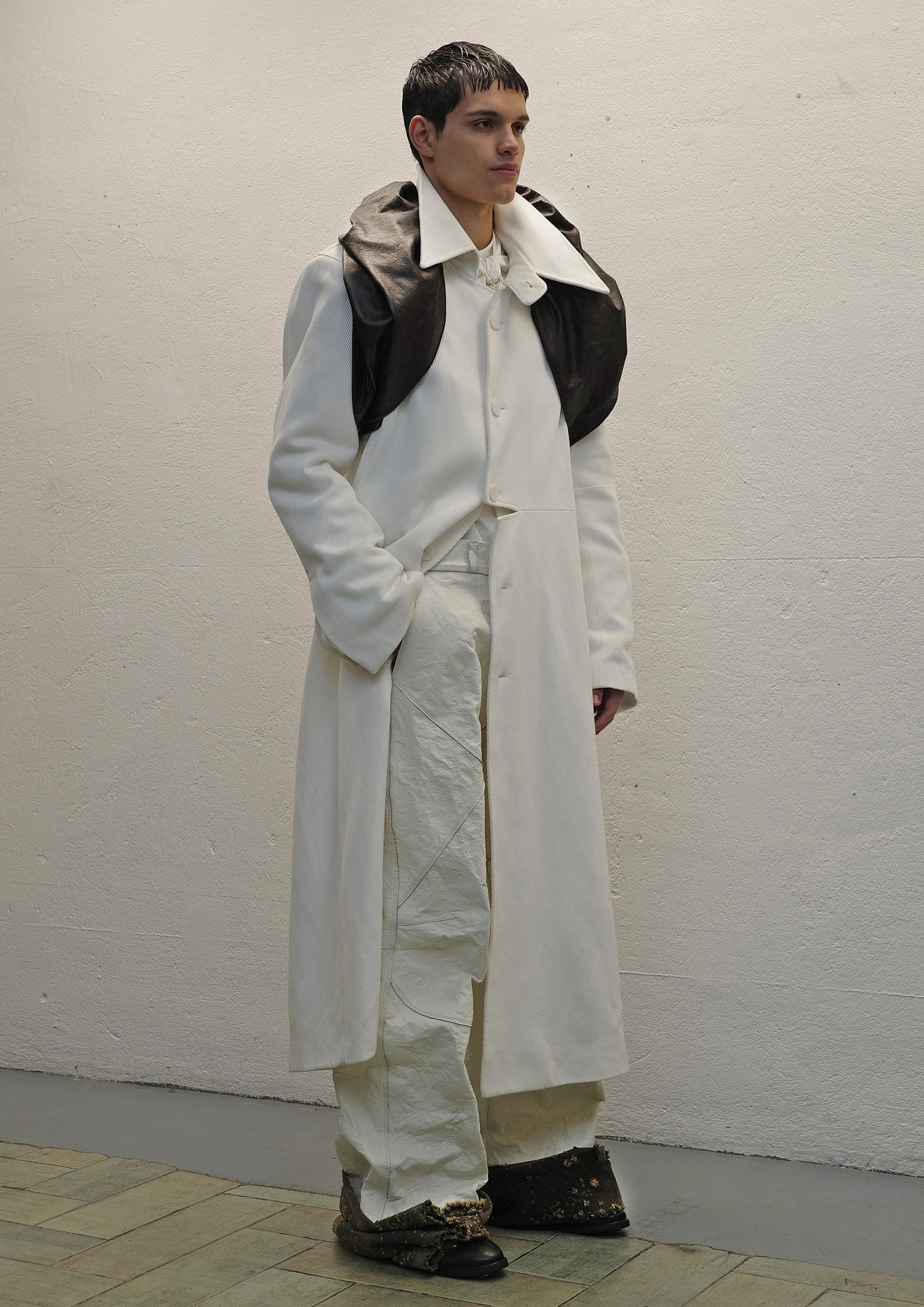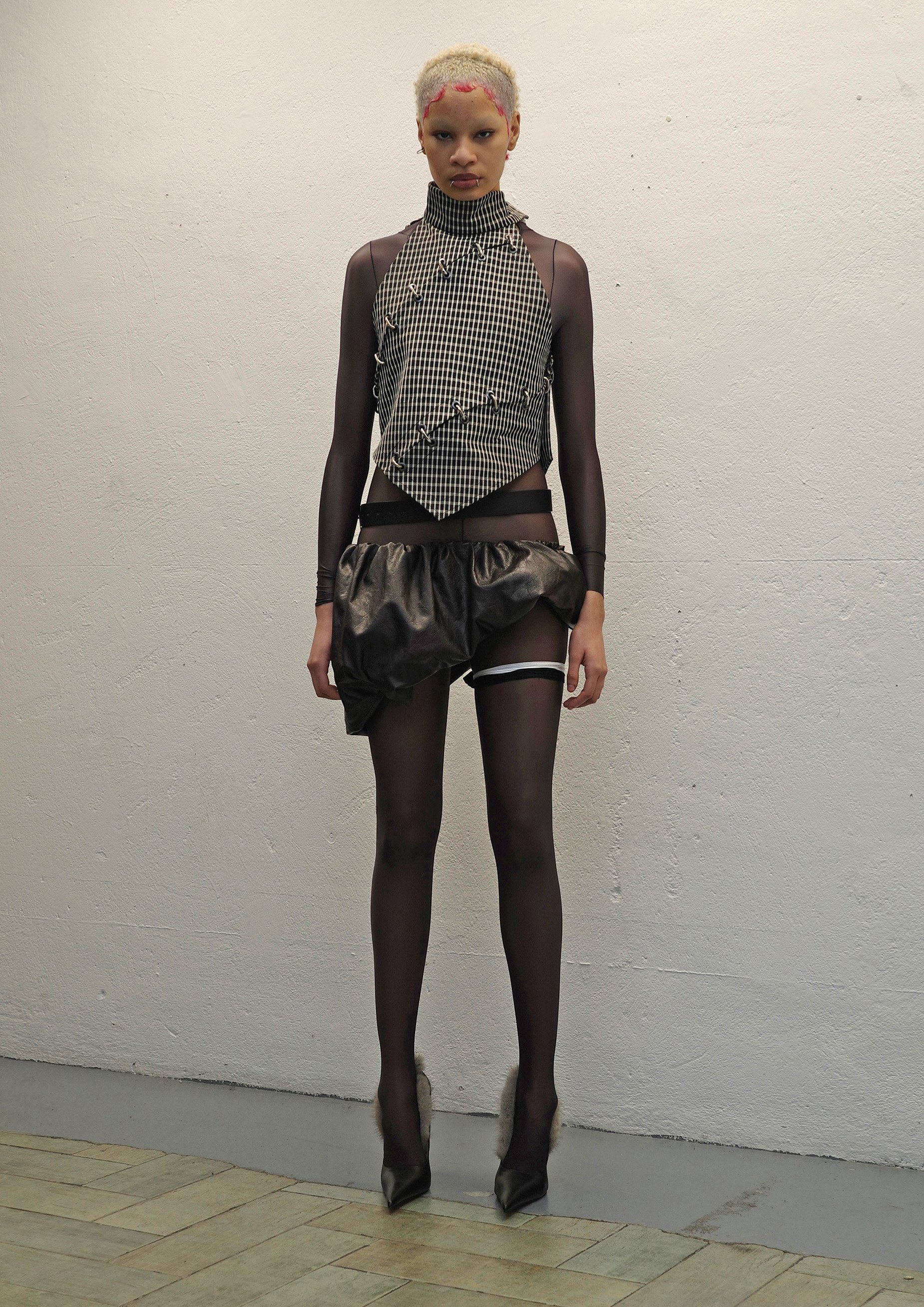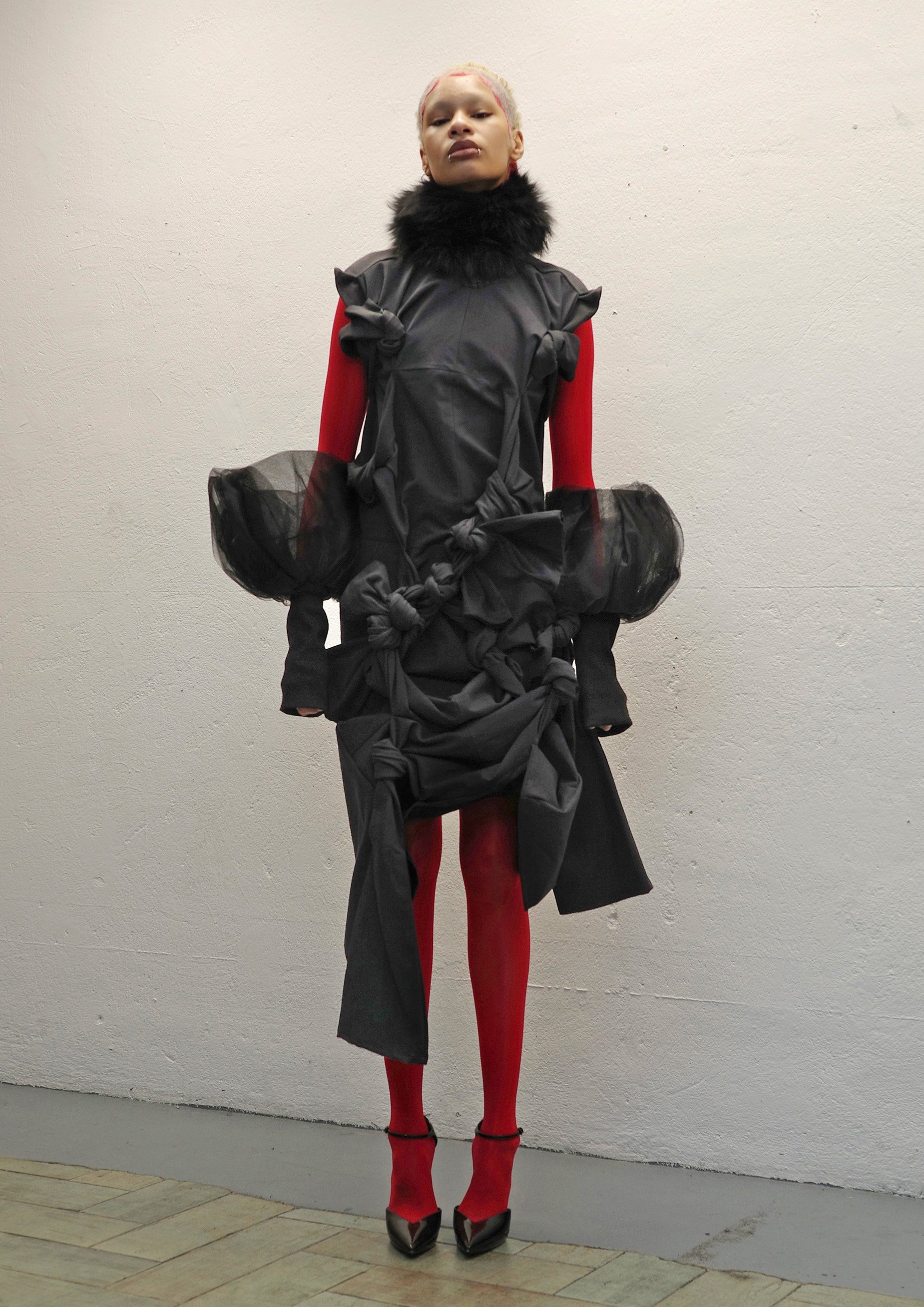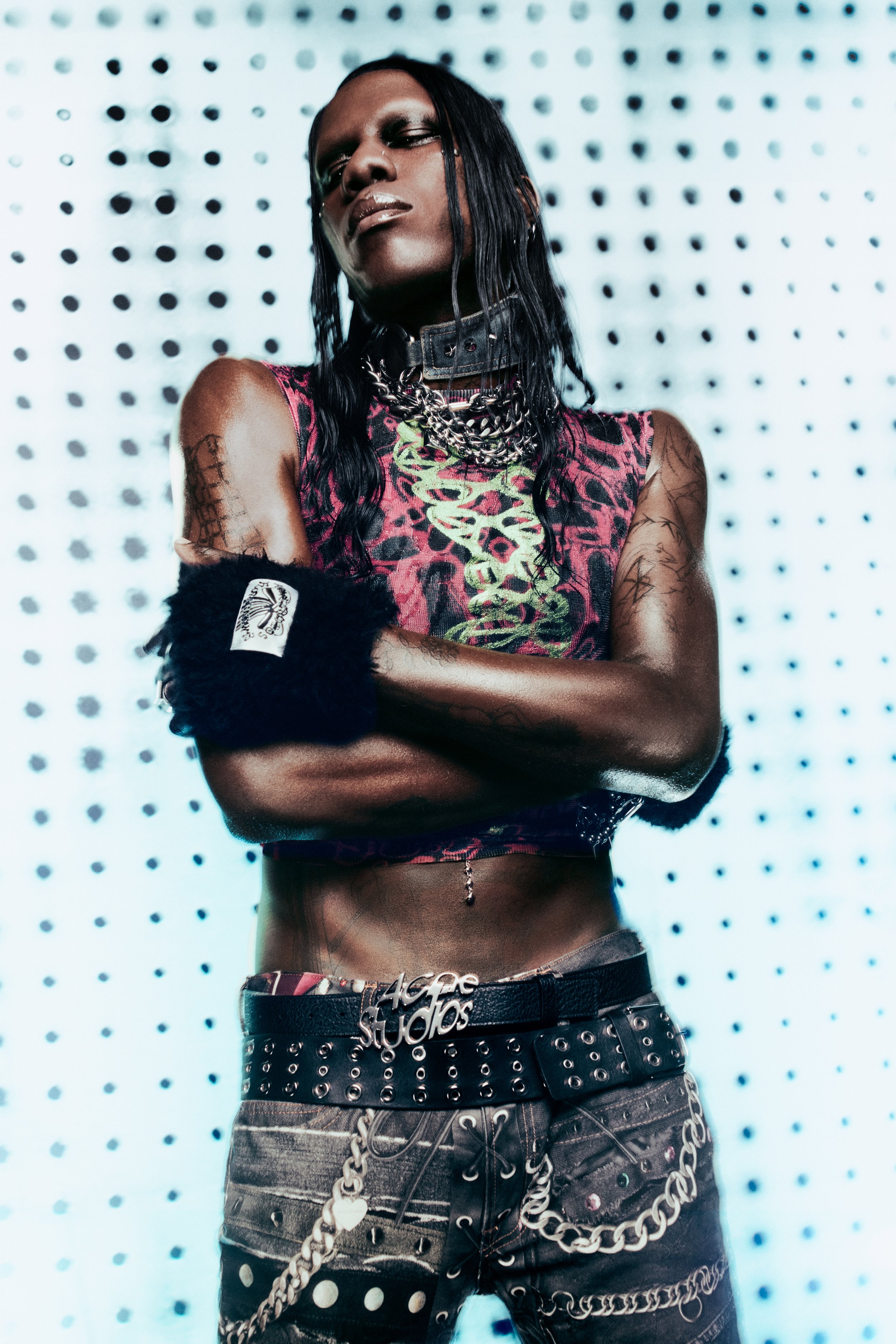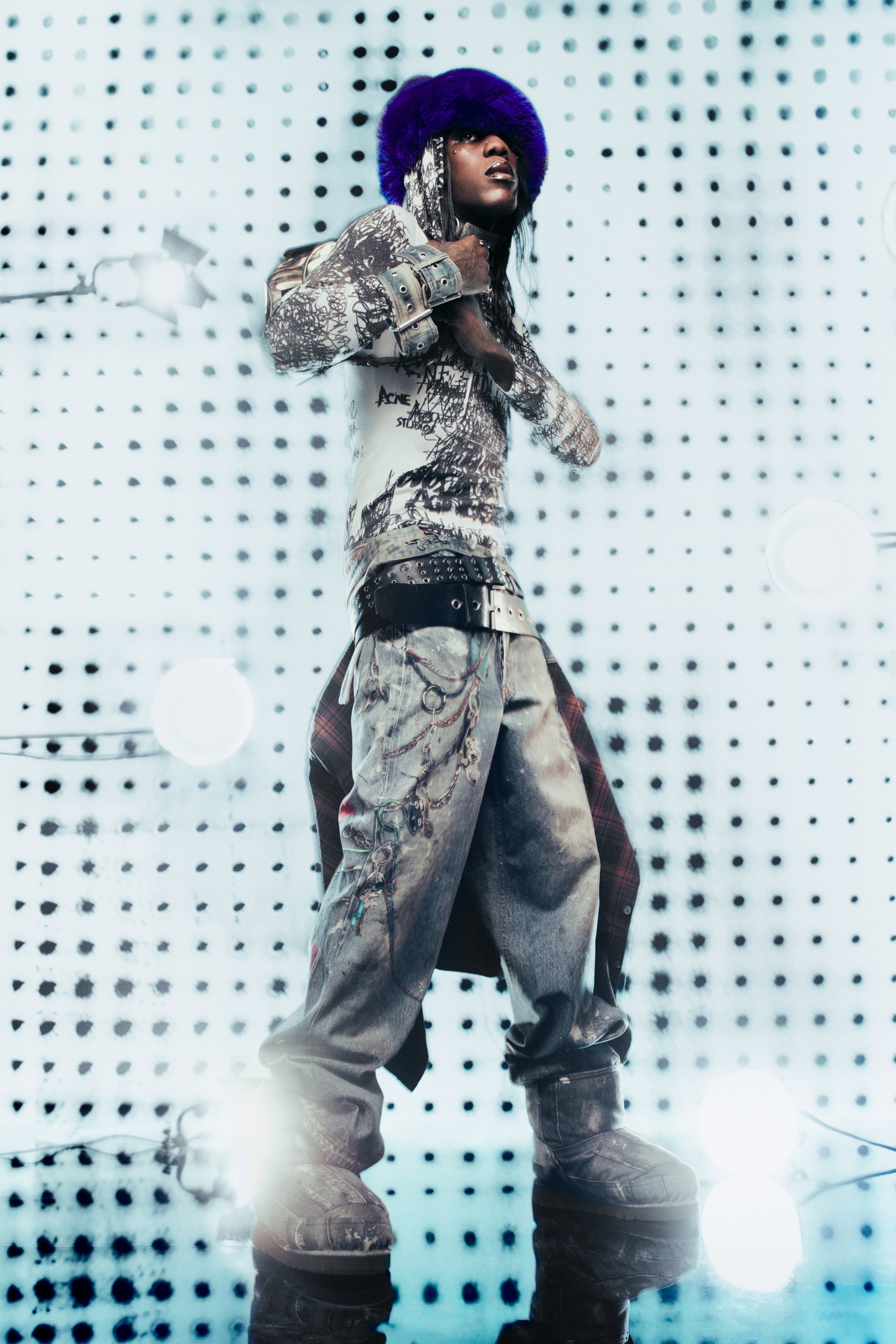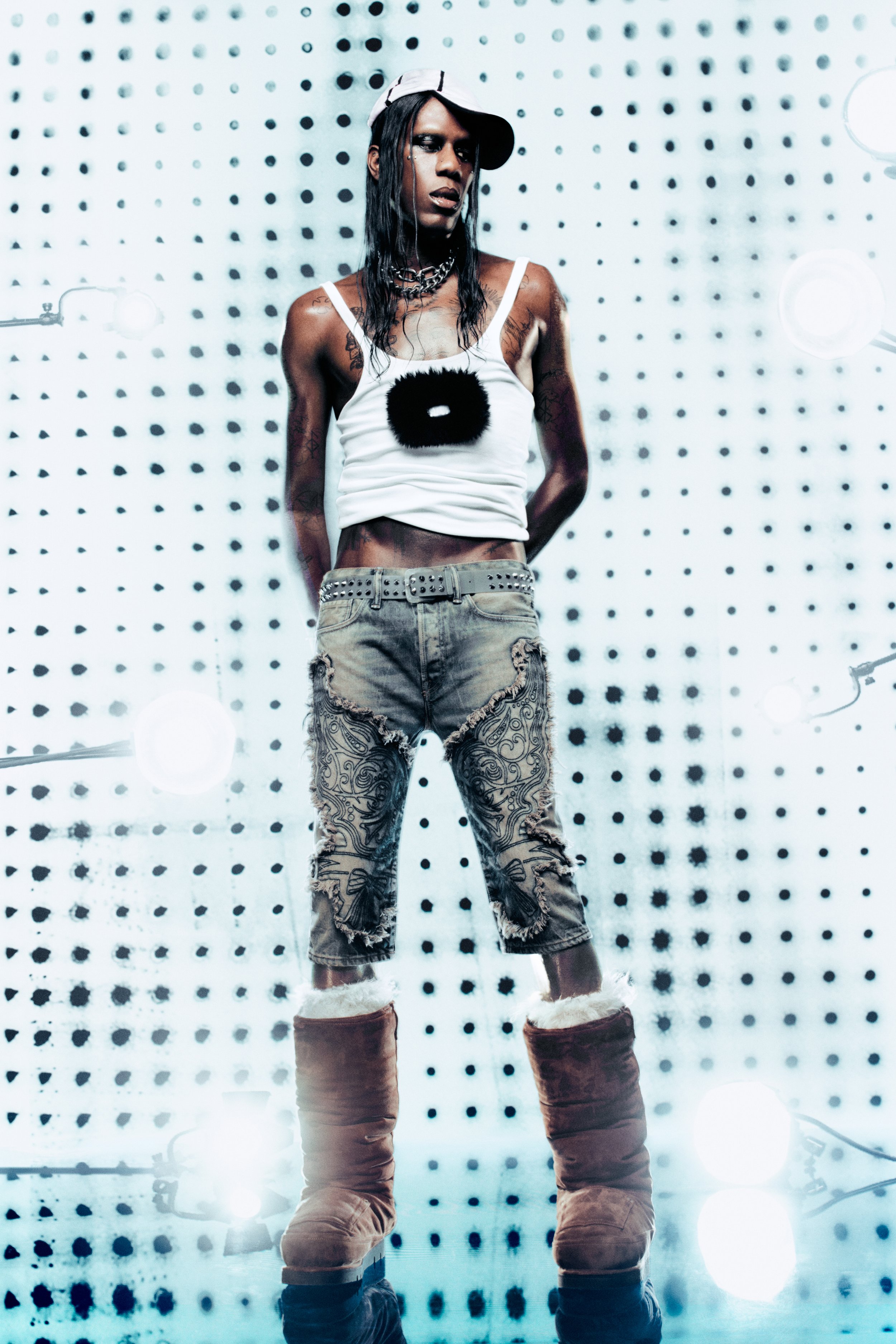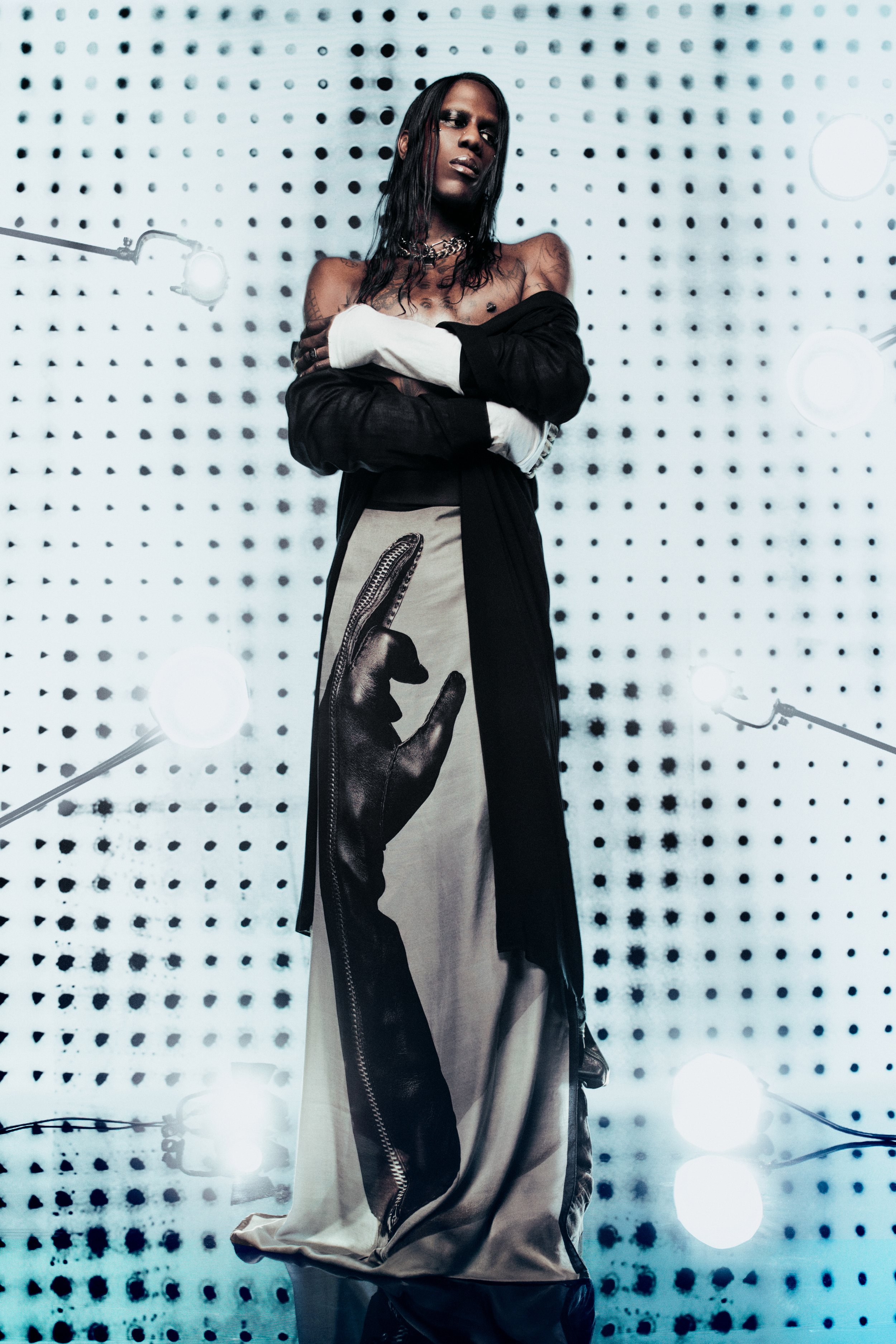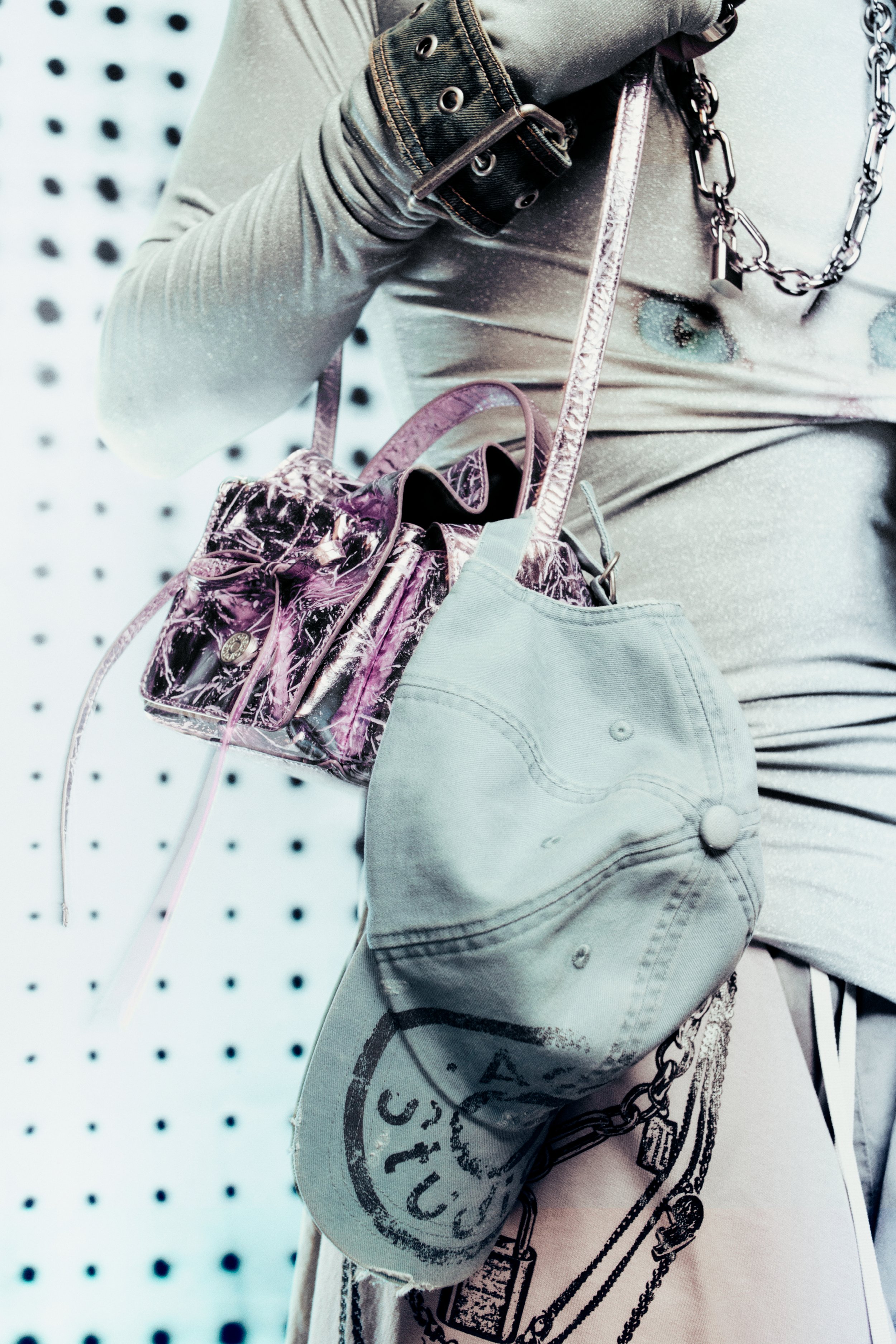Michaela Stark’s The Panty Show, hosted by Carla and Sara Sozzani, is a hyper feminine and playful, three-part artistic expression that comprises an exhibition, performance, and presentation of her panty collection.
Michaela’s process and practice is confessional and comes from her perspective that she shares with her generation. The Panty Show combines several aspects of her body of work. The show narrates the path she has taken from her early years experimenting with draping on her own body alone in her Paris apartment to how she gained liberation through fashion.
The conceptualization of Panty began as a heavily emotional journey. When her personal work and experimentation with reshaping her body began to get her noticed, this often led to appropriation of her body and her intimacy when collaborating with other artists.
Artists Hans Baumer and John Kacere are the backdrop for the exhibition and performance at The Panty Show. Two male artists who overtly took the female form and its autonomy projecting their own ideas unto it. Stark reverses these outdated attitudes by reclaiming her voice as a female artist and by being the protagonist in her work.
The set for the performance recreates her atelier, a dusty pink chaotic tableau vivant of ribbons and dried flowers. The audience and viewers are invited to join and share her experience. In the set, Michaela dresses her model, Yasmin El Yassini, who acts as her human doll. She dresses Yasmin in her body morphing corsetry, transforming her body completely, and then stages her almost lifeless body for photographs.
For her second collaboration with Charlotte Rutherford, Stark remarks on the photographer’s ability to see the fantasy in everyone who steps in front of her camera and capture their unique energy as well as to foster an environment where everyone can act with agency over their body’s representation.
The final act of The Panty show showcases a series of lingerie-esque garments. Stark created ten sculptured dolls made out of tulle, using couture corsetry techniques and crinoline to give structure.
Her notebooks documenting her process are also on display, giving insight to her practice.
The Panty Show is on view through February 25 @ Fondazione Sozzani Vis Tazzoli 3, Milan


